
Castles to see in the Vendée
Not all châteaux in the Vendée are open to the public. In fact, most are privately owned, sometimes with holiday accommodations available. The selection of twenty Vendéen castles in this article represent those accessible to view in high-season or year-round, or those which are open for sightseeing, reenactment spectacles, medieval festivals, and adventure parks.
Is the Vendée paved with castles? – Yes and no. From medieval, to renaissance or neo-renaissance-style castles, and even some art-nouveau style ones, the number of chateaux in the Vendée is quite astounding.
But most of them are private residences tucked away in sleepy villages or seemingly endless forests. You may run into them quite randomly or look for them in the 3rd weekend of September each year, when many have events or an open house in light of the European Heritage days (Journées Patrimoine)
It's all about the medieval – If you know just a little bit about the bloody history of the Vendée, it's no wonder medieval times are so illustrious and celebrated here. The blood of Vendéen ancestors, and that of their enemies, runs through the very soil we walk upon.
Their legacy is alive because of the many historical reenactments and spectacles, art, food, markets, and even through interesting workshops to learn medieval techniques (which also take place at the local abbeys sometimes).
You will love it all! – Whether you live here or you're on vacation, summer or winter, if you are a fan of the famed renaissance fairs around the United Kingdom or the United States, we highly recommend a spontaneous tour of the castles in the Vendée to feast your eyes and senses on the very essence of French history.
Tip – Check the schedule for one of the many medieval festivals or renaissance events held in the department between April and October. Or the Christmas markets in November and December.
Enjoy!
To read about the Vendéen château, click its image here. Click the arrow to navigate back to the grid

Soaring Heights
Château d'Apremont was established in the XIth century atop a rocky cliff overlooking the Vie river, both elements forming a clever natural defense of the castle which was only accessible via the north.
In fact the ruined castle that can be visited anno 2020 is the remainder of both the medieval fortress and the more elegant Renaissance castle that replaced it in the XVIth century by order of Philippe Chabot de Brion, Admiral of France and friend of King François I.
Architecturally, the castle was built on the cusp of the two time periods because in the XVIth century build, elements of medieval defense were adopted, while the château didn't yet receive the elegance the Renaissance is known for. Château d'Apremont is one of the first Renaissance castles in Vendée.
But what makes it truly unique in France is the cavalier vault which was carved into the stone rockface from the shores of the Vie river to the courtyard with the purpose of better accommodating the arrival of visitors.
Sadly, in 1733 the castle was largely disassembled. From the medieval castle remains the main gatehouse with traces of the old drawbridge, the north and east walls and towers, and the western wall.
From the Renaissance period, remain the east and west towers, the chapel and the cavalier vault.
Open – through end October. website
Address – Place du château,
85220 Apremont
GPS coordinates – 46°44′59″N, 1°44′28″ W; enter your location
Tip – family friendly, activities for children
Apremont – The village is listed as a Petite Cité de Caractère®. View the Saint-Martin church, the Croix Hosannière, Château d'Audardière, and the narrow Gallo-Roman bridge.
Hiking – Circuit of Three Castles, 10km, year-round, half day, alt. 210m
Nearby Sightseeing – Château de Commequiers is 9km away (11 minutes drive). Directions
Images – by inthevendee
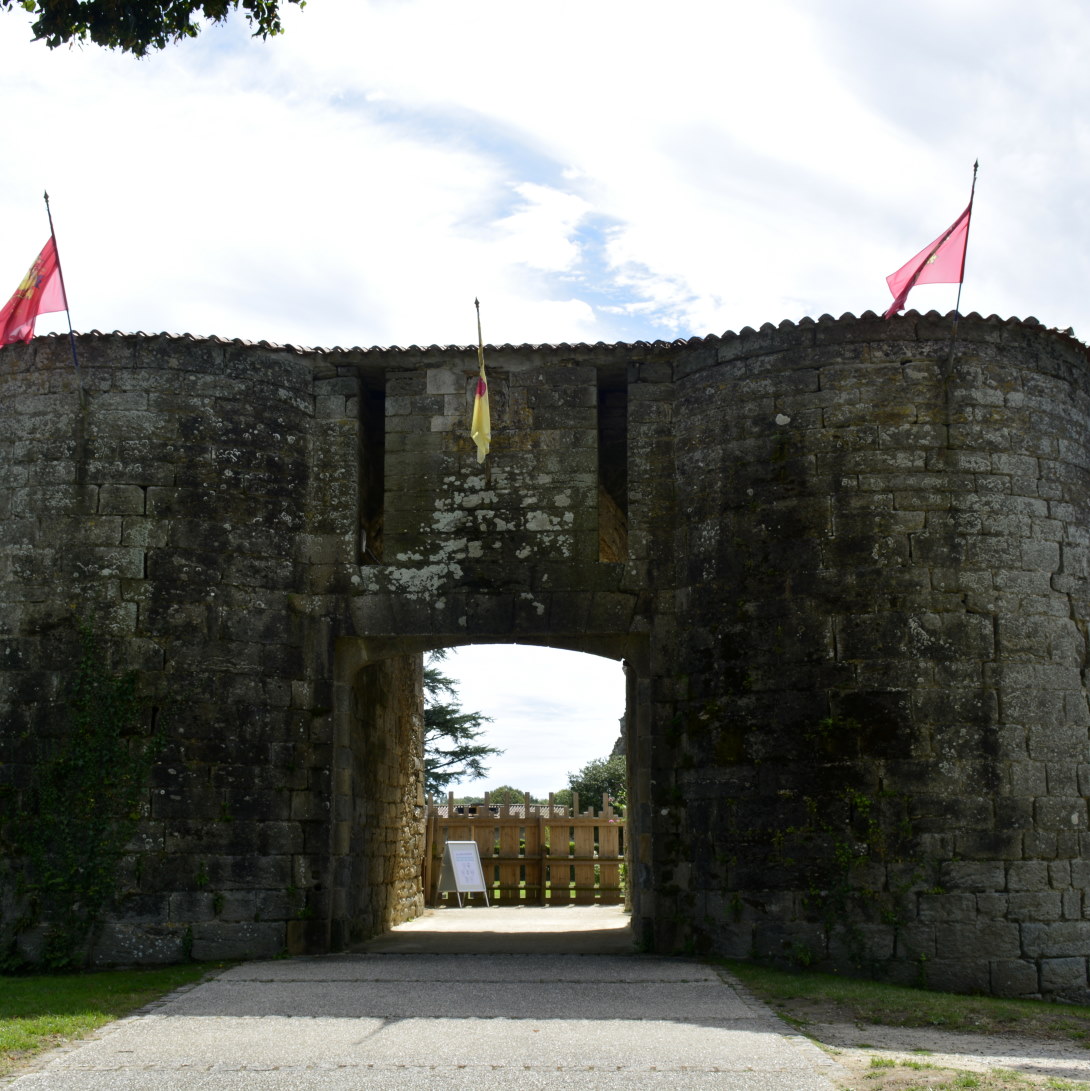
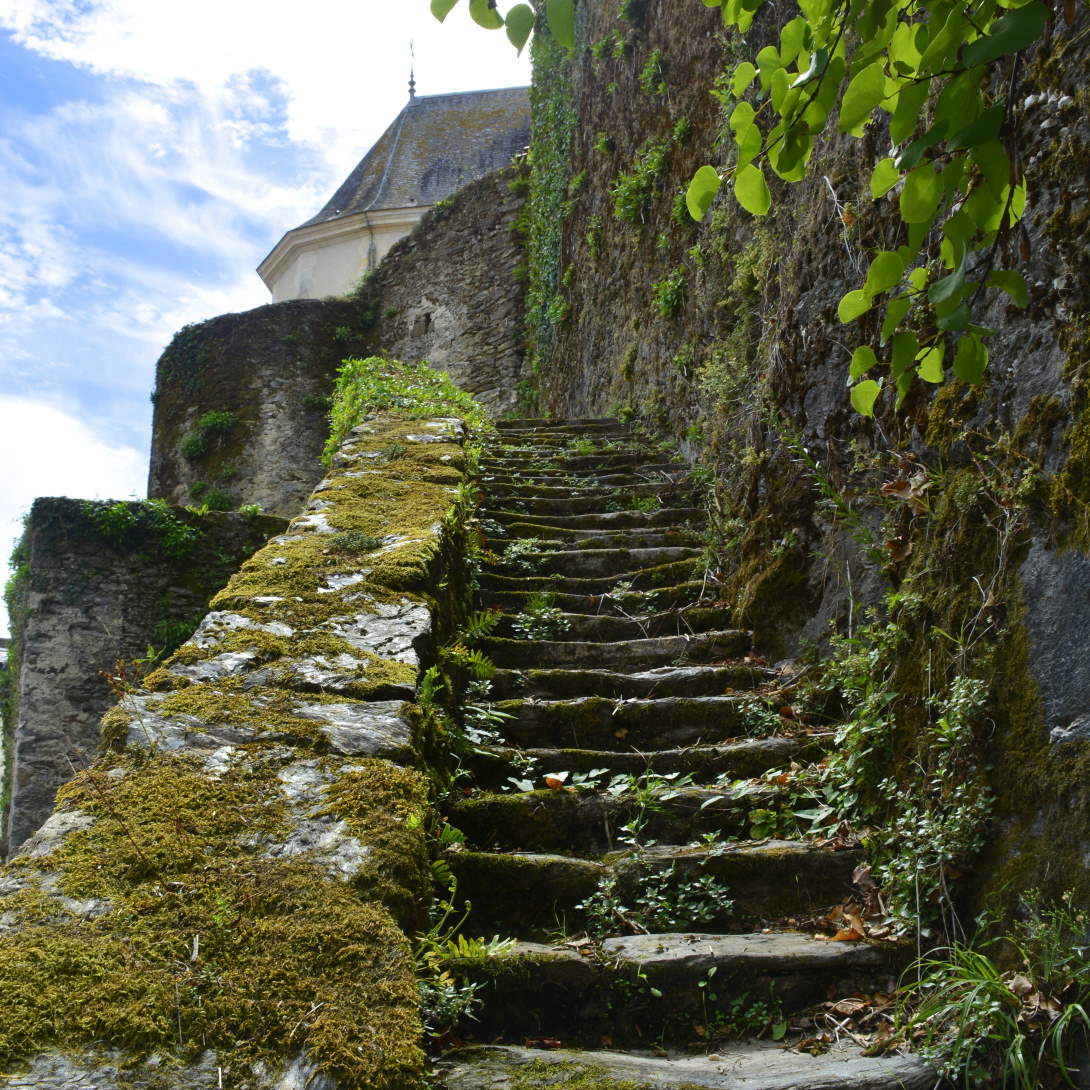
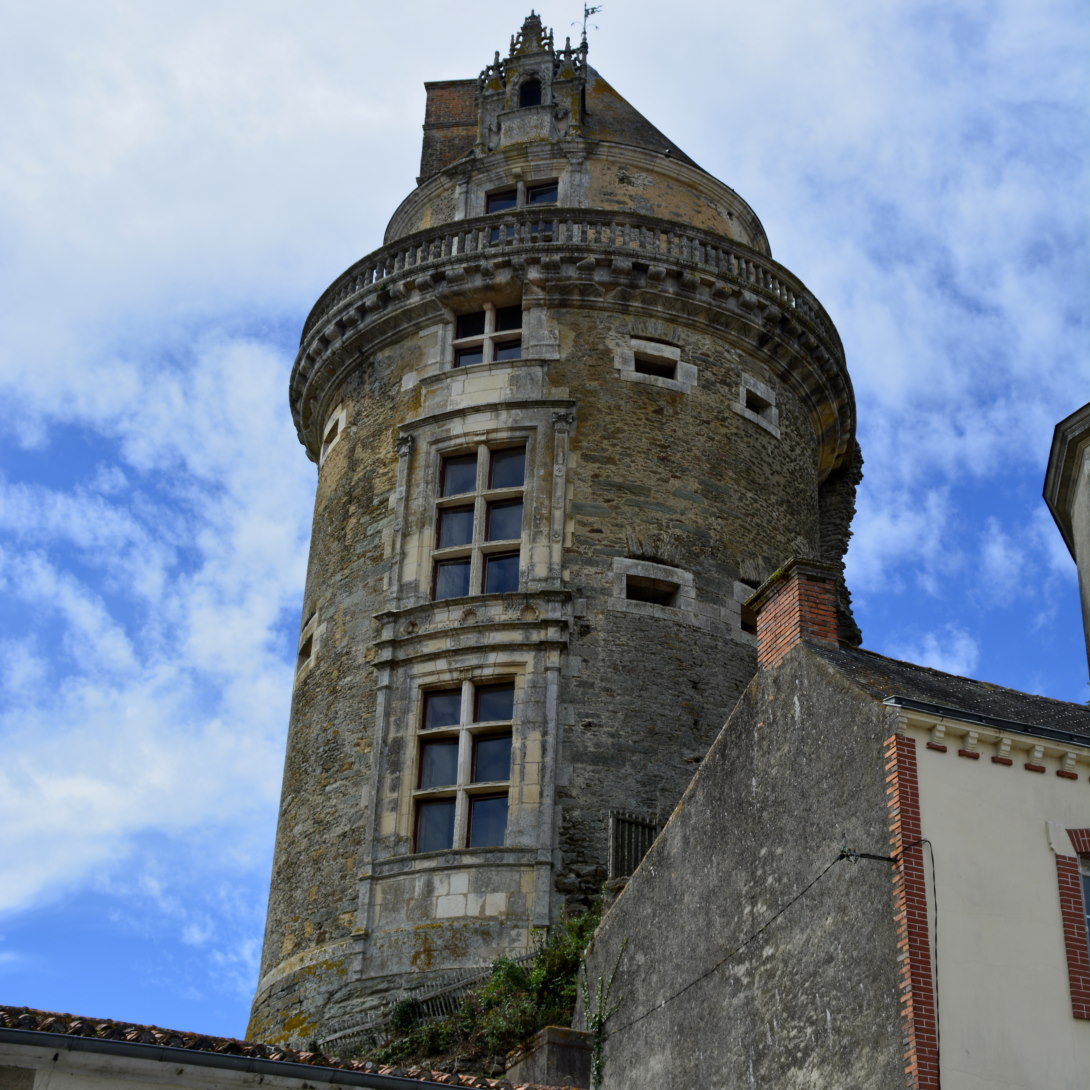
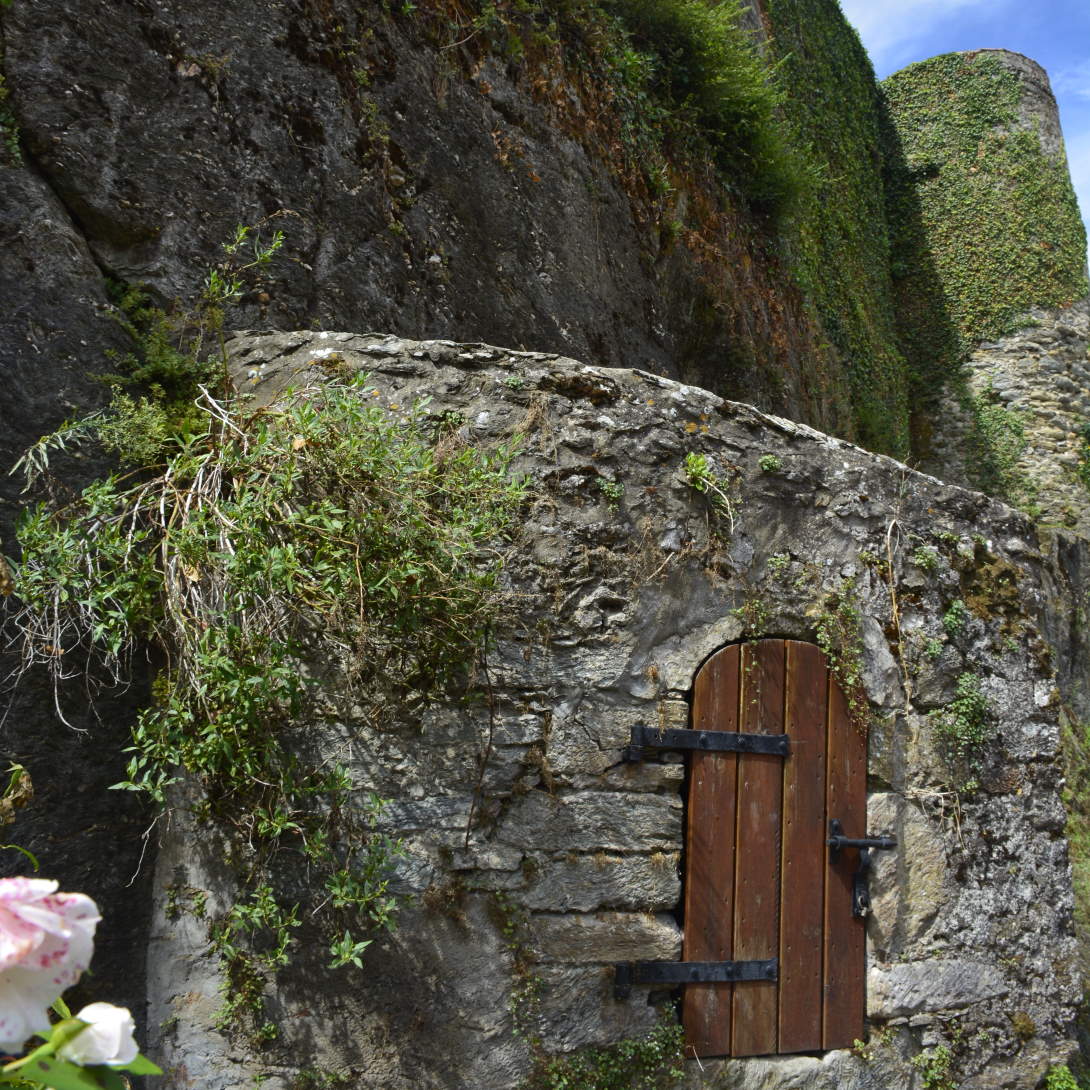
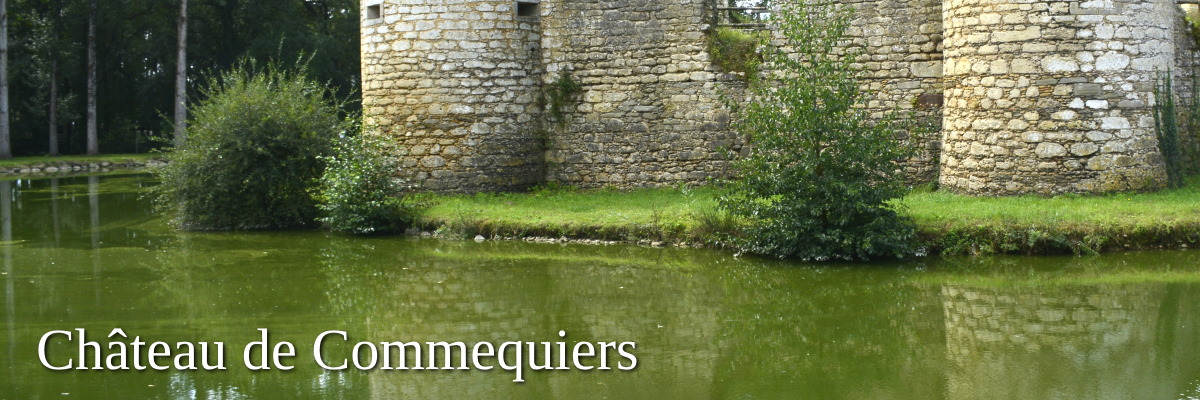
Restoration Project
This unique octagonal shaped castle with its 8 round towers is a true testament to Medieval Vendée and most likely speaks to the imagination of any Game of Thrones fanatic.
The original XIth century stronghold may have been established around the same time as Tiffauges by order of Vicomte de Thouars whose power at the time reached as far as what is currently north-Vendée. The walled castle we can visit today was erected white Sallertaine stone between mid-XVth and XVIth, by Louis de Beaumont.
With many smaller administrative units (called châtellenies) depending on their protection, Commequiers was a barony whose lords exercised vast administrative and judicial power throughout the Middle Ages.
Under protestant rule, the fortress suffered a great deal during the French religious wars of 1562–1598 and like so many other châteaux in the area, was eventually dismantled per order of Cardinal de Richelieu in 1628.
Due its fragile state, the enclosure itself remains closed to the public.
The organization Les Amis du Vieux Château is committed to the castle's restoration. Currently, a 54k euros project is underway.
Open – the grounds around the castle are accessible for a walk or a picnic.
Tip – Donate here
Address – Impasse des Tours, 85220 Commequiers
GPS coordinates – 46°45′58.68″ N, 1°49′53.4″W; enter your location
Nearby Sightseeing – Chateau d'Apremont
Next medieval festival – July 31 and August 1, 2021
Images – by inthevendee
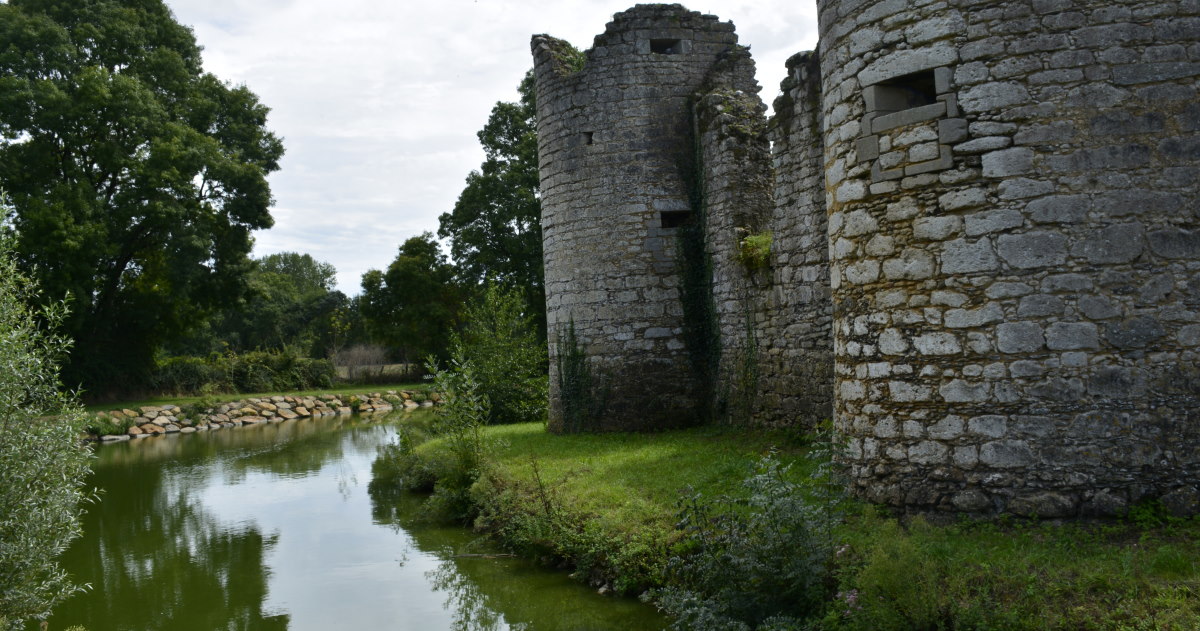
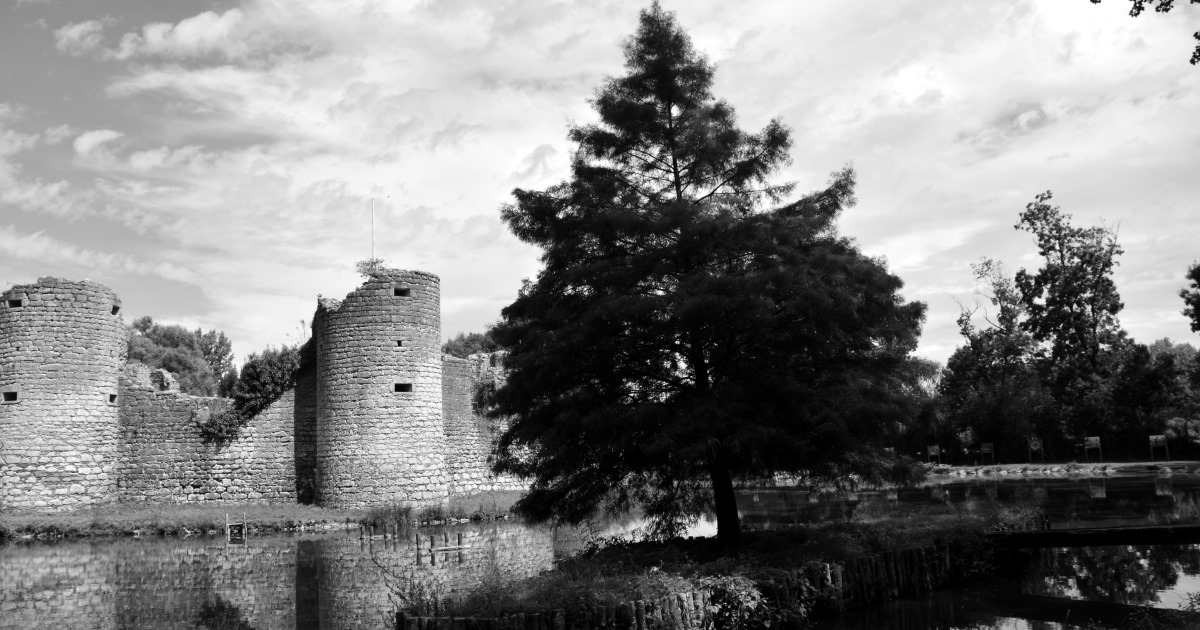


The Knights Templar
This castle represents one of several remaining 'Logis' in the Vendee. A Logis is essentially the combination of a 'Seigneurie' or lordship castle and farm side-by-side within an enclosure, but with an access opening and in between.
The first stone castle is said to have been a 'commanderie' of the Knights Templar in the XIIIth century. This is why the castle bears the name chevallerie, referring to the knight's horses and stables.
Like so many of the castles in the area, La Chevallerie too was involved in the Hundred year's war (1337-1453), the Wars of Religion (1562–1598), and the Vendée Wars (1793–1796).
La Chevallerie was a strategic place for diplomacy between Catholics and Protestants. but being in Protestant hands saw the wrath of Cardinal de Richelieu, destructor of so many beautiful castles in and around the Vendée.
The castle you see now largely dates from the 18th century. You can see this, for example, by the Greek triangular shapes above the entrance doors.
Following a turbulent history and many changes including a stint as agricultural buildings, the property was purchased anno 2004 by Eugénie and Pascal Maison who have made it their life's mission to restore the Chateau de la Chevallerie to its former glory.
In addition to hosting a spectacular wedding venue and holiday accommodation (to help fund the restoration), the owners are happy to welcome visitors for a personal tour year-round by appointment. We HIGHLY recommend it. They are lovely people, so impassioned by the history of the logis and the discoveries they have made along the way.
Open – the castle is open for a private tour by its impassioned owners, year-round, for a small fee. Call 0251282794 or email contact@chateaudelachevallerie.com
Address – Logis de la Chevallerie, 85400 Sainte-Gemme-la-Plaine
GPS coordinates – 46° 25′ 21″ N, 1° 06′ 52″ W; enter your location
Nearby Sightseeing – The Cathedral of Luçon with its beautiful cloister
Images – by inthevendee
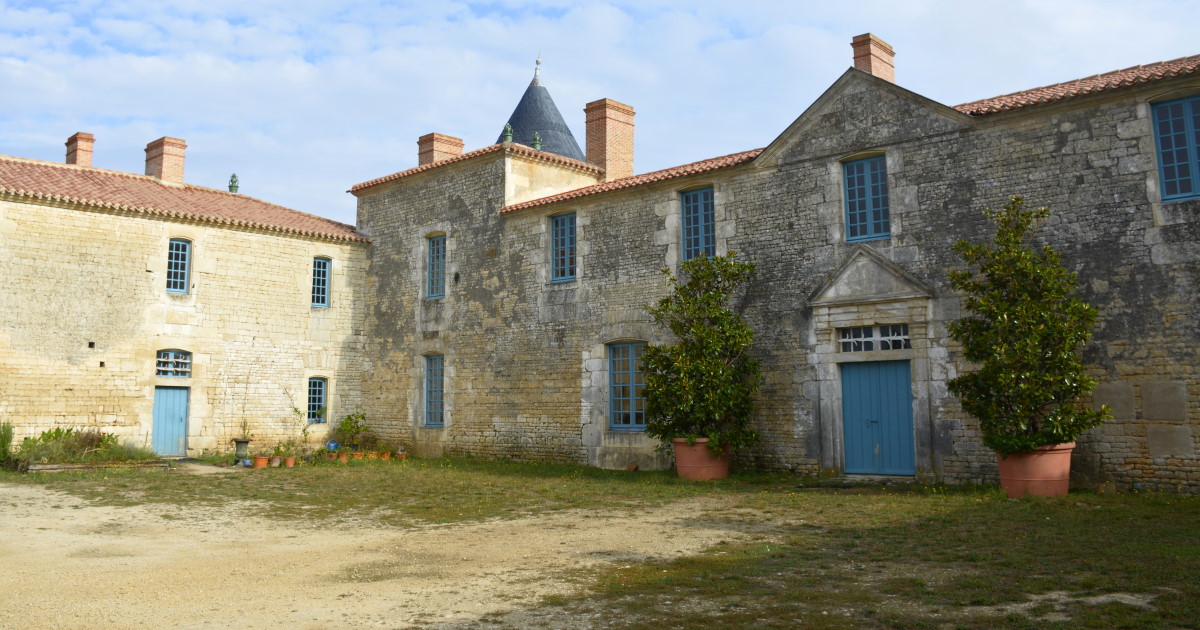
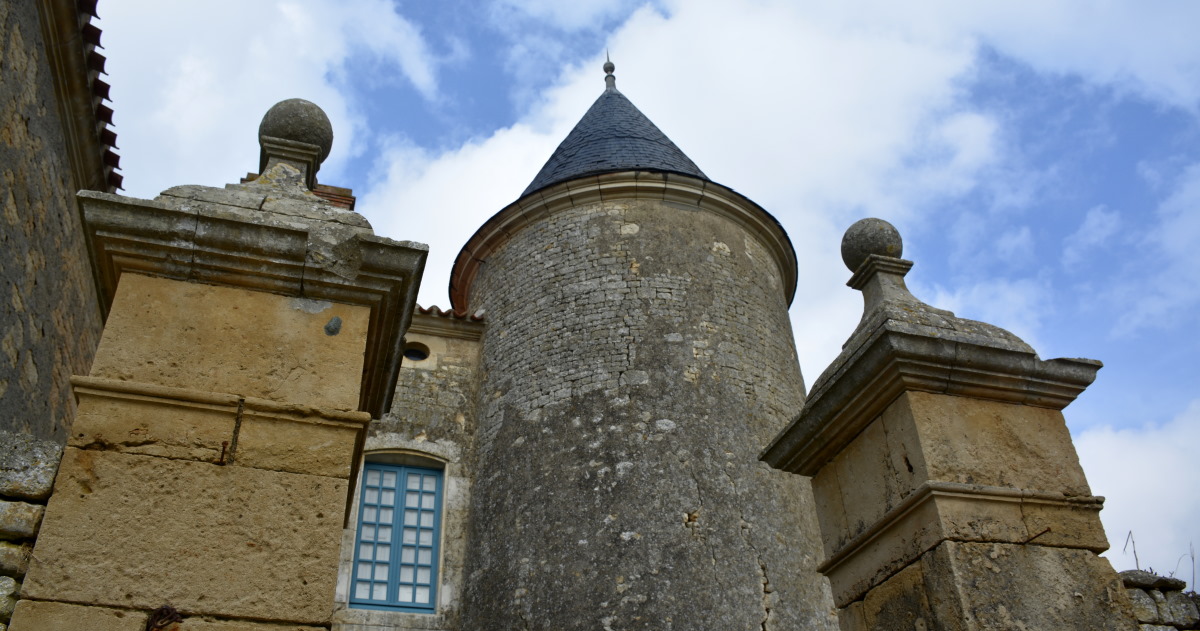
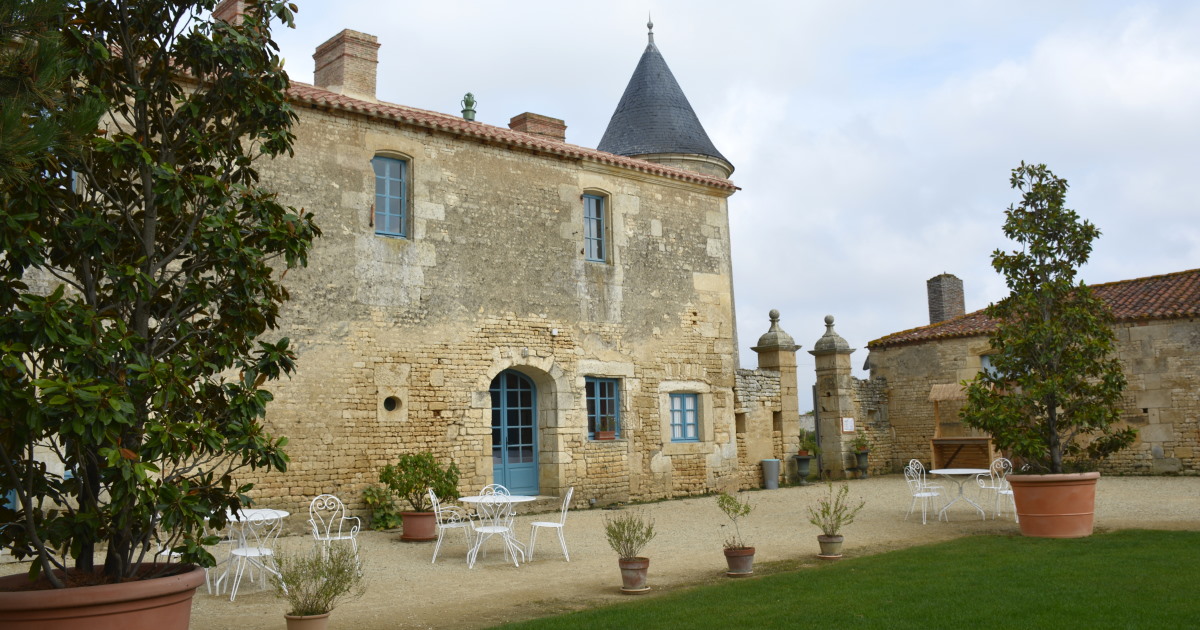
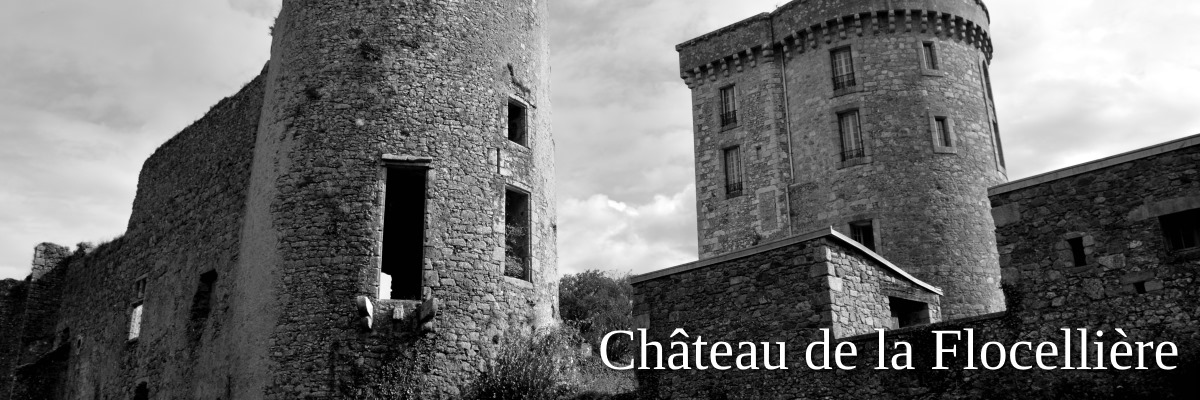
Flower in the Sky
This beautiful Renaissance home and chambre d'hotes bears the transformation of centuries. The original five-sided Medieval castle ruin has been cleverly turned into a very lovely courtyard garden with views across the rolling hills of the Vendée bocage. It is but one corner of a 30ha park where you can visit May through October.
Overlooking the 11th century castle ruin are both the 17th century castle as well as the restored 13th century keep (donjon) featuring a unique cantilevered staircase which was added in the XVth century.
The very first structure that stood here was probably a motte or wooden castle.
Being a 'lordship' or seigneurie, the family that lived here were protestants and heavily involved in the religious wars that devastated the Vendée. In the 16th century they became connected to the de Maillé-Brézé family (of our favorite Loire valley castle Château de Brézé) by marriage.
But perhaps the more intriguing story that lives within the castle walls is that of the Marquis de la Flocellière, Jacques de Maillé, who kidnapped the Scottish damsel Elisabeth Hamilton at the court of King Louis XIII. They were married in 1616 but had no children and eventually the lordship went back to the Surgères family that owned it in the 13th century. Largely destroyed in the Vendée wars toward the end of the 18th, the 'newer' castle was reconstructed in the 19th century only to fall in disrepair again later.
The current owners (Patrice and Erika Vignial) have lovingly renovated the castle over a 30 year-period, including a bed & breakfast and a wedding location. Luckily for us, they also created a spectacular park where you can take a stroll. Flocellière means 'flower in the sky'.
Open – the beautiful park is accessible May to October from 14h00 to 18h00, for a small fee. Private tours are also available.
NOTE – reservations are necessary. Make them here and for an interior guided tour (incl. groups) please call 0251572203
Address – 30 Rue du Château, 85700 La Flocellière
GPS coordinates – 46° 50′ 06″ nord, 0° 51′ 42″ ouest enter your location
Nearby Sightseeing – Château and windmills in Pouzauges
Ideal for – gardeners, art lovers (sculpture), history, and photography lovers
Images – by inthevendee
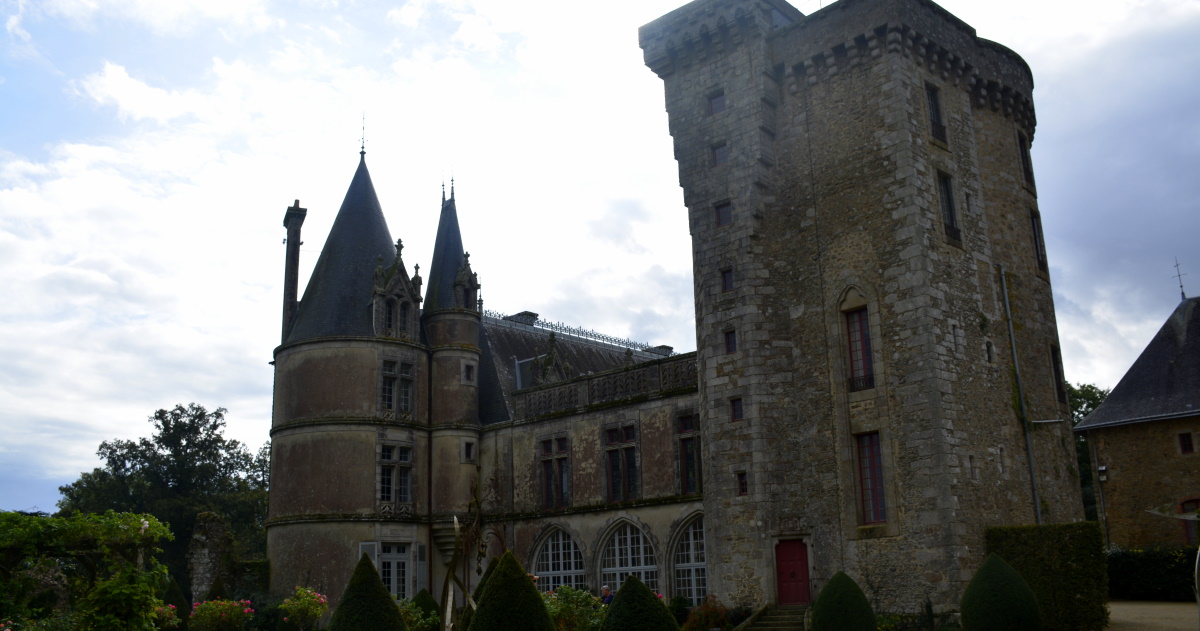
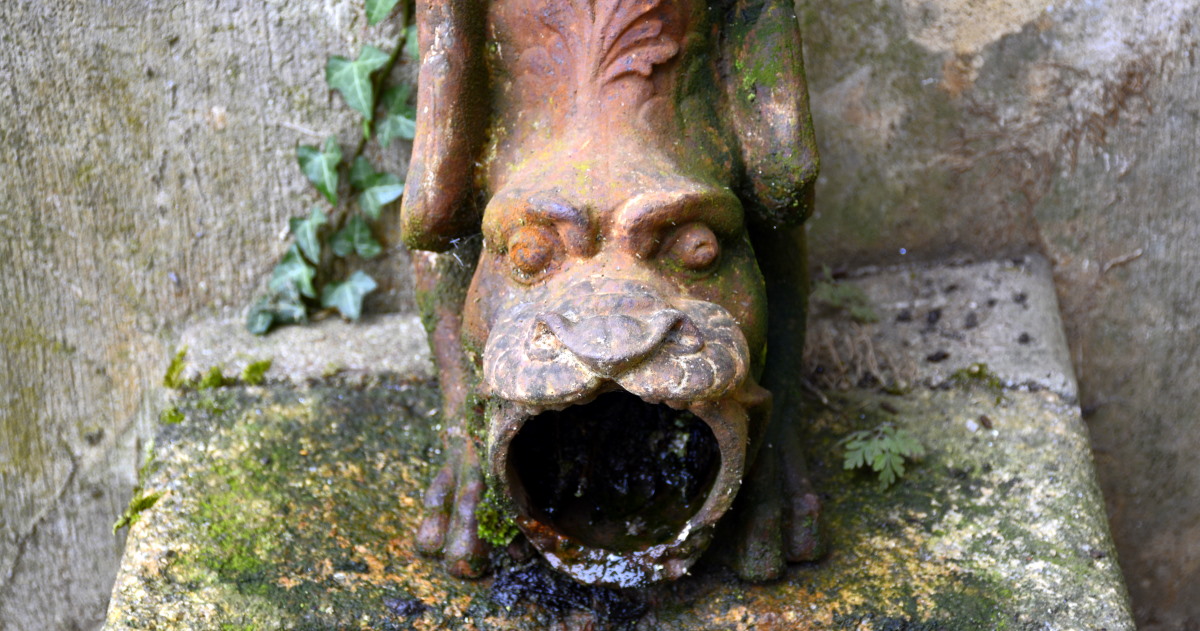
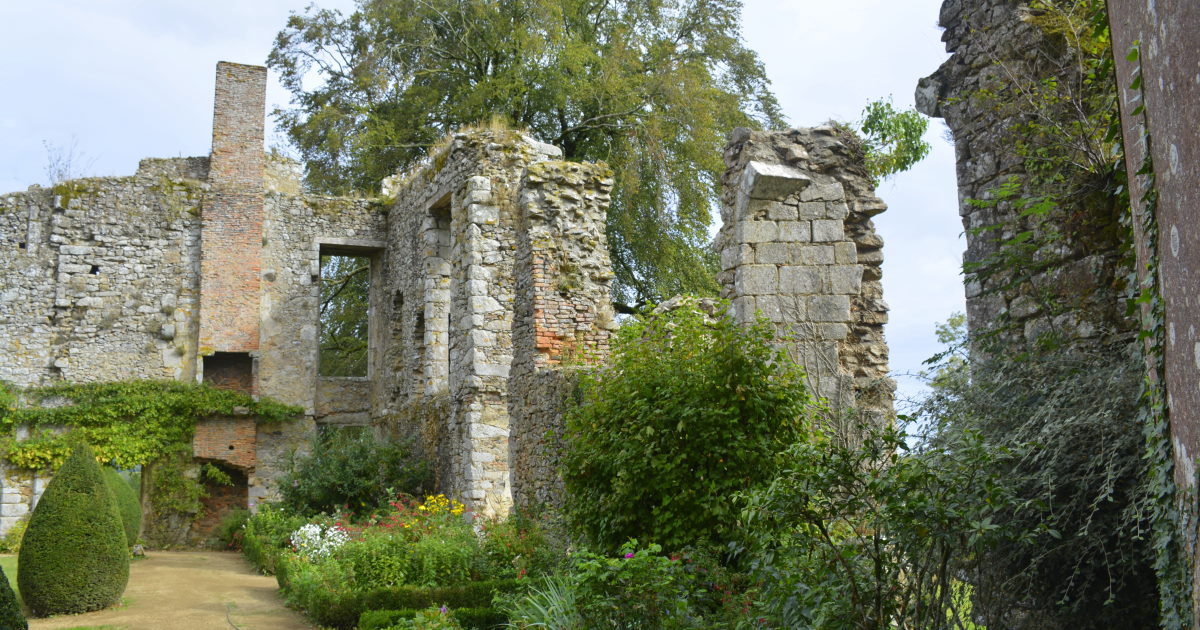
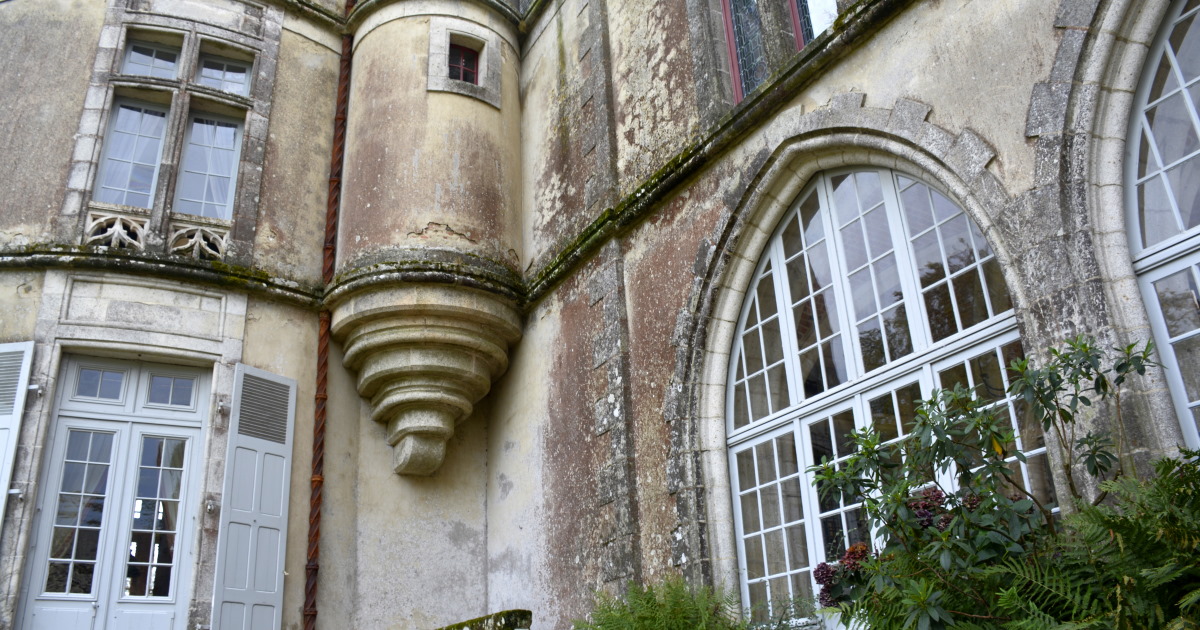

Countryside Charmer
Once upon a time this castle must have been a stunner. Built between XIIth and XVIth centuries in the center of a triangle of the powerful fortresses of Les Essarts, la Chaize le Vicomte and Bournezeau, this castle was documented serving as a relay point between them. It is equipped with every architectural means of defense such as towers, bretèches (which look like latrines but are built over a gate or other access point to a castle), arrow slots, artillery tower, a moat etc.
In legal change of ownership documents dated 1631 and 1700 the Château de la Grève is described as follows as:
"The Barony of the Grève with all its belongings and dependencies of the Castle built as a fortress, terrace, glacis, dungeon surrounded by walls made in battlements, machicolation with 4 towers for the defense of it, two other towers for the defense of the guardhouse and the entrance to the said castle with drawbridge and the body of the castle in the second courtyard composed of several rooms underground, rooms, kitchens, offices, bedroom, anteroom and cabinets located between three towers, all surrounded by water surrounded by the pond and deep and wide pits ... "
The castle stood strong among the many battles between Protestants and Catholics in the War of Religion, but sadly through the centuries it has deteriorated so much that ceilings and walls have collapsed.
What is left dates to the XIVth. No longer up to security and accessibility standards, the prefecture of the Vendée has closed the site to the public on February 6, 2020.
Open – ample parking to admire the castle streetside website
Tip – there is a nice bakery across from the church in the village (in case you need a picnic en-route)
Address – 6 La Grève, 85140 Saint-Martin-des-Noyers
GPS coordinates – 46°42′57″N, 1°12′38″W; enter your location
Nearby Sightseeing – La Colline des Moulins des Bois
Hiking – Trails right from the château carpark
Images – by inthevendee
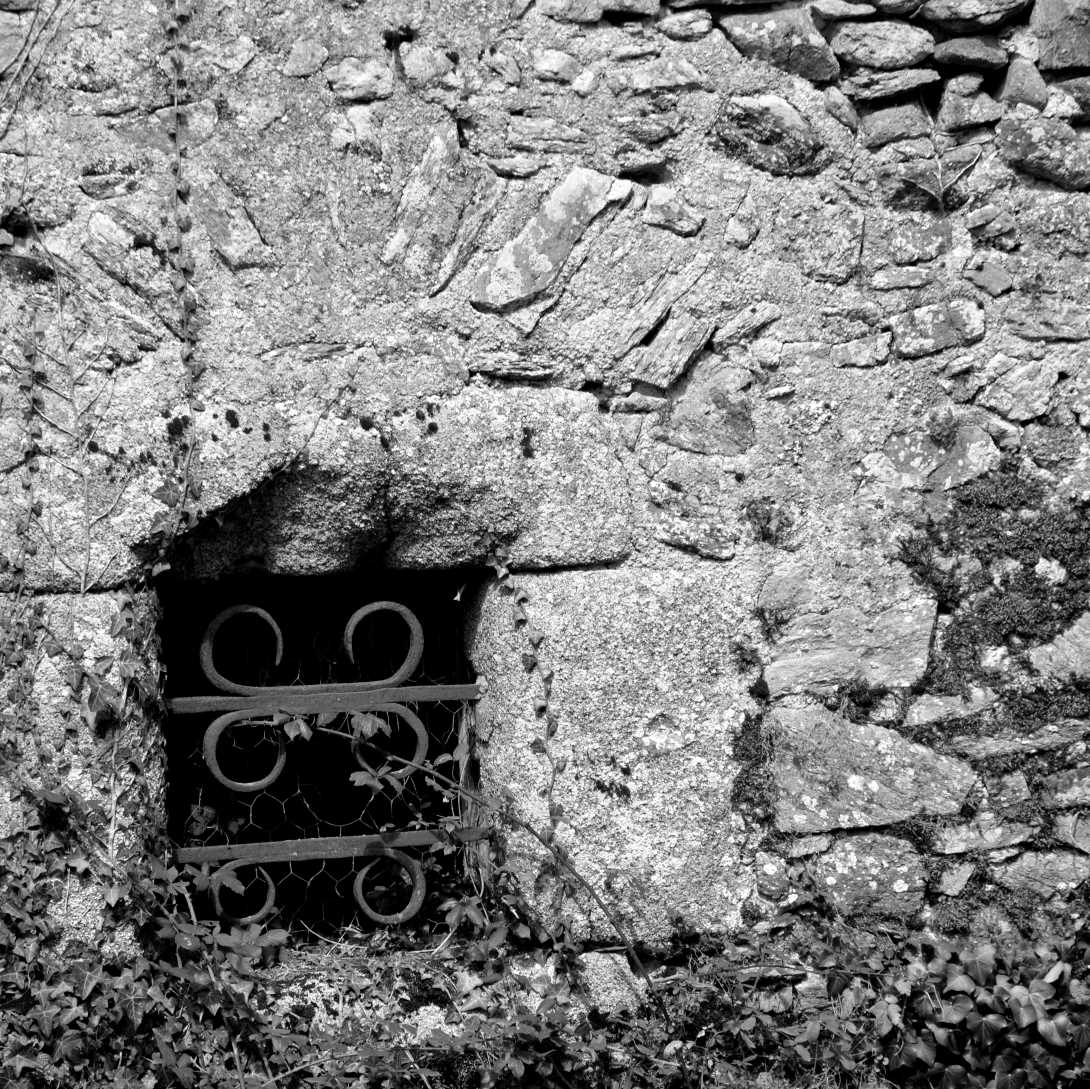

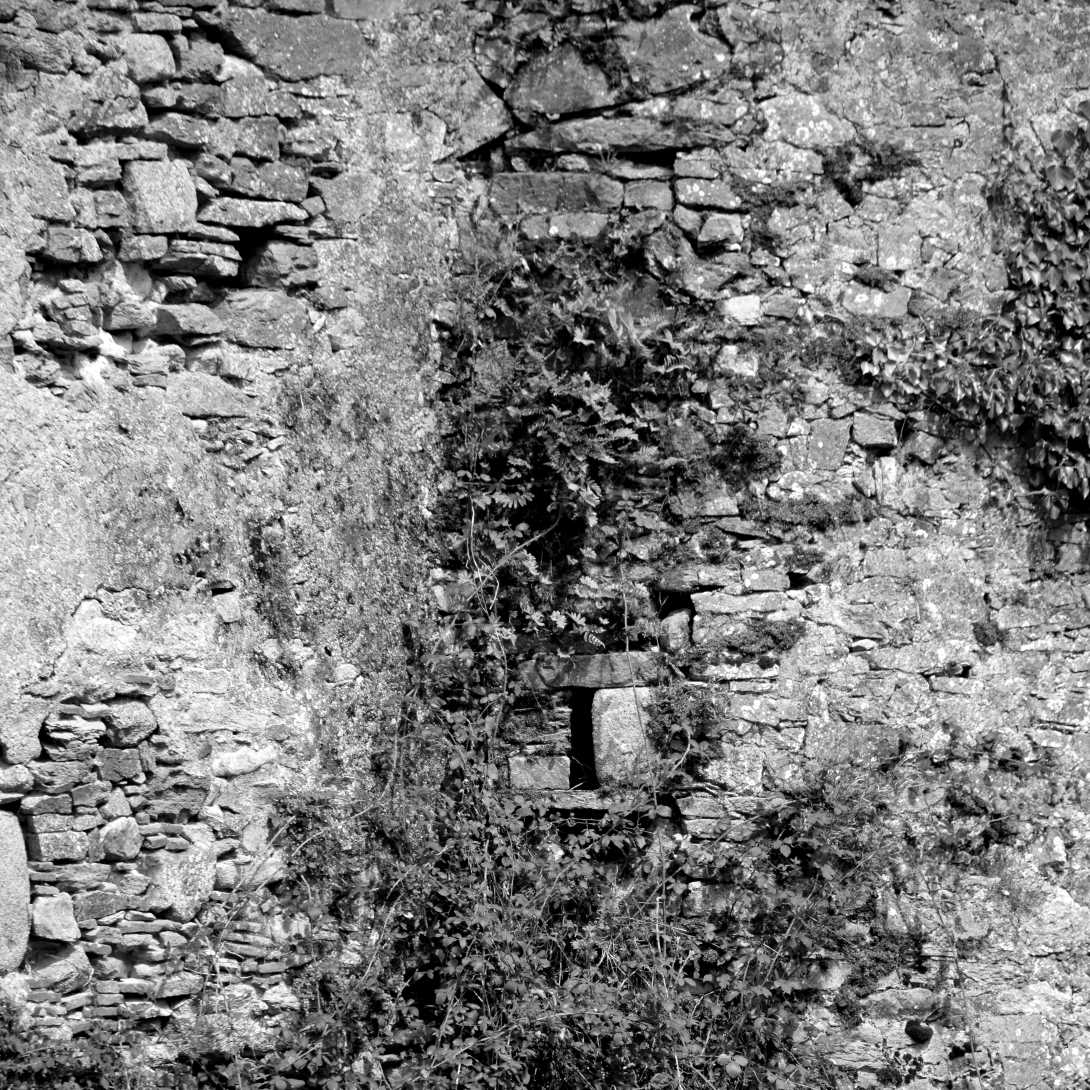
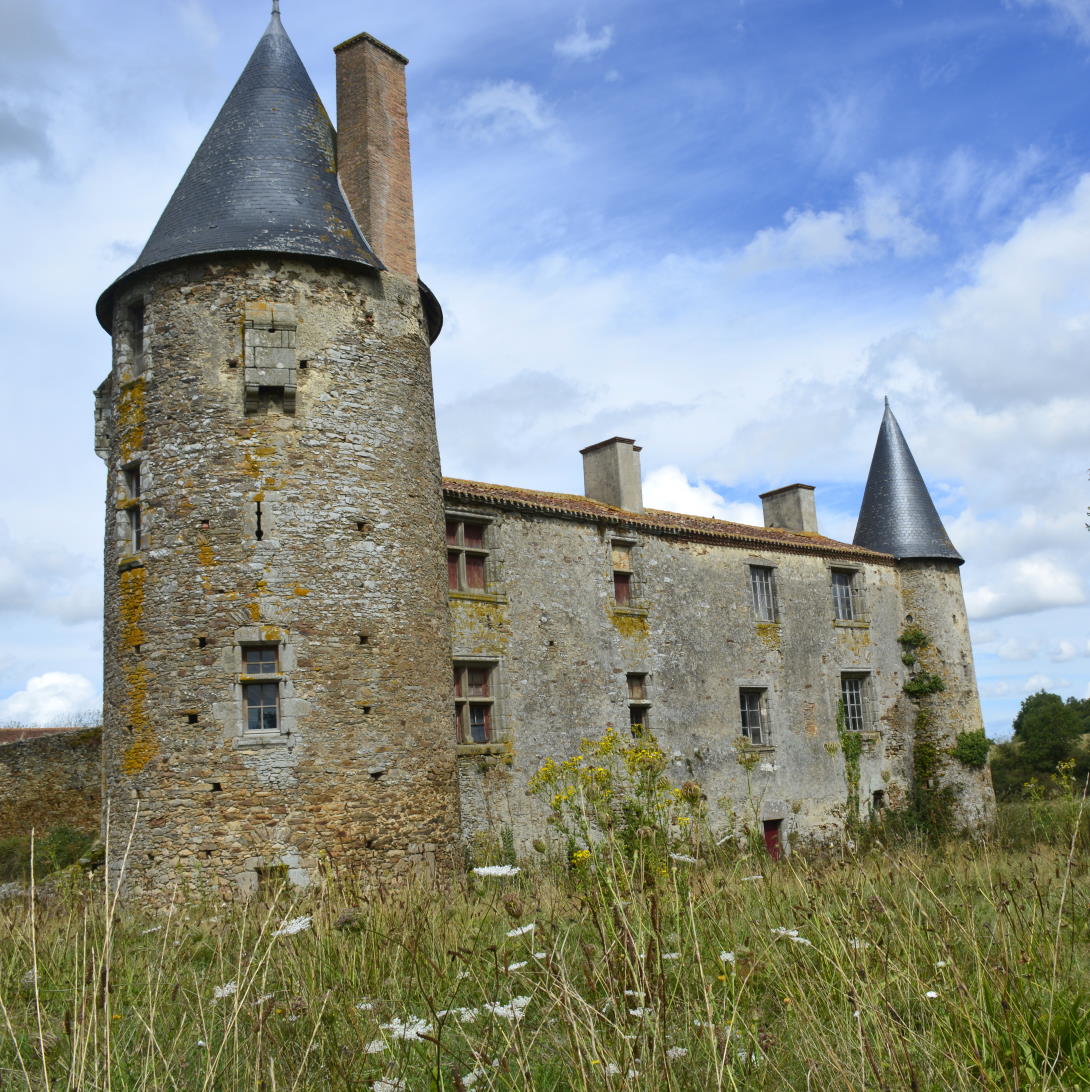
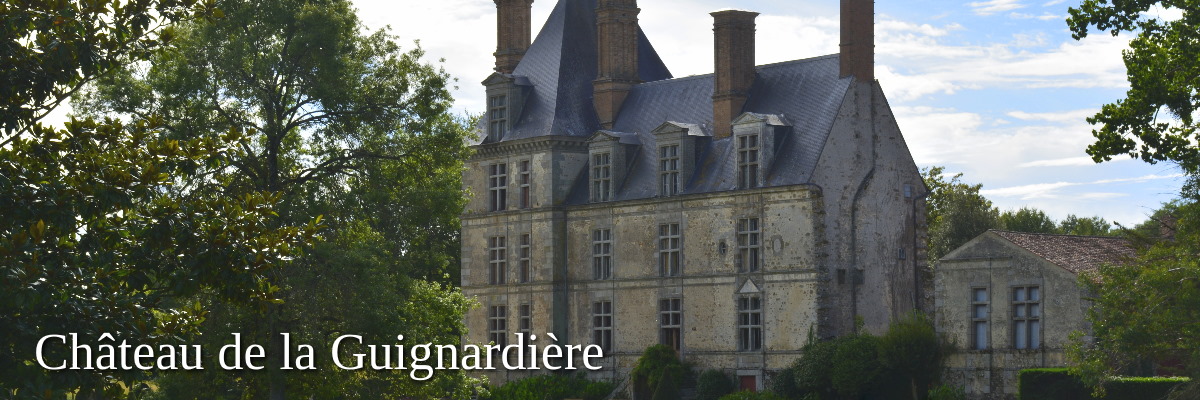
Beautiful adventure park
This lovely XVIth century French Renaissance château dates back to 1555. It was built for Jean Girard, who, at the time was the royal breadmaster (panetier) to King Henri II.
The person in charge of the King's bread was an important role in the royal household and held a proper title (as a side note, the title was made hereditary in the noble family of Cossé de Brissac in the 16th century).
Unfortunately Girard was assassinated in 1563, and building was discontinued until the XVIIIth century (1773), when the Count of Chaffault took charge of the project. He developed the gardens and pond but unfortunately, the royalist fled the country in the Revolution and the work he had accomplished inside the château was heavily destroyed.
In 1920, the estate included a beach farmhouse known as la bicoque or 'the shack'. After retiring from politics, Georges Clemenceau rented the property from then owner, Amedée Luce de Tremont, with whom he became friends.
The former president of France dined at the château frequently. That is why, upon his death, la bicoque was donated to the state, becoming Maison de Georges Clemenceau (85520).
Today, the 86-hectare estate and château remain privately owned. It is open to the public as the Parc des Avonturiers, an adventure park for children featuring treasure hunts based on humanity's history of world exploration.
Children learn about history in a beautiful natural setting with trails and in beautiful gardens feature exotic trees like Magnolia, Swamp Cypress, California Redwood, and Zelkova, and menhirs (the area is a hotbed of prehistory).
The château has been completely restored to its former Renaissance glory and can be toured from cellar to rafter!
Open – from April to 4th November. Castle visit
Tip – fantastic with children
Tickets – here
Address – Château de la Guignardière, Route des Sables d'Olonne, D949, 85440 Avrillé
GPS coordinates – 46.474°N, 1.51°W; enter your location
Nearby sightseeing – Maison de Georges Clemenceau and Prehistoric Vendee
Images – by inthevendee
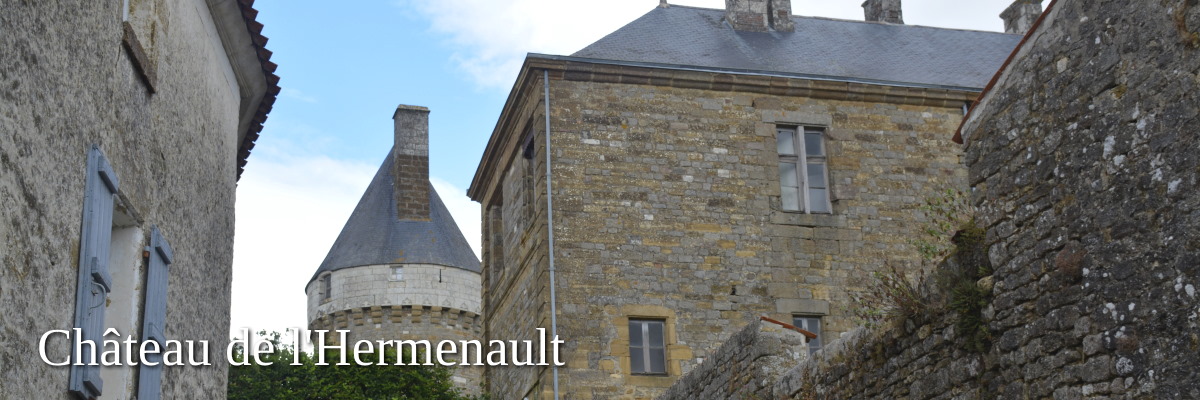
Exquisite park
This chateau has been in the family of historical figure Chevalier Pierre Godard des Breuze, Colonel of the Empire, who bought it in 1806. The castle itself is not open to the public, but the gardens are, and we highly recommend a visit in summer! Developed in the XVIIth - XVIIIth centuries, four grass terraces of 110 m long and edged by beautiful plane trees*, step down to a remarkable canal sourced from the river Longèves.
The canal, developed through a clever network of pipes placed on a geological fault line separating sandstone and shale sub-soil, is centered on the water mirror and fed by water resurgences from the bottom of the park. The castle is mirrored in the water. The Longèves canal is bordered by a pone stone, a lavoir, and a water mill, ending in a large circular pool that was used for horses.
The château, which is located on a promontory, began its life as a Gallo-Roman villa, and at the beginning of the Xth century was a fortified priory. In the XIVth century it was part of the Maillezais Abbey serving as the summer residence of the bishops of Maillezais and La Rochelle. During the age of the Renaissance, Monseigneur d'Estissac built the first castle here. His secretary Rabelais sent the plane trees from Rome. They are dubbed the Rabelais trees*.
This Renaissance castle was severely damaged during the wars of religion. Only the tower remains from that period, and a former defensive tower was turned into a beautiful pigeonnière (dovecote). The castle was restored in the XVIIth century by the new bishop of La Rochelle, Monseigneur de Sully Béthune. The arcaded outbuildings, the barn, the terraces and the park date from this period.
The enormous barn by the hand of famous Renaissance architect and writer Philibert de l'Orme (or Delorme) retains its original 17th century framework and should not be missed in your Vendée sightseeing excursions.
In the XVIIIth century Monseigneur de Crussol d'Uzès built the 'Logis des Dames' in the Rochelle style while the park continued to be developped. During the Revolution, which had become a national asset, the bishops' residence was bought by a shipowner from La Rochelle, Daniel Garesché, who had the Renaissance castle demolished.
Influenced by his in-laws and his function being responsible for the jurisdiction of the direction of Vendée fortifications, Pierre Godard des Breuze, bought the castle in 1806 and died here. The property has remained in the same family ever since.
Open – see website for June to Sept schedule but you can always see the canal with lavoir, watermill and horse pond from the street
Tickets – €5 adults (children <12 free)
Address – rue du Château,
85570 L' HERMENAULT
GPS coordinates – 46.518697, -0.898290; enter your location
Nearby – Fontenay-le-Comte, Vouvant and the Mervent forest
Images – by inthevendee
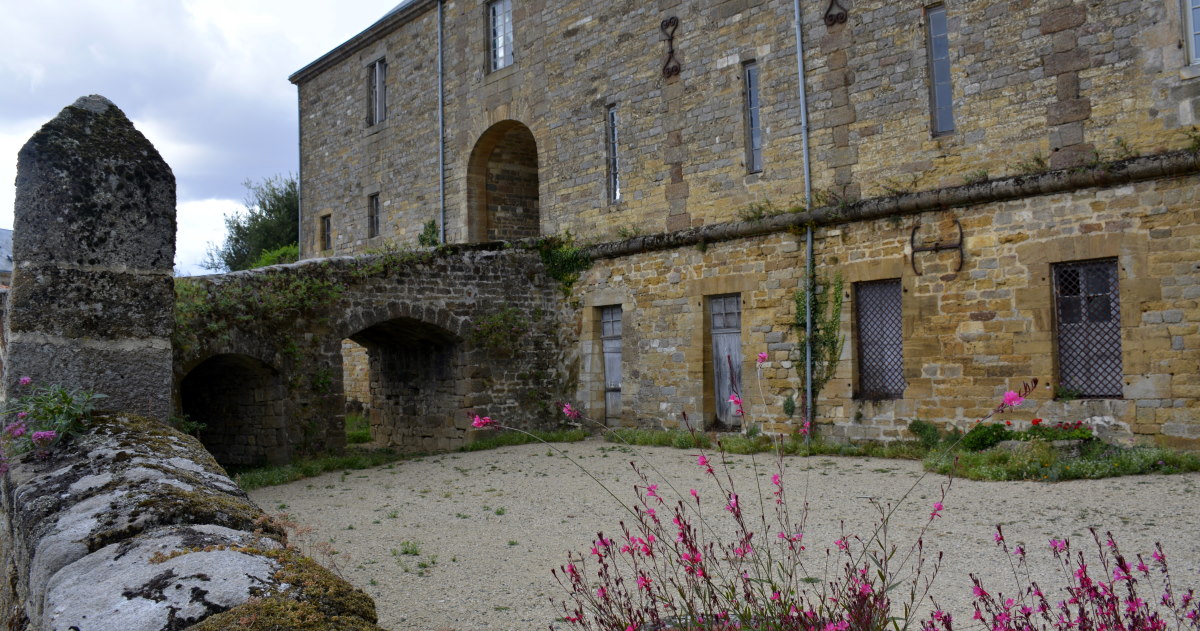
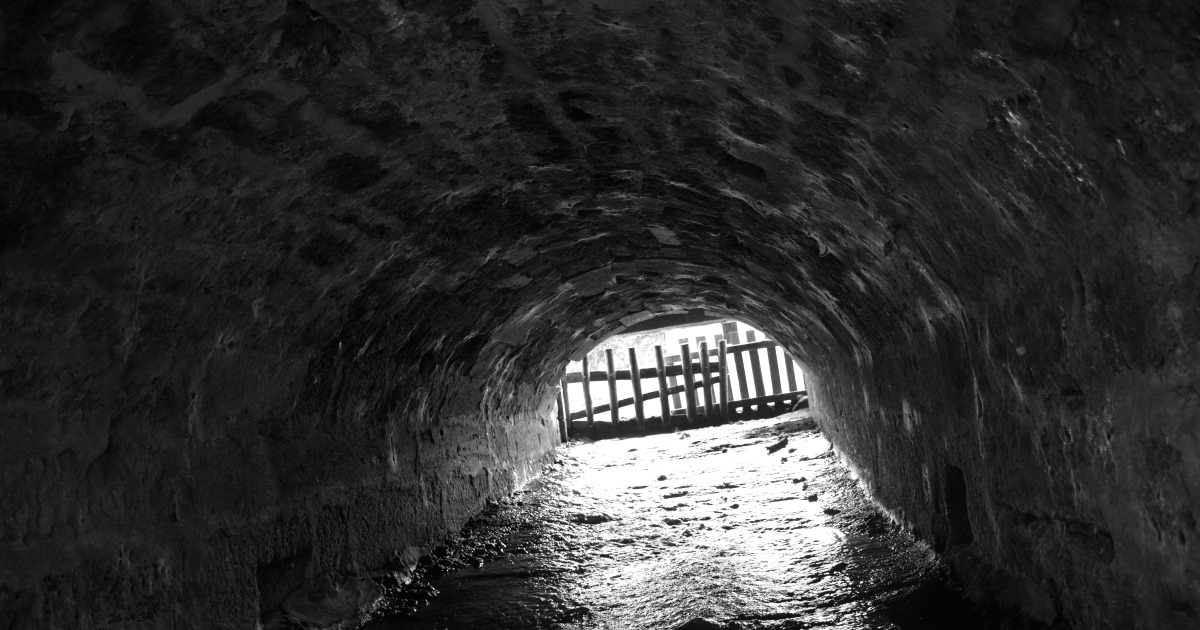


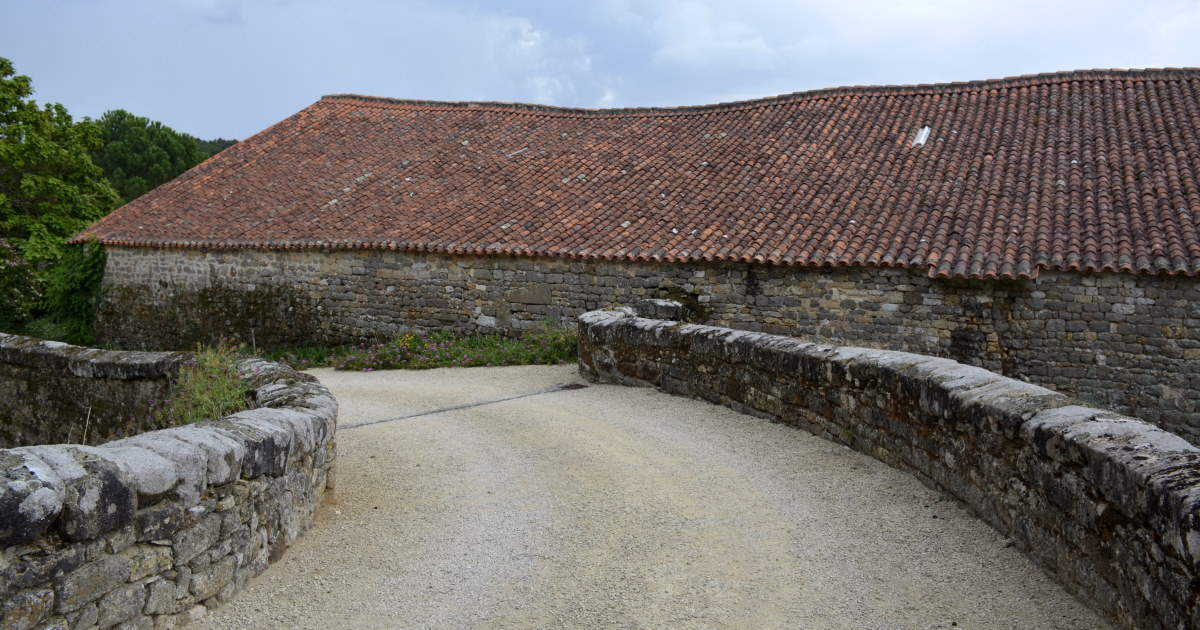
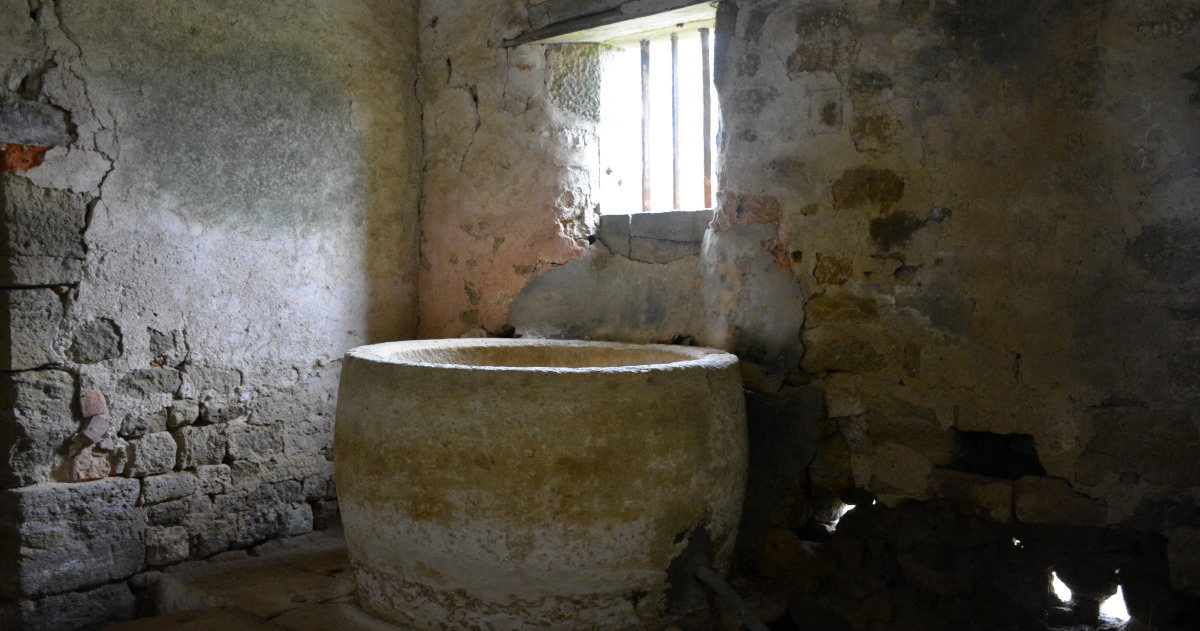
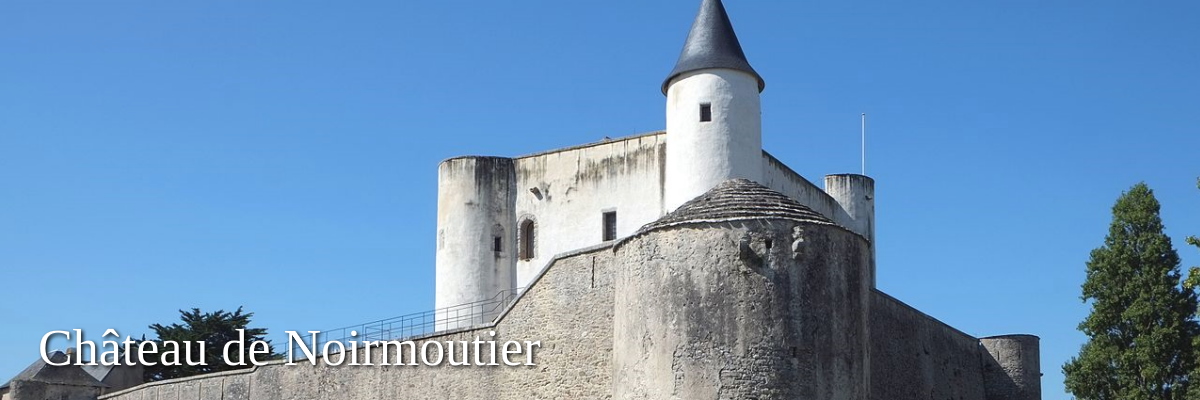
Island defense
A castrum or Roman fort stood on this location anno 830, built by order of the abbot Hilbold (Abbey Saint-Philbert) to defend the monks on the Vendée island Noirmoutier from Viking invasions.
Later, a feudal castle was needed in defense of the Normans so, the old Roman fort was replaced at the end of the XIIth century. A new donjon was built by Lord Peter V of Garnache and the curtain wall with its defensive towers were added later.
The castle saw heavy battle against the English in 1342, 1360, and 1386. The Spanish unsuccessfully tried their hand at invading in 1524 and 1588 (the family La Trémoille, viscounts of Thouars, were the owners then).
But the castle, with the lord's residence at the top floor of the impressive 20m tall keep, numerous murder holes and defensive turrets, and defensive towers in the curtain wall, proved to be a fierce line of defense for the island.
Until 1674, when Dutch troops led by Admiral Tromp did manage to take it.
The castle was sold in 1720 to Louis IV Henri de Bourbon-Condé, who in turn sold it to King Louis XV in 1767.
The castle played a role in the French Revolution when it served as a military prison and later, in the XIXth century, as a military barracks.
Anno 2020 Château de Noirmoutier remains one of the best preserved Romanesque donjons in the west of France. It is now a museum showing collections about Noirmoutier's history from prehistoric times to the XXth century.
Open – Open February to November. See schedule website
Brochure – in English download
Address – Place d'Armes,
85330 Noirmoutier
GPS coordinates – 47°00′01″N, 2°14′33″W; enter your location
Nearby – island, salt marches and beaches
Images – by Patrick Despoix via wikimedia
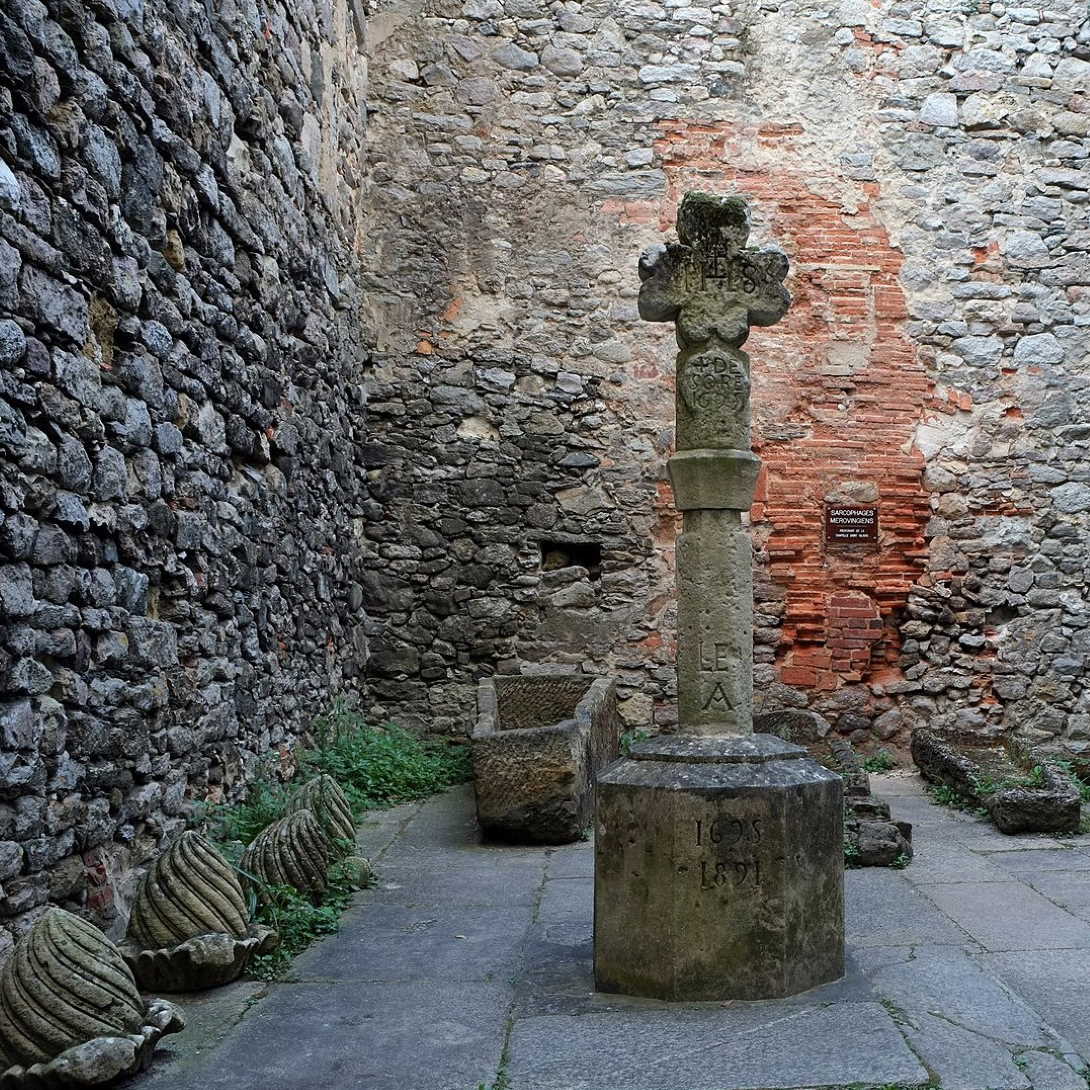
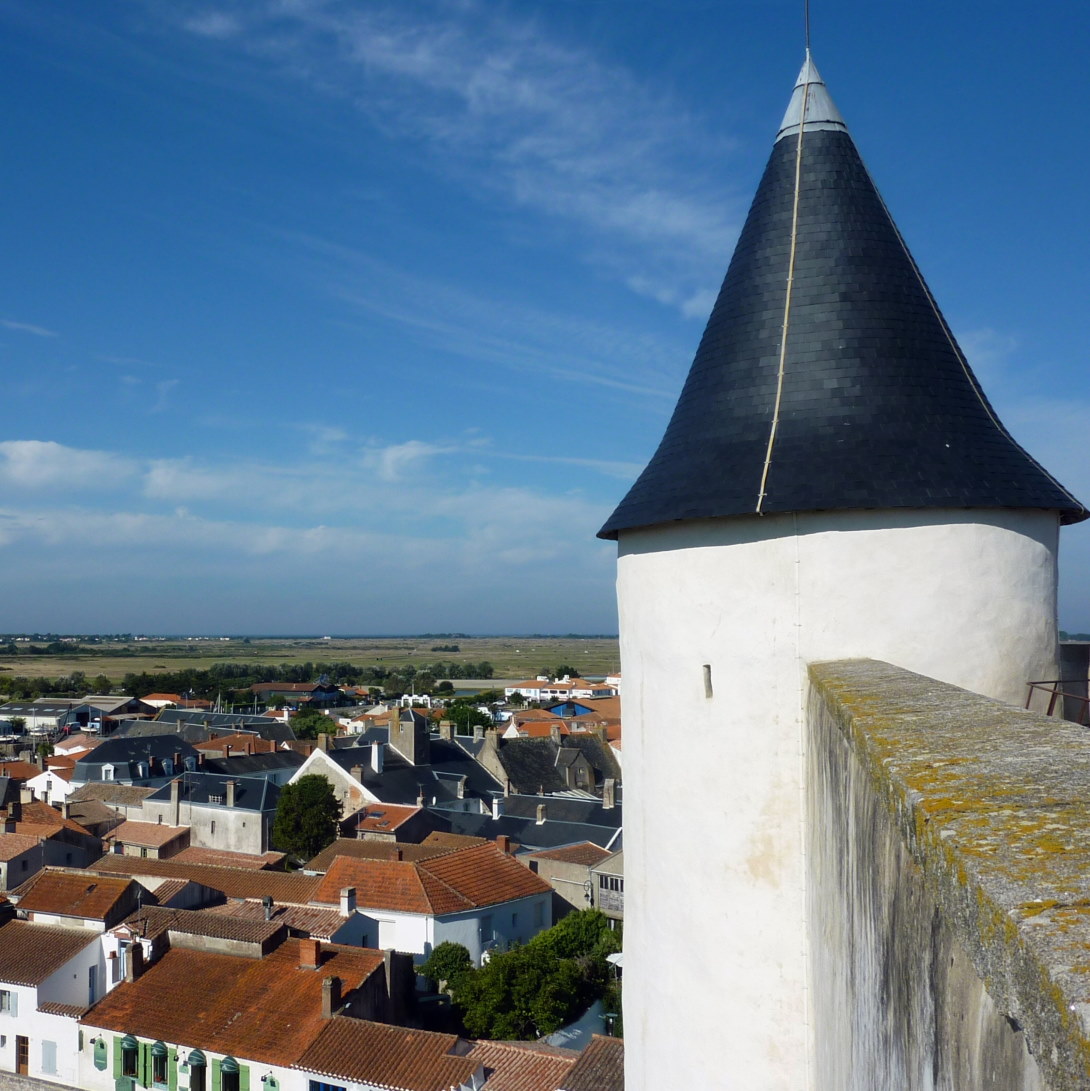
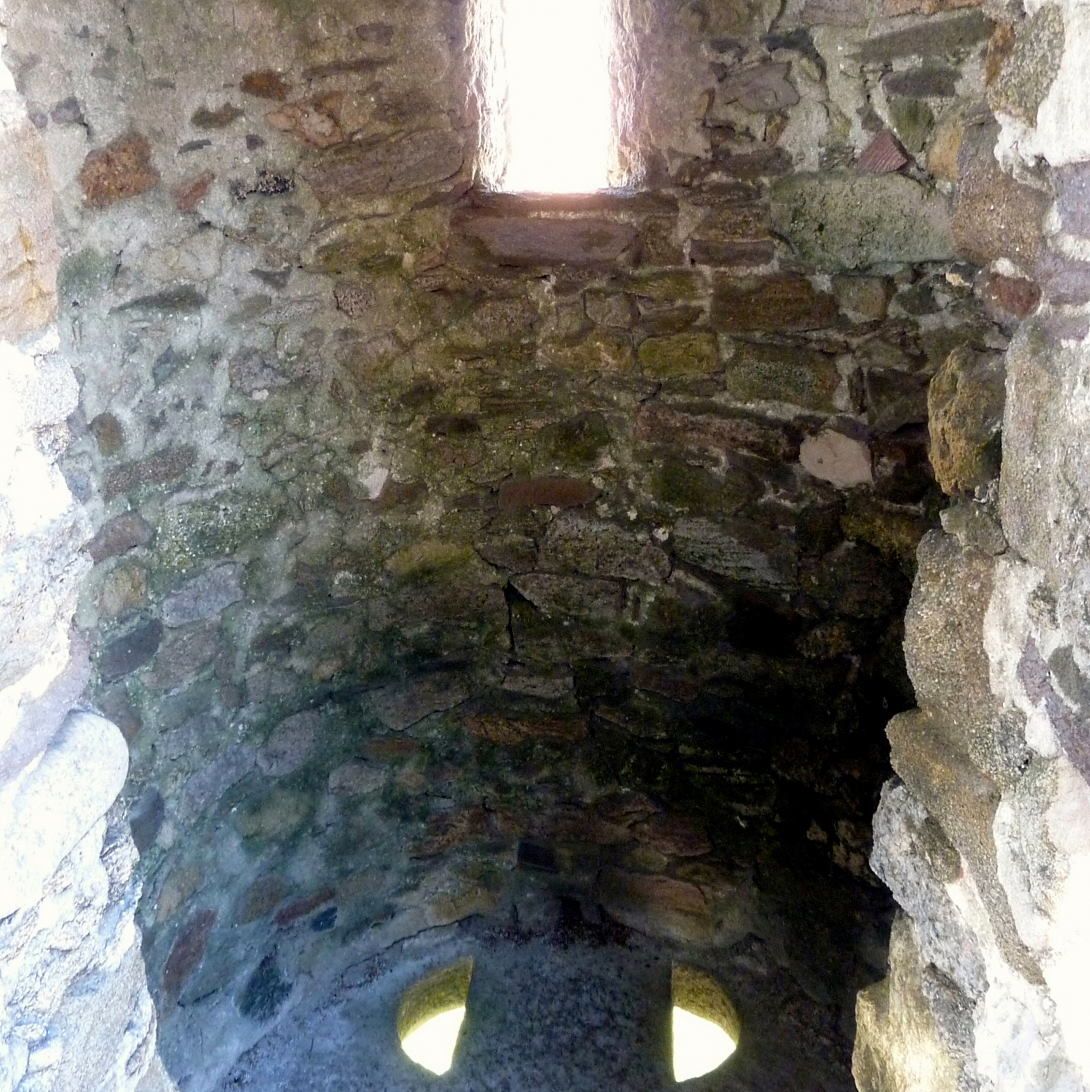


Château de Pouzauges
This 12th Century medieval fortress in Pouzauges overlooks the beautiful Vendéen farmland. Its large quadrangular donjon sits proudly within a walled enclosure of 355 m long. Despite it being a defensive fortress, the castle was transformed into a residence by Catherine de Thouars, who was married to the infamous Gilles de Rais-better known as Bluebeard (See Chateau de Tiffauges). She added another floor, carved fireplaces and windows added, as well as a spiral staircases that connects all floors in the castle.
She and her daughter Marie lived here after Bluebeard's death.
During the Vendée Wars (1793 - 1794) on, men commanded by General Lachenay shot thirty-two Pouzaugeais who were found taking refuge within the castle's walls. The murders were committed at the end of a banquet offered by the Republican General Lacheay to General Grignon. On that same dark day in Pouzauge history, the surrounding villages were burned and inhabitants massacred.
Open – The park around the chateau is accessible, with educational panels provided.
Address – Rue du Vieux Château, 85700 Pouzauges
Tip – Picnic tables and beautiful vistas.
GPS coordinates – 46 ° 47 '07 "N, 0 ° 50' 23" W; enter your location
Nearby sightseeing – Parc du Château de la Flocellière
More nearby sightseeing – Les Moulins du Terrier Marteau
Image credits by inthevendee
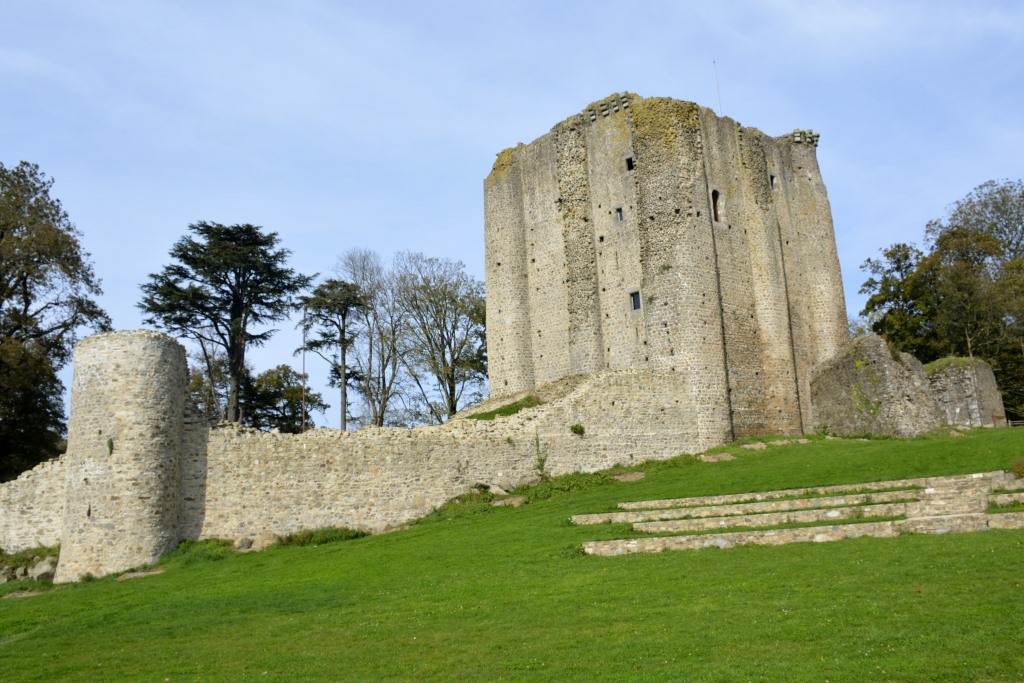
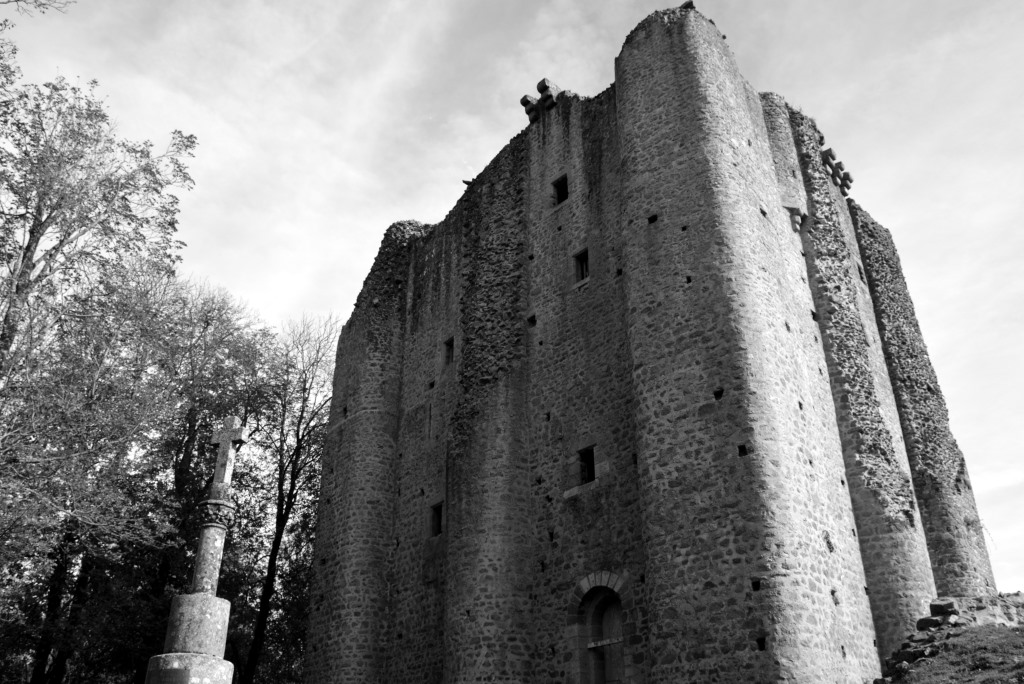
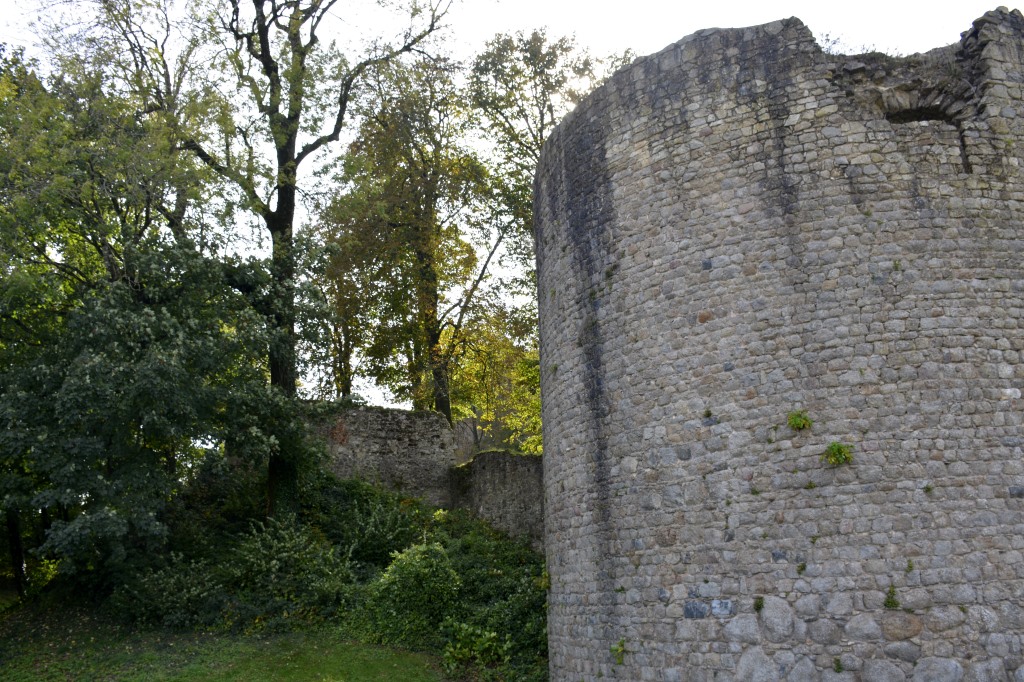
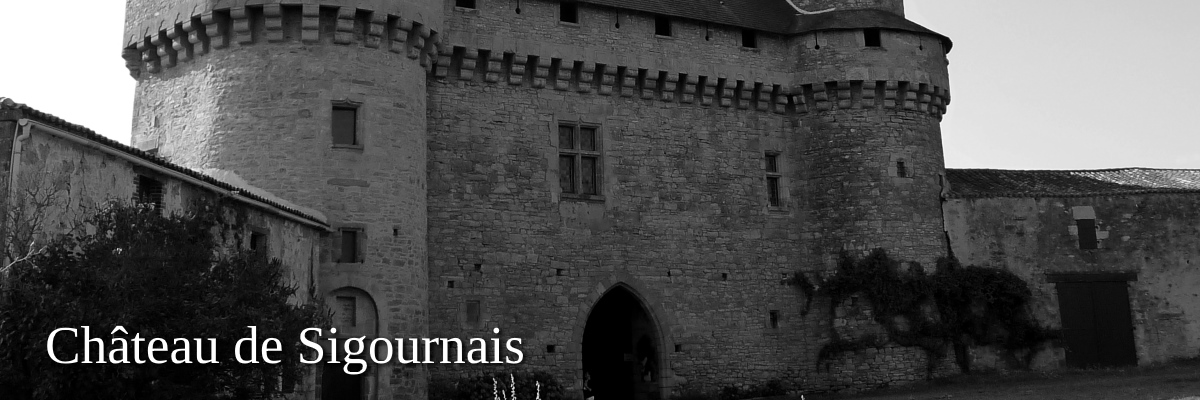
Elegant donjon
Chateau de Sigournais was restored in the 15th century on the foundation of an earlier one (anno 1000.) In its restored state, the castle represents one of the best preserved examples of a military donjon in the Vendée.
During summer months there are often interesting art exhibits. The castle and its gardens are definitely something to see.
Special attention is granted to the young visitors with a Knight's Challenge game book.
Open – In summer. See website for info
Tip – family friendly, activities for children
Address – Château Féodal de Sigournais, Rue du Donjon, 85110 Sigournais
GPS coordinates – 46° 42′ 14″ N, 0° 59′ 07″ O; enter your location
Special events – festival and spectacles every summer
Hiking – Participate in the organised rando (hike) with meals and visit to the chateau organised during the European Heritage days.
Nearby sightseeing – Lac de Rochereau with opportunities for swimming, fishing, and some hiking. More nearby sightseeing See the Donjon of Bazoges-en-Pareds in this article. Directions
More nearby sightseeing – The Musée Clemenceau
Even more nearby sightseeing and hiking – La Colline des Moulins.
Image credits by GardienAncestral
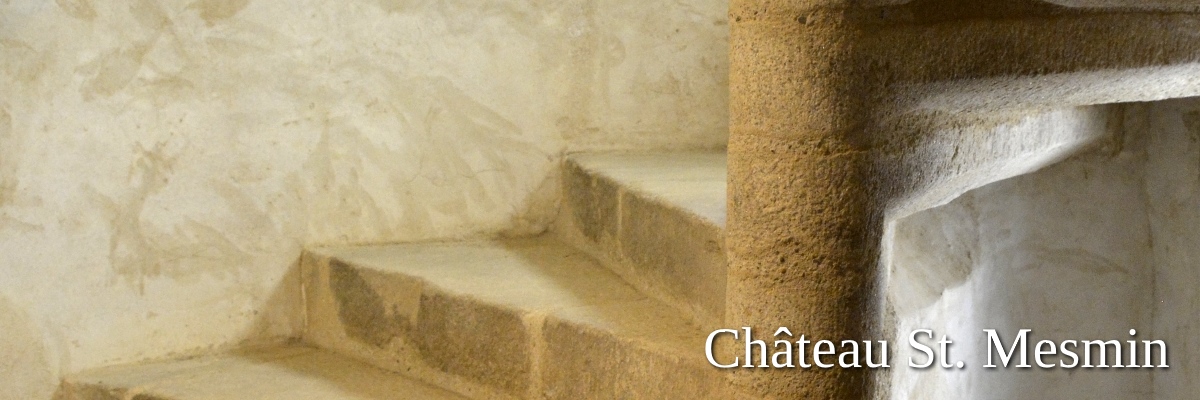
A long history...
Located right on the border between Vendée and Deux-Sevres on the Sévreau river, Château St. Mesmin would have been surrounded by water moats. It was constructed annno 1370 by the lord and knight Pierre de Montfaucon. Its seigneury, however, belonged to Guillaume Larchevêque, the lord of Parthenay and the fortified castle in Vouvant. Though fortified from the start, a more intensive fortification took place in 1372-1375... without permission from the lord. This resulted in a feud between the families. Guillaume Larchevêque invaded, burned and looted the castle of Saint-Mesmin, prompting an investigation and a court case.
The 28-meter tall tower was added in the 15th century. The castle stayed in the Montfaucon family until 1548 when by marriage it went to the family Plessis de la Bourgognière, and then the Saint-Phal family until 1650. Then it was sold to the family Petit de la Guierche and in the time they owned it, the chateau and grounds became a marquisate (border government).
During almost its entire life the Château St. Mesmin was used as a family residence, going from family to family by marriage or through sale.
The family Proust, who owned the castle from 1818 to 1990 allowed it to be used as a military hospital in WWI.
Today the castle is in the care of the departments Vendée and Deux-Sevres . The castle was renovated and even made accessible for the disabled. Château St. Mesmin is now a superb destination to learn about medieval life.
Open – Guided tours and events in spring and summer but always viewable from nearby Website
Tip – animation, dress-up and cafeteria.
Address – 79380 Saint-André-sur-Sèvre
GPS coordinates – 46° 47′ 59″ N, 0° 43′ 04″ O; enter your location
Nearby sightseeing – not far from Chateau de Pouzauges (in this article) - directions
Images – by inthevendee

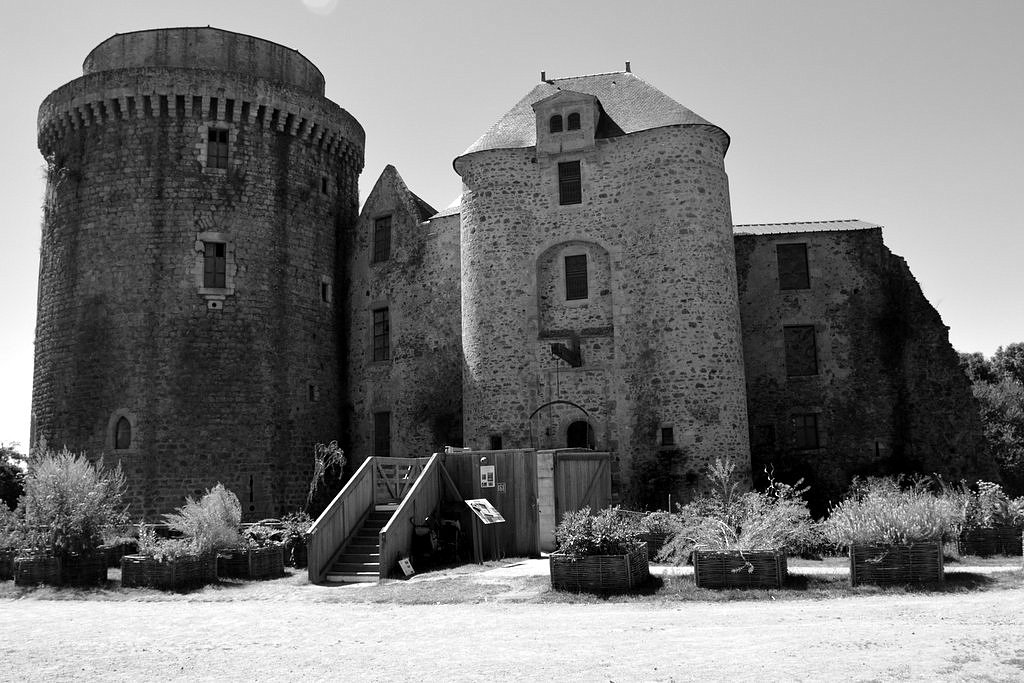
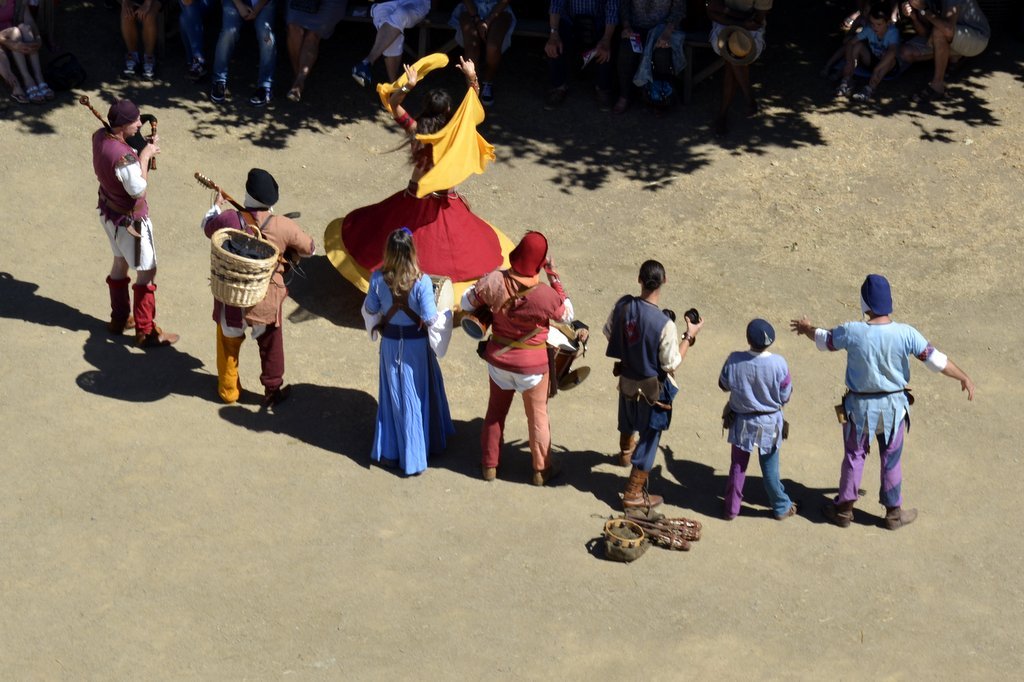
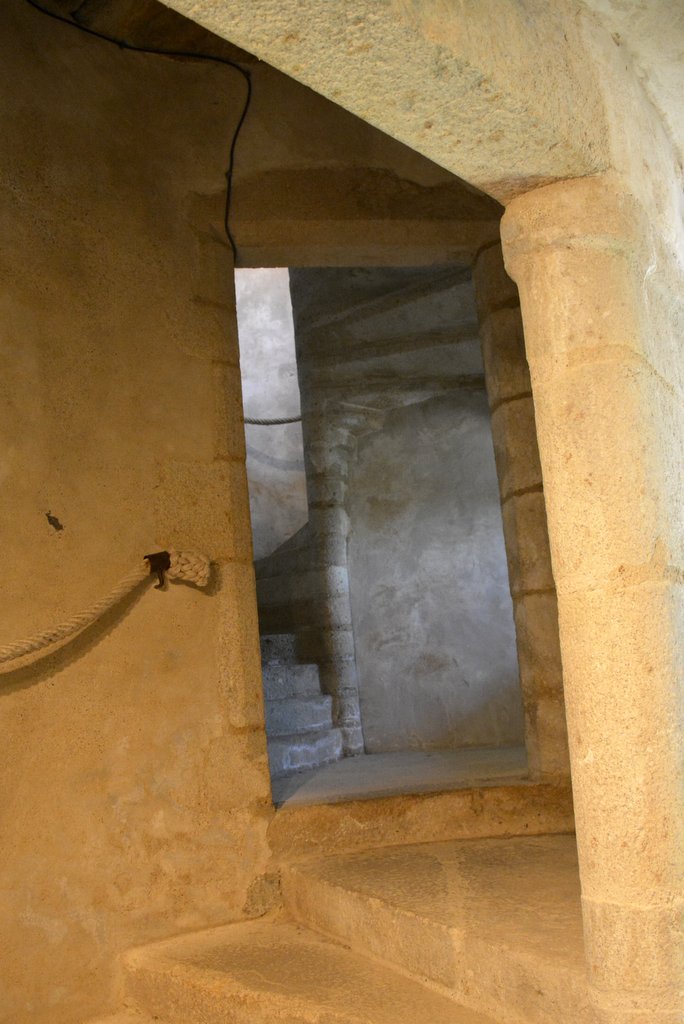
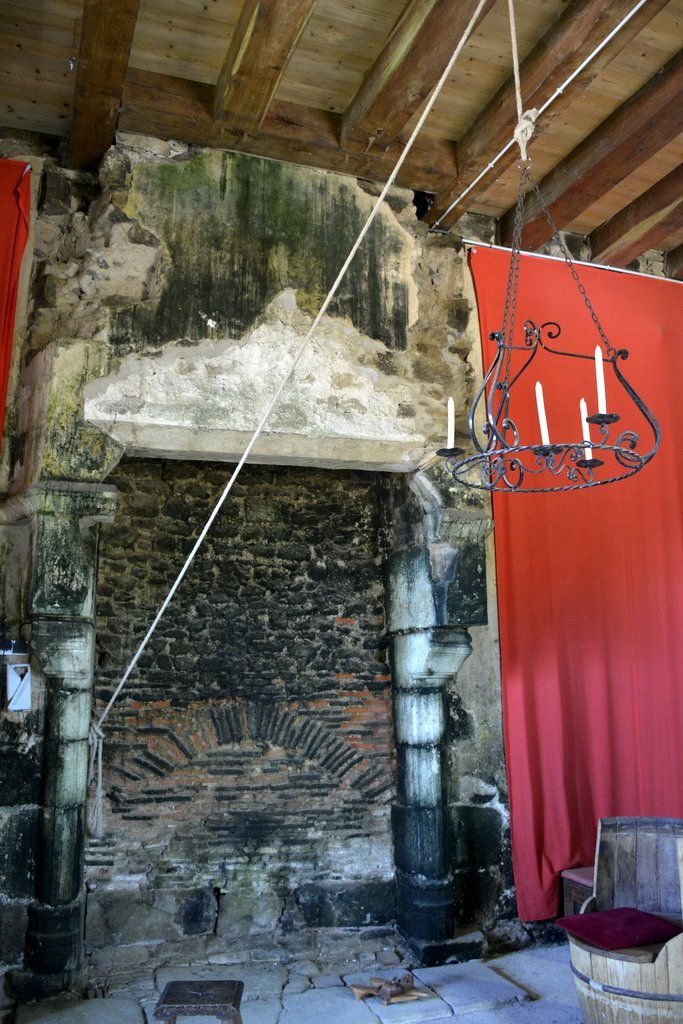
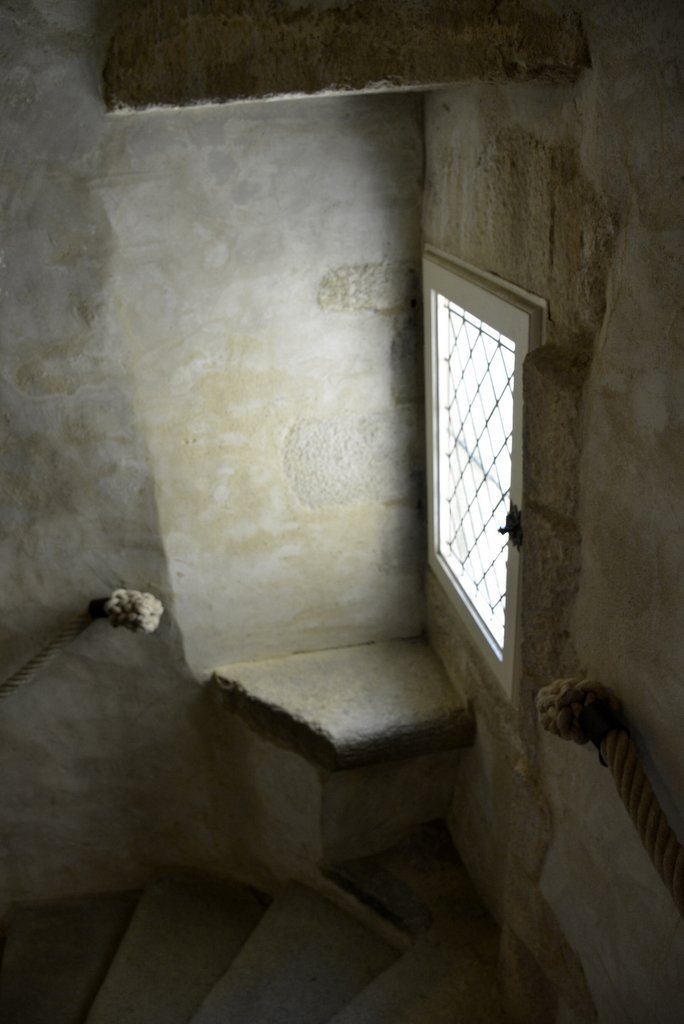
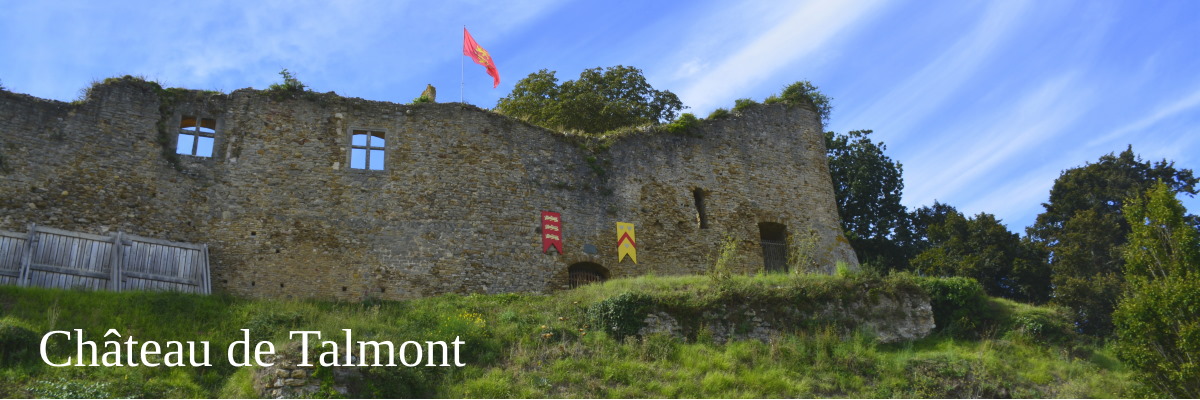
Feudal defense near the ocean
The latest archeological research revealed that the first stone foundations (the bell tower) of the Château de Talmont date back to the year 1024.
Under the authority of the Count of Poitou and Duke of Aquitaine, Guillaume V, this coastal territory (at the time the castle was by the sea) needed to be defended from invasions by the Normans.
It was the beginning of a turbulent history that went all the way through to the time of the Plantagenets.
It's location not only allowed it to be built with rocks mined from the sea, which at the beginning of the XIth century was unusual, it also stood in defense of the the biggest port between Nantes and Bordeaux.
Part of the castle's strategic dominance over the area was being bordered by the Sauvagère and the Payré rivers. Twice a day, at high tide, the castle was completely surrounded by water.
From this time through the centuries to 1794 when the area had silted up and the castle was already being dismantled, it changed hands between powerful lords and French Kings, between Catholics and Protestants.
The feudal Château de Talmont remains an important part of historical research and excavation, even in 2020.
Open – 2020 June through October. see schedule; year-round for groups
Special events – summer, Halloween etc (see schedule), medieval festival etc.
Tip – great with children
Address – 8 Rue du Chateau
85440 Talmont-Saint-Hilaire
GPS coordinates – 46.518697, -0.898290; enter your location
Tickets – see prices
Appointment – escape game
Nearby – beaches and coastal villages
Nearby sightseeing – Chateau des Avonturiers (see above) and Prehistoric Vendée
Images – by inthevendee
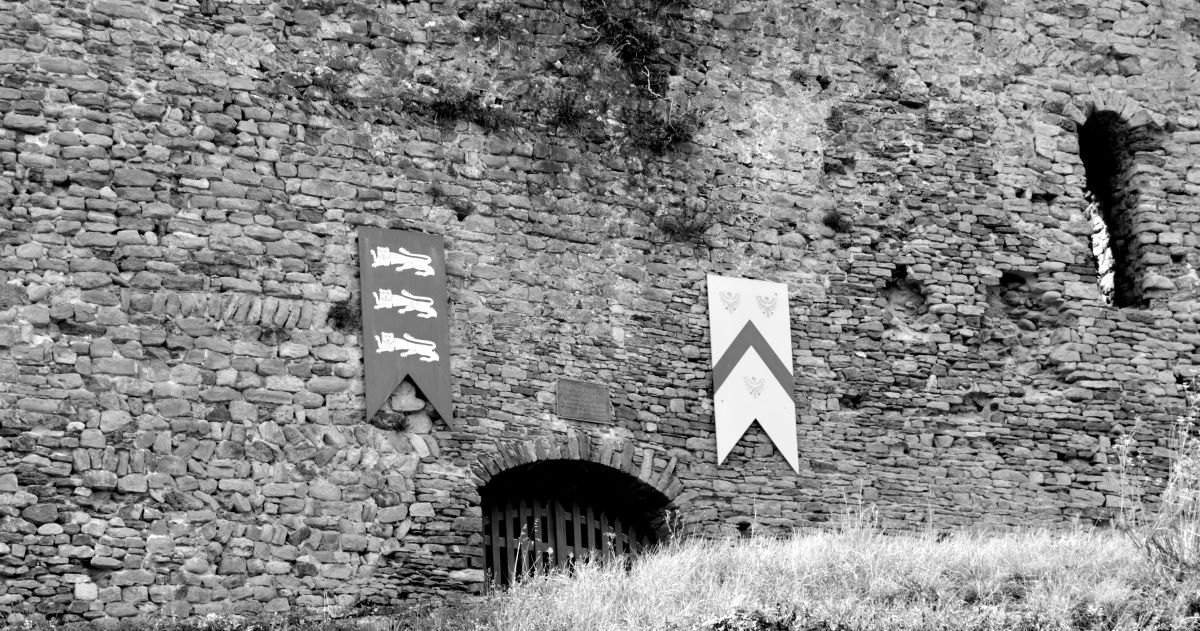
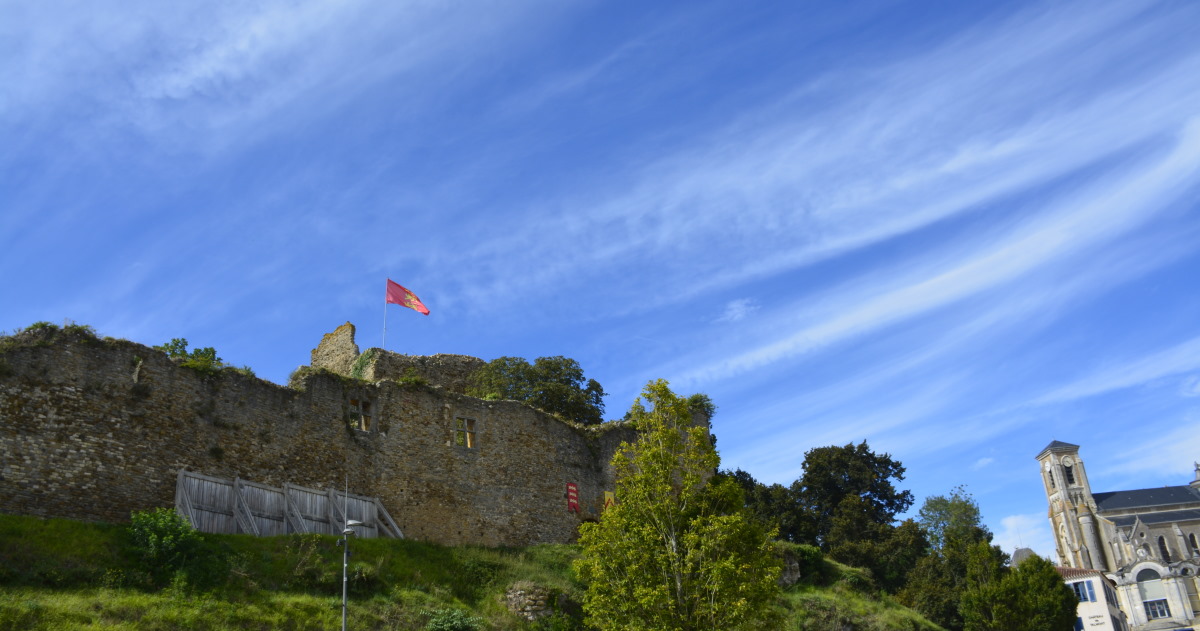
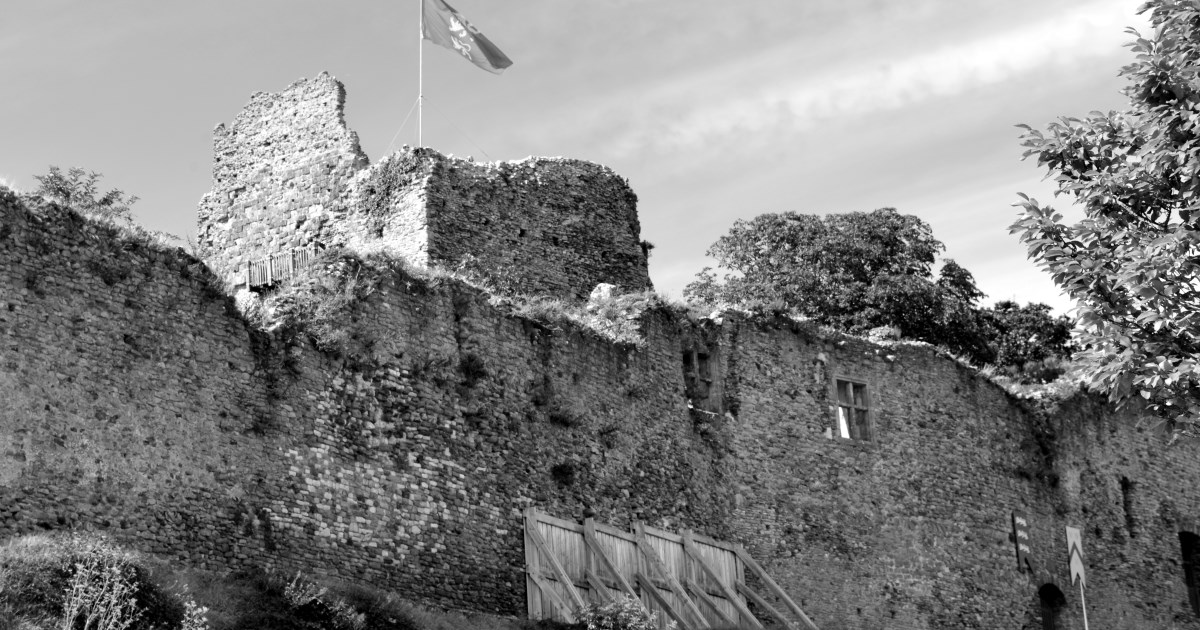
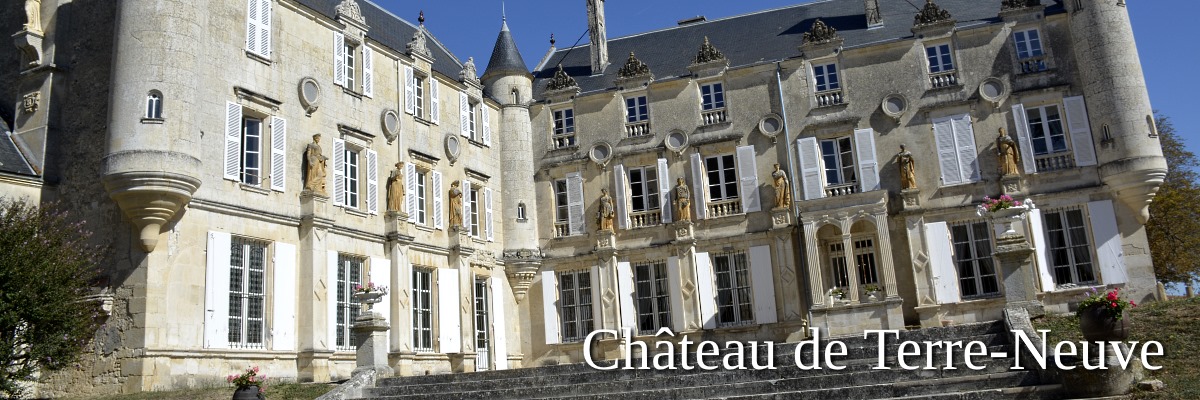
Home of the Muses
Take your time for a tour of the important Château de Terre-Neuve in Fontenay-le-Comte. Built ca. 1590, its interiors represent some of the best remaining examples of Renaissance decor in France. The rooms are enchantingly cosy because. Six centuries into its life, the château remains a private residence.
Terre-Neuve's most famous owner, however, was Marquis Octave de Rochebrune (1824-1900). He created the 492 brass etchings for which he is so well-known and respected, right here in the castle.
Etchings of e.g. Chenonceau or Chambord with their incredible detail are still revered, and prints still sold today. The brass etchings can be viewed in Terre-Neuve's museum.
But this lovely castle in south-Vendée is forever linked with France's most beautiful Loire Valley château in another way. Some furniture as well as a few pieces of Moliere's stage were rescued from the hands of the revolution at Chambord and installed here.
Per French law, objects of historical importance rescued from destruction in the revolution and incorporated into another home like this, are to remain where they are and are not required to be returned to its place of origin.
Recent restauration at the chateau, a beautiful museum was added and the former kitchen was also restored.
Don't miss this beautiful home!
Open – through end October but please see website for schedule
Tip – special guide for children (only in French)
Address – Château de Terre-Neuve
85200 Fontenay-le-Comte
GPS coordinates – 46.4628°N 0.8147°W; enter your location
Nearby Sightseeing – Tour Rivalland (near entry); Fontenay-le-Comte; and Vouvant
Park Chateau de Terre-Neuve – superb walking and picnic spots
Images – by inthevendee
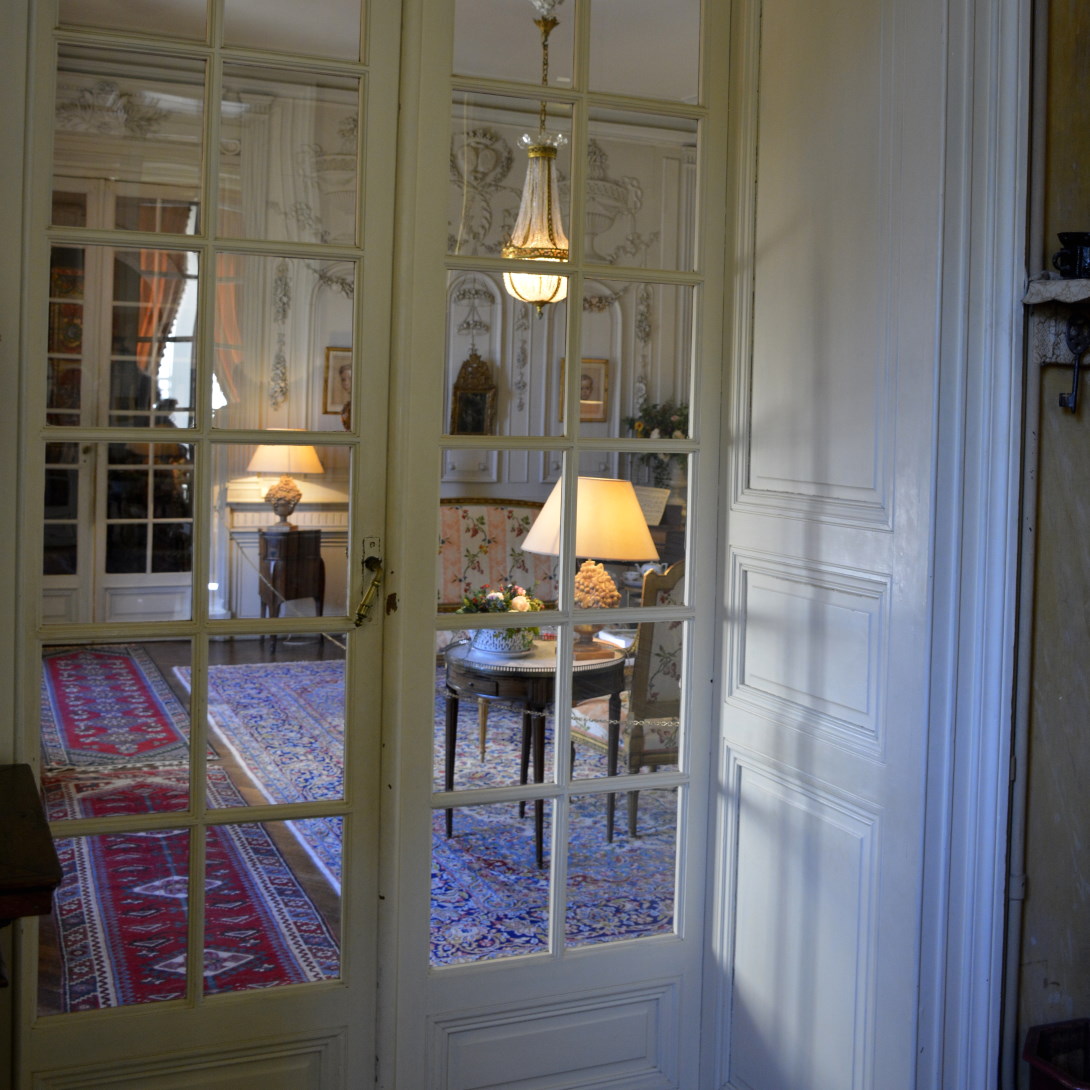
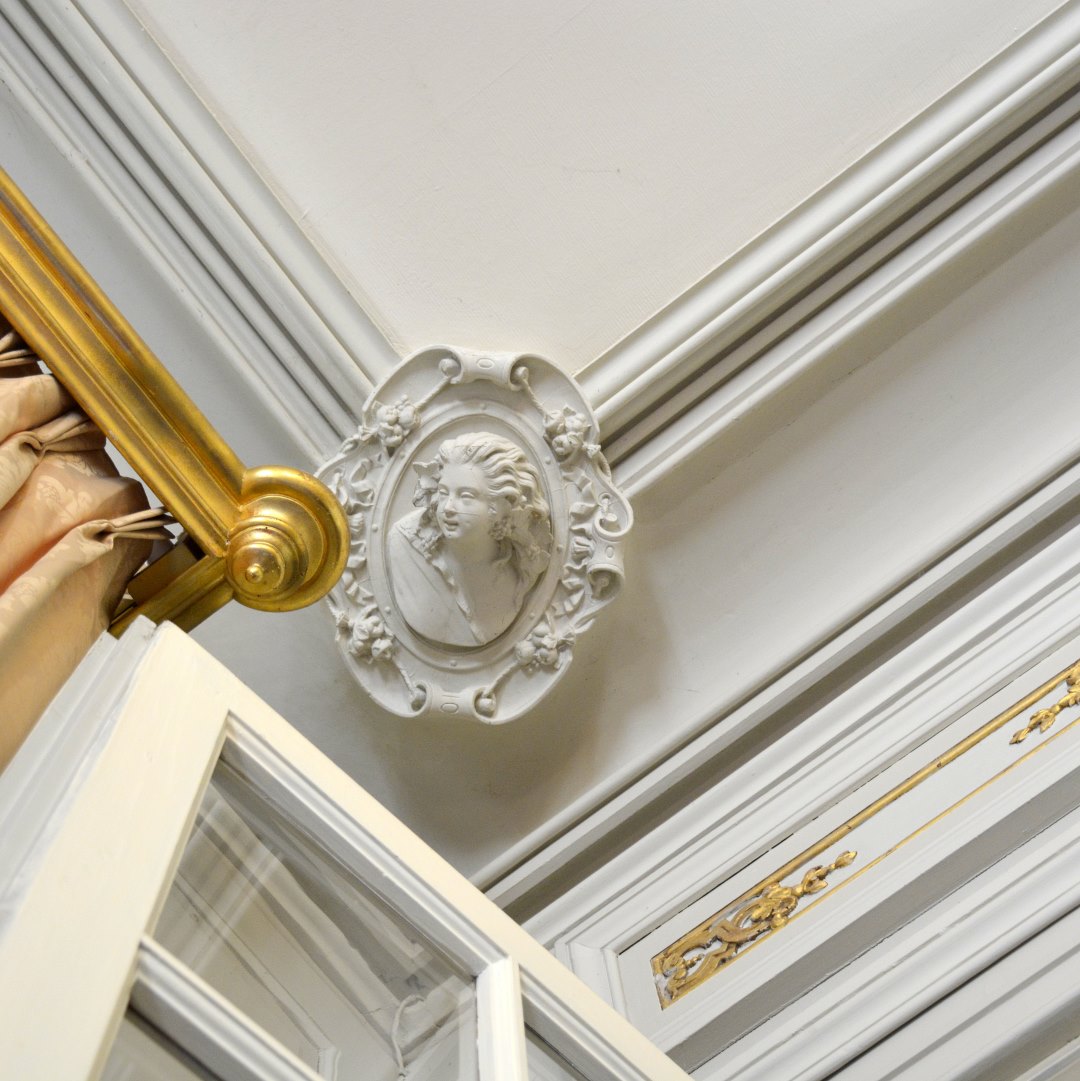

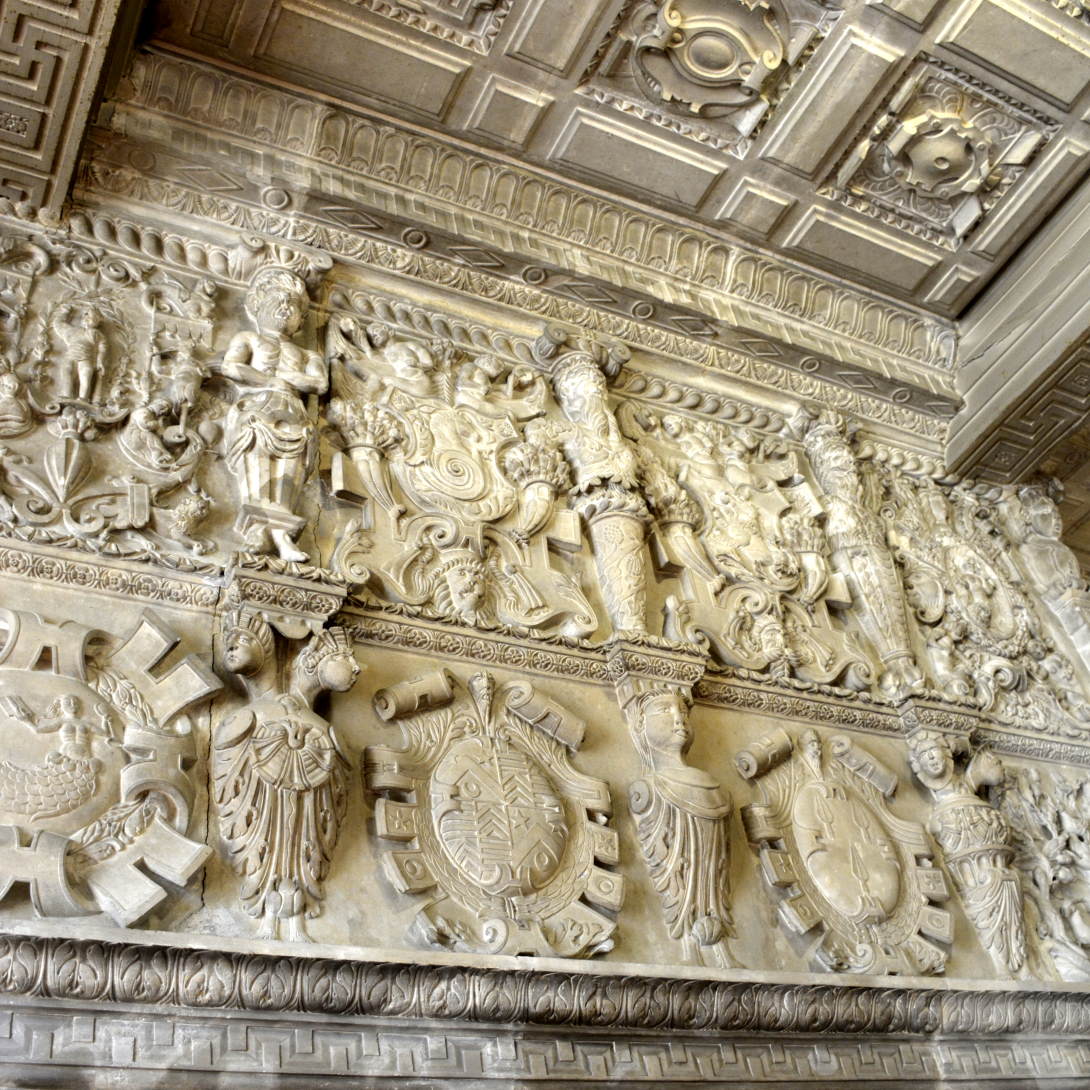
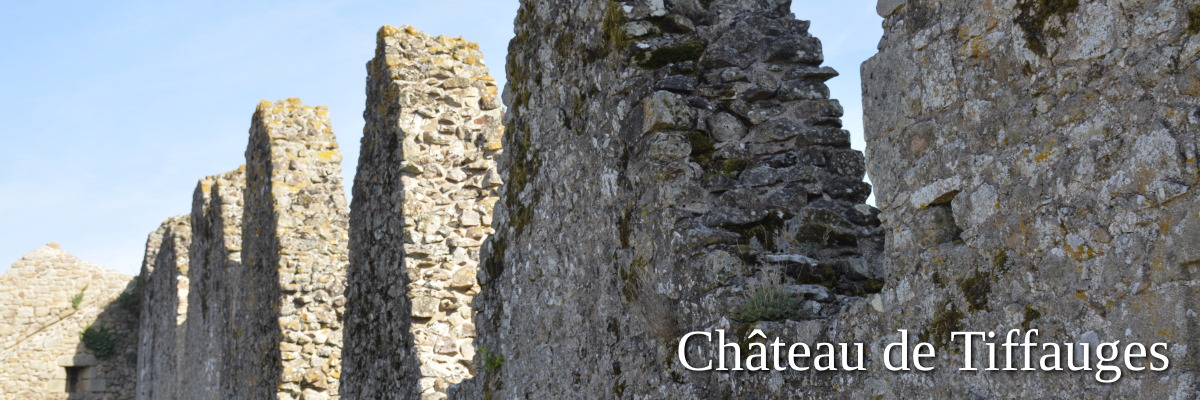
Bluebeard's sinister castle
Perched on a hilltop overlooking the valley where the rivers Sèvre Nantaise and the Crûme flow together, the Château de Tiffauges is strategically located for battle.
Geoffrey Thouars built the castle in the 12th Century, its ramparts and towers protecting the village by the Crume river. In 1420 his daughter Catherine de Thouars married Gilles de Rais, who fought alongside Charles II and Joan of Ark in the Hundred Years War. Château de Pouzauges and Château de Tiffauges were part of her dowry.
Château de Tiffauges became the place where Gilles de Rais later committed atrocities against children. Believing he could turn their blood into gold, he performed experiments on them. Around two hundred kids disappeared from the area and nearby villages. In October 1440, he was tried for heresy, sodomy and the murders of one-hundred-and-forty-plus children. He was sentenced to hang. In folkloric tales of the 15th Century, he is frequently confused with the mythical Bluebeard - le Barbe-Blue.
At the end of the 15th Century the Viscounts of Thouars inherited the castle. It burned down in 1569 in repeated attacks during the Hundred Years war but in 1793, in one more show of force, it played a strategic role in the last Vendéen victory of the Religious Wars, the Battle of Torfou [Tiffauges].
Château de Tiffauges is the largest medieval castle in the Vendée area. Today it is a haven where children happily participate in medieval reenactments, archery and other events.
Animation: fantastic
Open – Open from 1 April through 3rd weekend September. Schedule.
Tip – Many cultural events scheduled throughout the year e.g. music, Christmas market etc...
– Picnic tables around the car park in the La Roche river valley by the chateau. (D753)
Address – Le Château, 85130 Tiffauges
GPS coordinates – 47° 00′ 59″ N, 1° 06′ 53″ W; enter your location
Images – by inthevendee
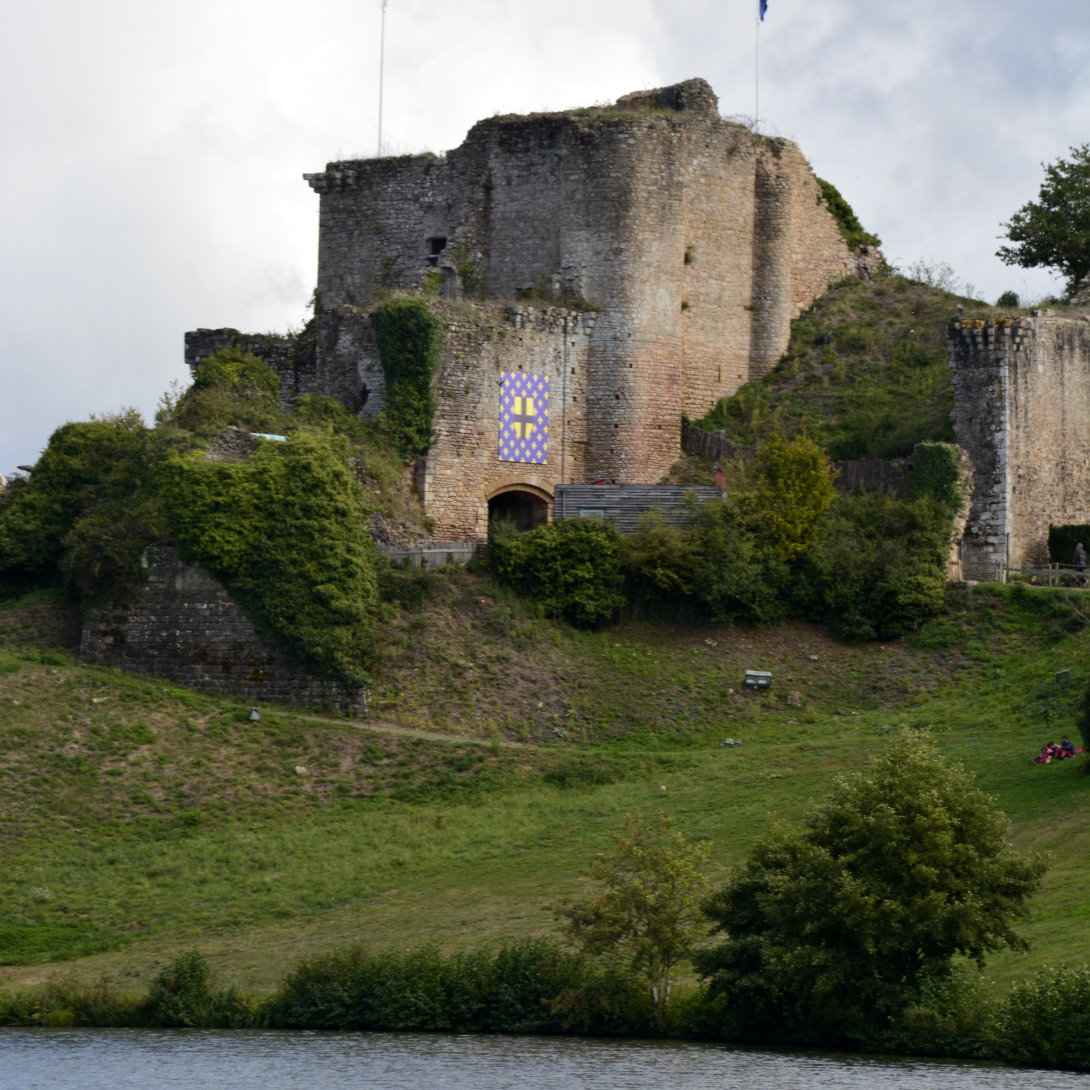



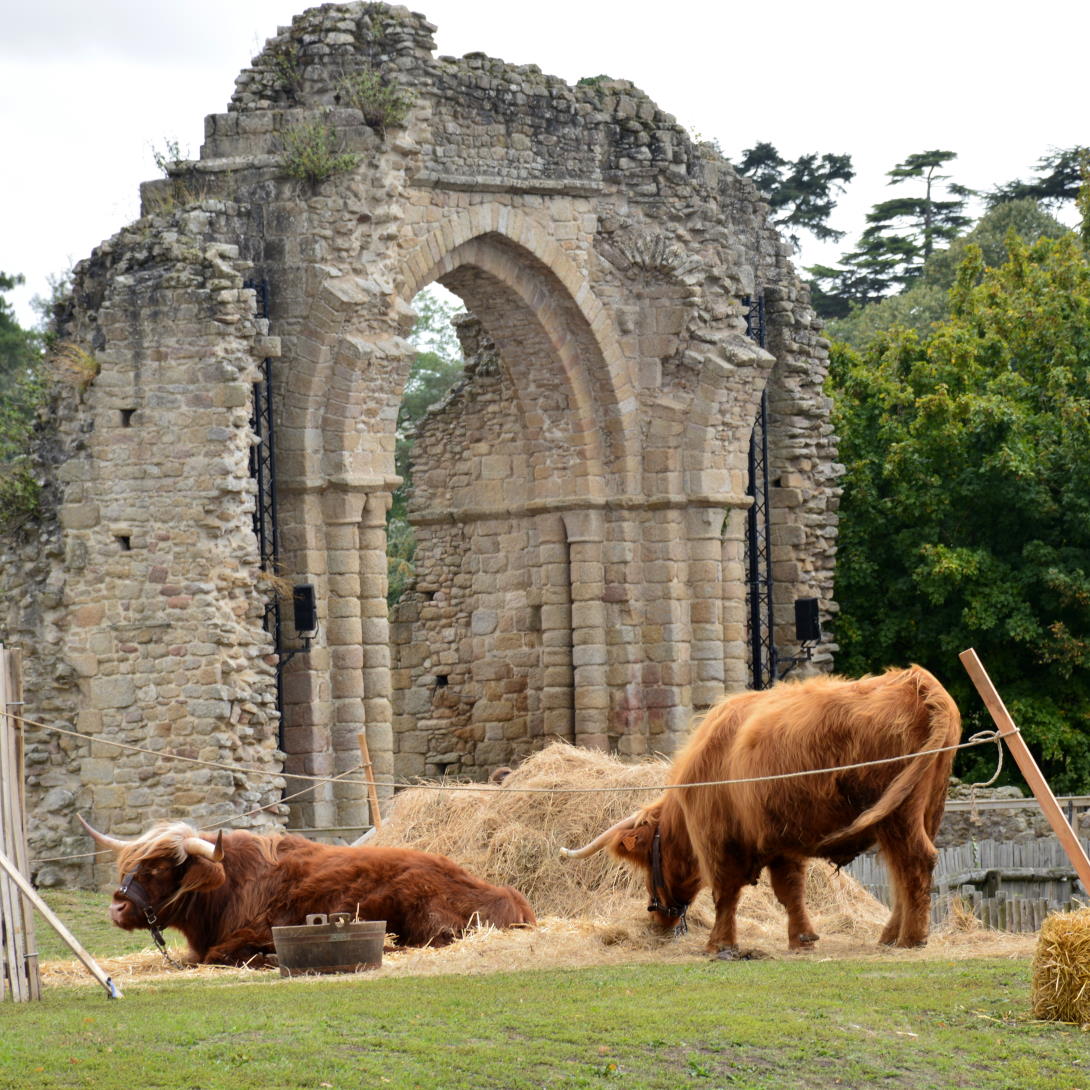
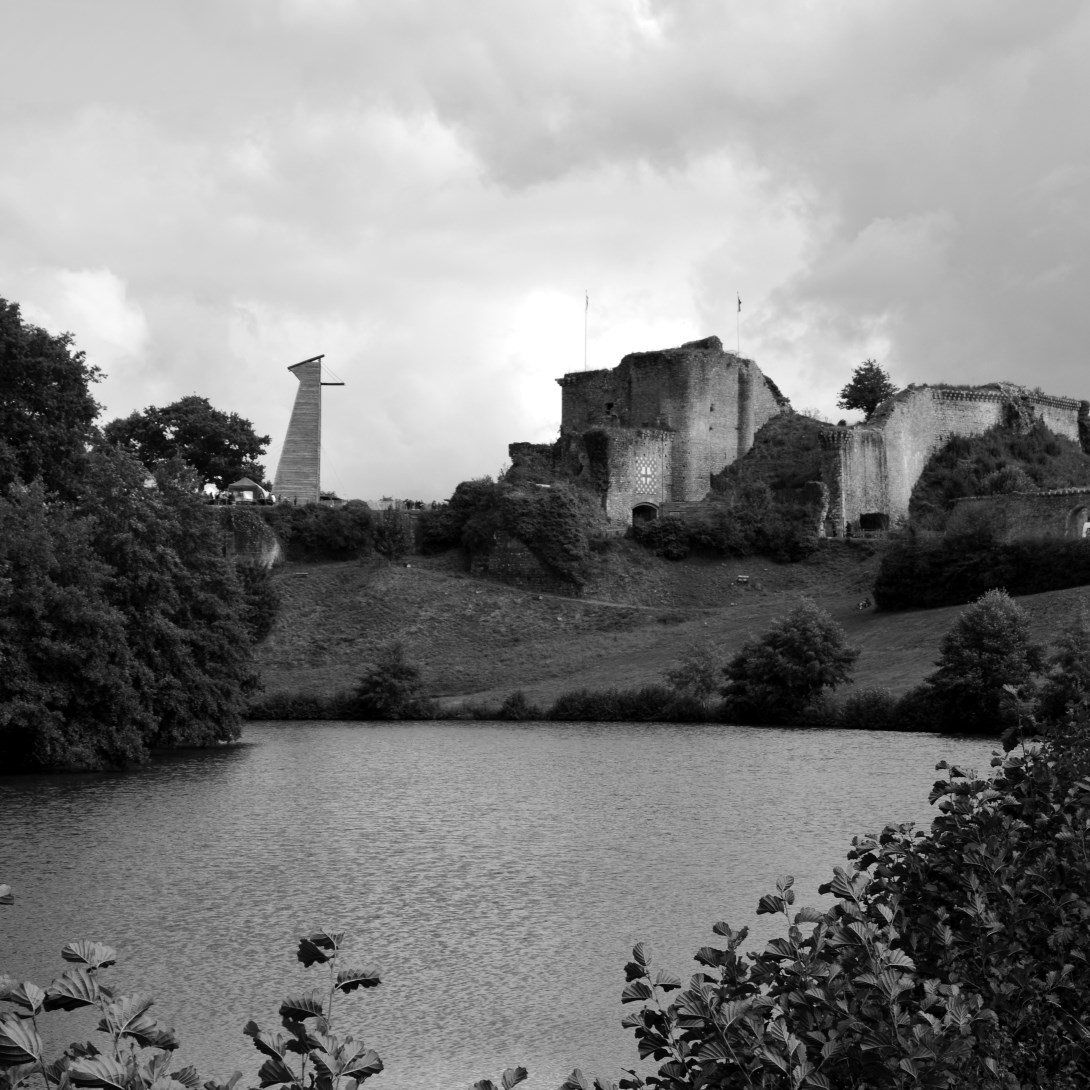
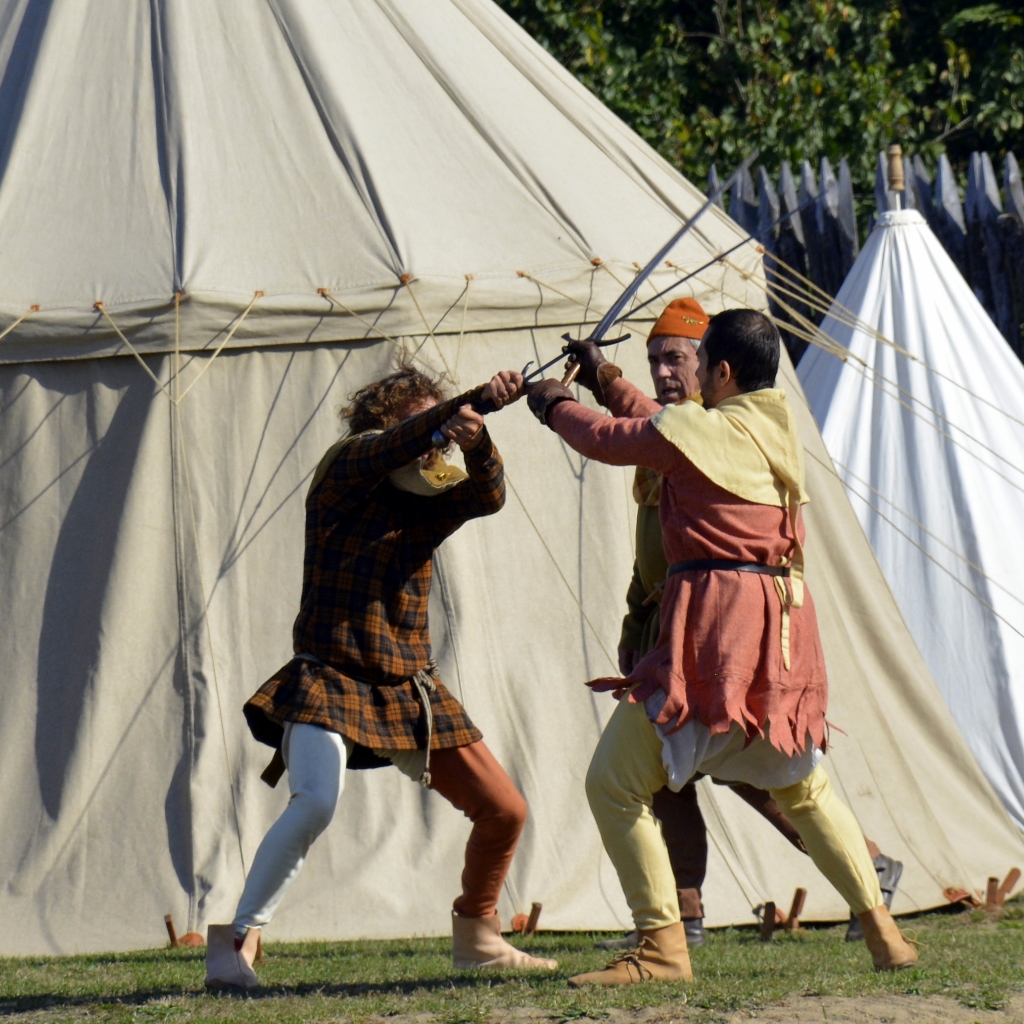

Castle of Spectacles
Located in a landscaped 24-hectare park landscaped by the Bühler brothers (19th century) château des Essarts is a testament to a history dating back to Roman times. That is to say, the portal of the Romanesque church that used to be in the village was moved here for protection and preservation.
The castle is medieval, from the XIIth and XIIIth century (destroyed during the Vendée wars).
In the XVIth century an early Renaissance castle was built in the walled enclosure, and elsewhere in the park stands the new XIXth century chateau. A guided tour will bring you around the park to reveal all of its corners and history.
It was opened to the public in 2002 by Jacques de Rougé, viscount and owner of the premises who founded an association to help preserve the medieval chateau not only with tours but also a number of spectacles and annual events.
Open – summer, but you can view the old castle (see images) from streetside.
Schedule – see website for schedule, in 2020 by reservation
Tip – great with children
Special events – medieval festival, Halloween events, and Christmas market
Address – Le Vieux-Château, Les Essarts
GPS coordinates – 46°46′32″N, 1° 13′28″O; enter your location
Images – by Eduarel
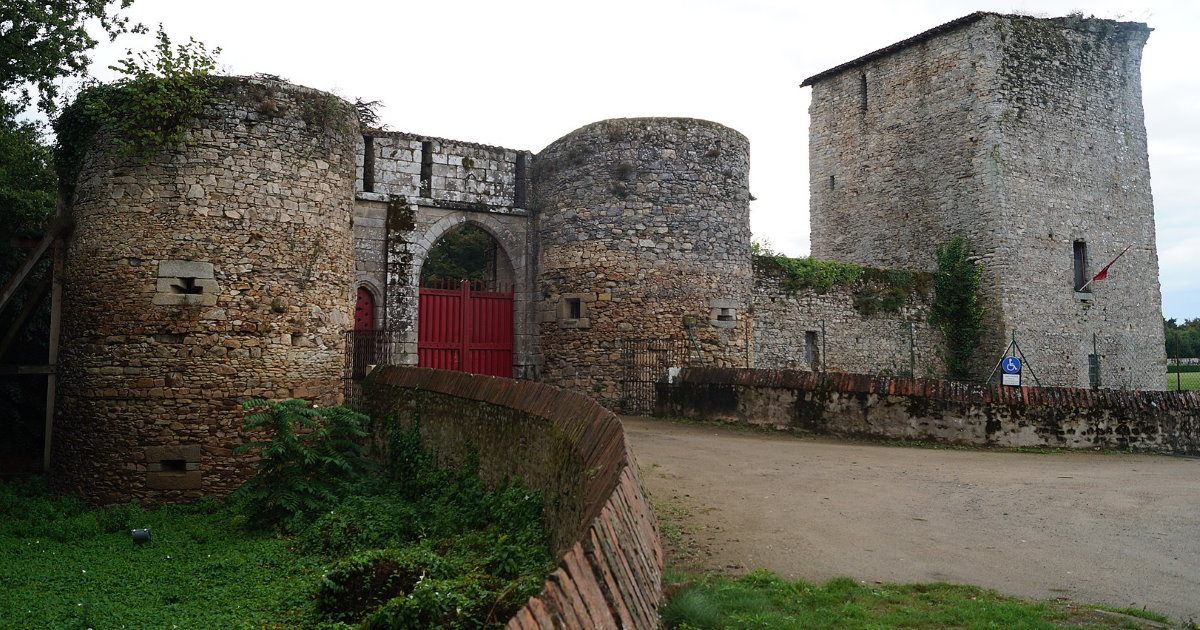
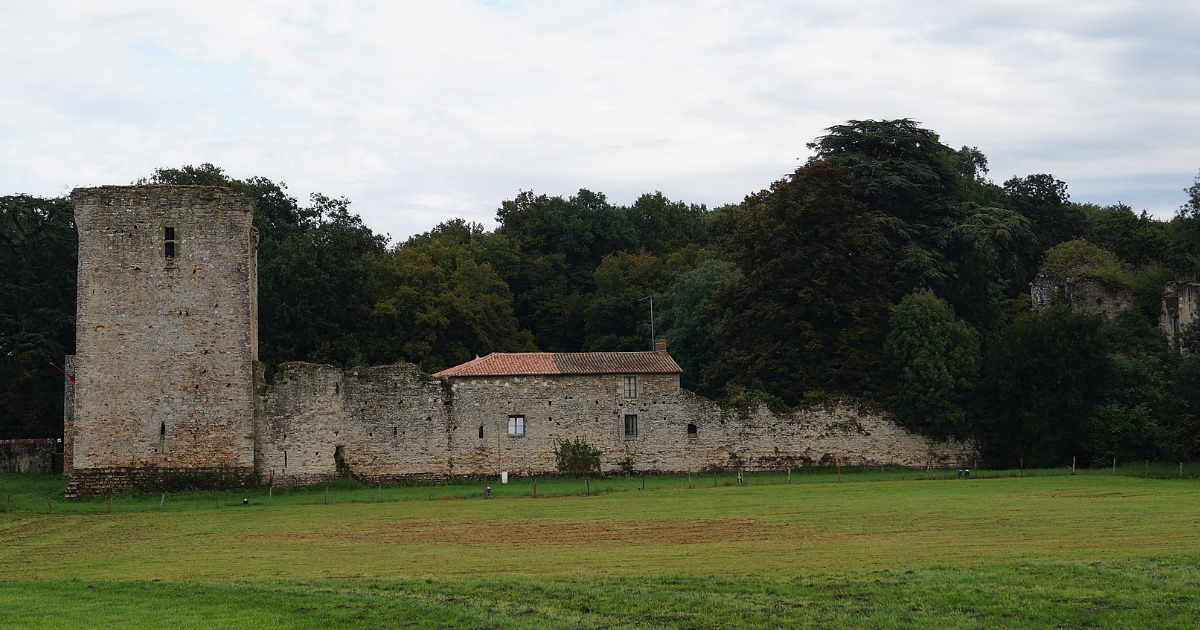
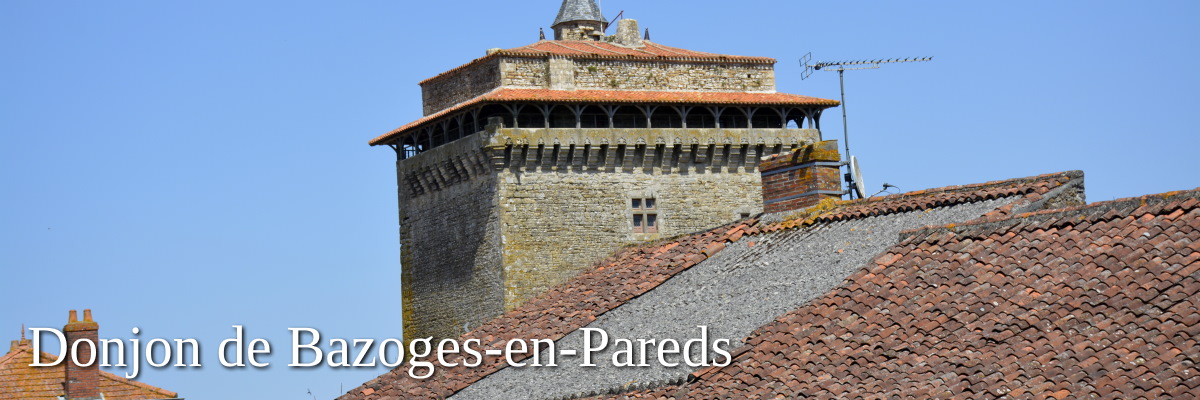
Donjon with medieval gardens & pigeonnerie
The donjon of Bazoges-en-Pareds rises from the Vendée farmland like a medieval skyscraper. Measuring 30 meters high and composed of six levels, it is impressive. The two rooms on the second level of the castle are beautifully vaulted.
During its history, the castle changed hands many times until in 1859 it was purchased by the Pervinquière family. They owned it for one-hundred-and-thirty years.
Today the donjon and its surrounding structures, like the bakery and blacksmith forge, still exist. The garden was created in 1994 after the model of 15th Century medieval gardens: from the sundial in the center are sixteen squares enclosed by chestnut fascines (bundles of branches entwined around low stakes forming a border). The individual squares are designated for vegetables, for aromatic plants, medicinal herbs, plants used in witchcraft, flowers and an orchard.
In medieval times, the garden represented the heart of activity, whether it was for storytelling, sustenance or healing, or courtly love. In summer, the Château de Bazoges-en-Pareds is home to many awesome events, kids workshops, and spectacles.
Open – April through 3rd weekend September. Year-round for groups
See website
Address: 12 Cour du Château, 85390 Bazoges-en-Pareds
GPS coordinates – 46° 39′ 23″ N, 0° 54′ 54″ W; enter your location
Tip – Participate in the ballade nocturnal around the village and castle. Other special events include an apéro concert, workshops for children. Spectacular nocturne medieval (July/ August).
Nearby sightseeing – Lac de Rochereau with opportunities for swimming, fishing, and some hiking.
– dolmen
More nearby sightseeing – Château de Sigournais. Directions
Images by inthevendee.com, Franck Mizis, PatrimoinedeBazogesenPareds

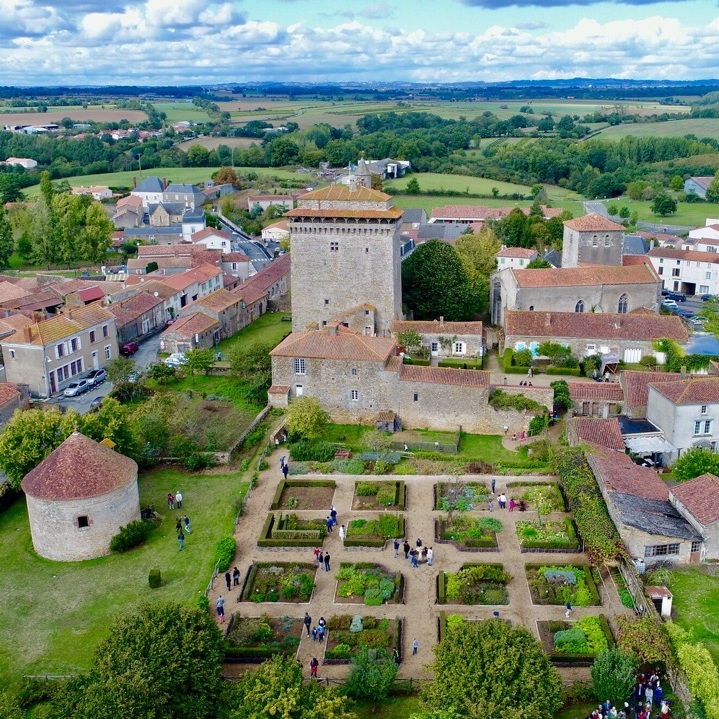
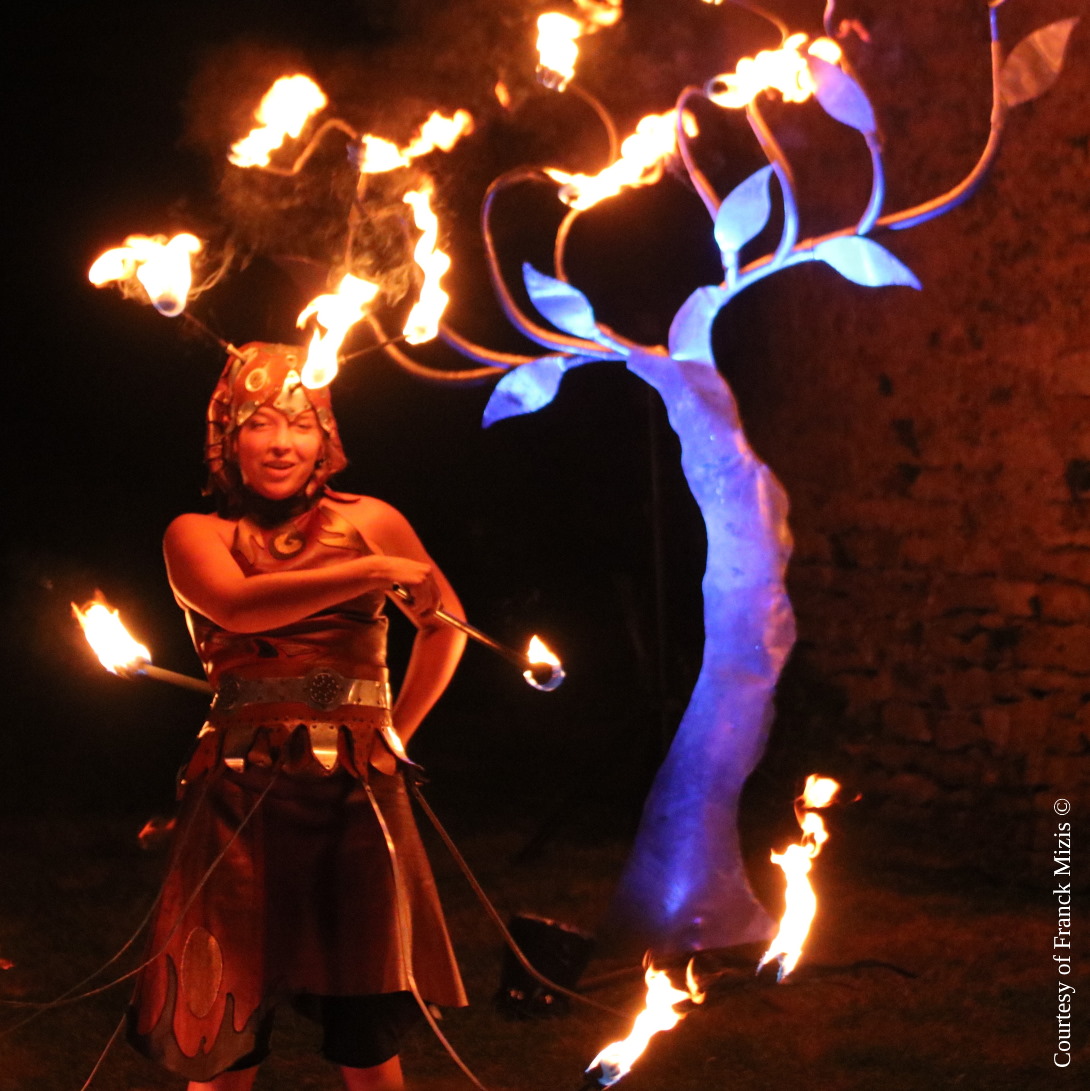
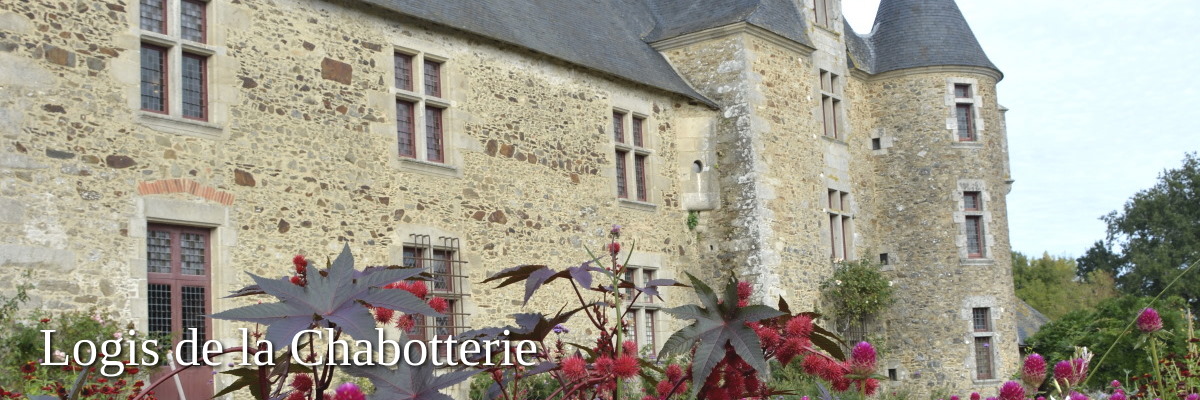
Authentic interior
The manor's restoration projects went beyond the interior rooms. Every piece of furniture, utilitarian item, and clothing is authentic, dating between XVth and XVIIIth centuries.
The word 'antiques' does not begin to describe this incredible collection. The tour, leading from the drawing room (where guests would have been received), through the dining room, the scullery, chapel, bedchamber, strategy room, the amazing study and attics, is well designed with unobtrusive, multi-lingual and easy to use technology as your tour guide. While nothing beats explanation by a personable, impassioned person, this approach does allow one to linger...
... and linger. The very detail of placement, from threadbare rugs to jackets casually thrown over the back of a chair to the ticking of a clock, makes you feel like an honoured guest just returned from a stroll in the gardens with the hosts not far behind.
The manor's interior envelopes the unsuspecting tourist in such a way they may not want to leave. More than a house, it's a real home decorated with precious items like the silk-panel folding screen in the drawing room depicting Chinese scenery, a unique guaïacum egg holder on the dining room table, ancient watering cans on the amazing scullery floor, topographic instruments in the strategy room, the delicately painted ceiling in the study... every corner of le Logis de la Chabotterie oozes cosiness.
But nothing quite took our breath away as much as the 18th century dollhouse, casually 'forgotten' in the attics. It is so exquisite, its colours seemingly untouched by the hands of time, it's impossible not to be drawn to it. Don't miss this beautifully preserved home in your quest to learn more about Vendée.
Open – Year-round, see website for schedule
Tip – Amateur photographers YES! (flashes not allowed); by reservation an escape game is offered - in French!
Address – Saint-Sulpice-le-Verdon 85260 Montréverd
GPS coordinates – 46.880089, -1.406092; enter your location
Nearby Sightseeing
– read in article
Images – by inthevendee
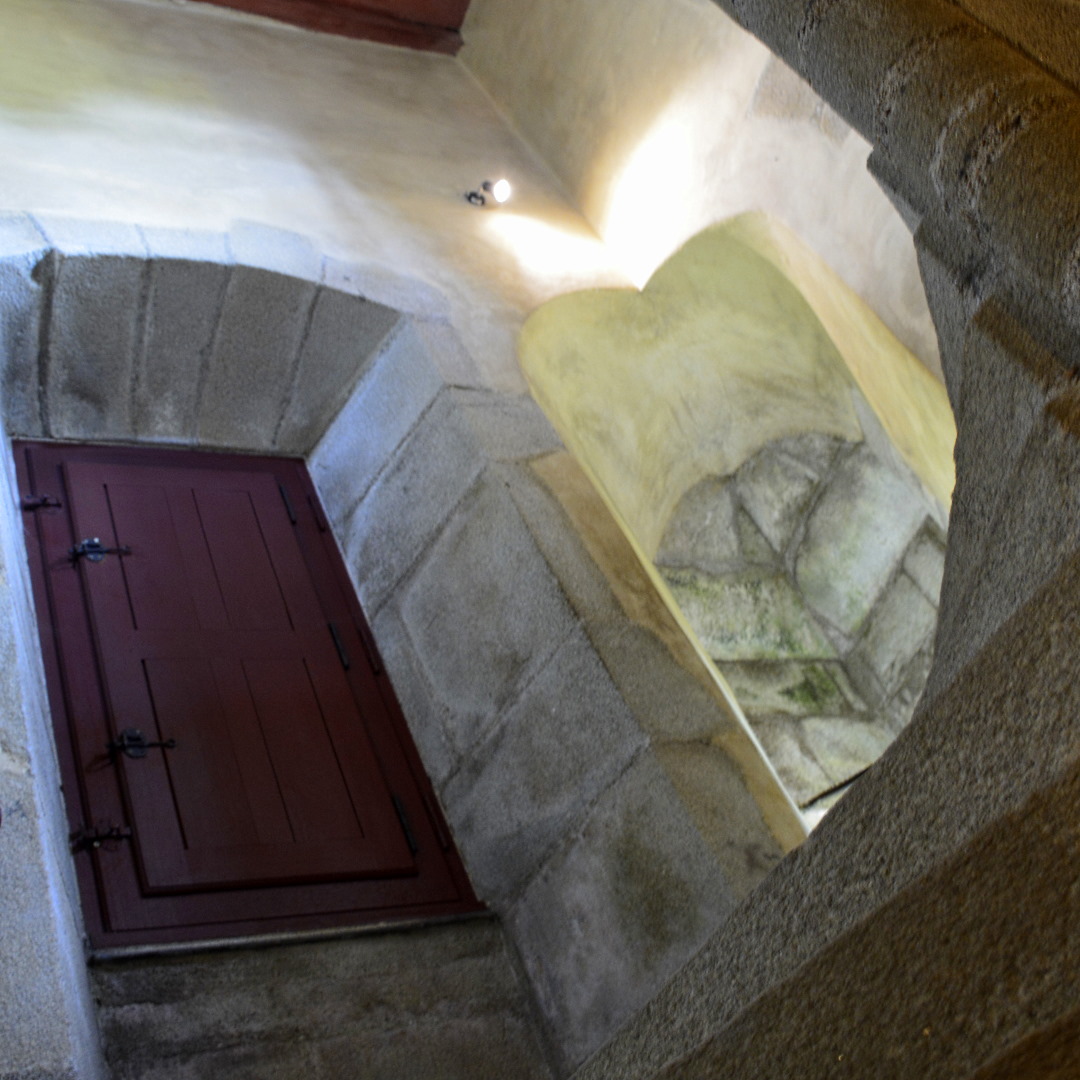
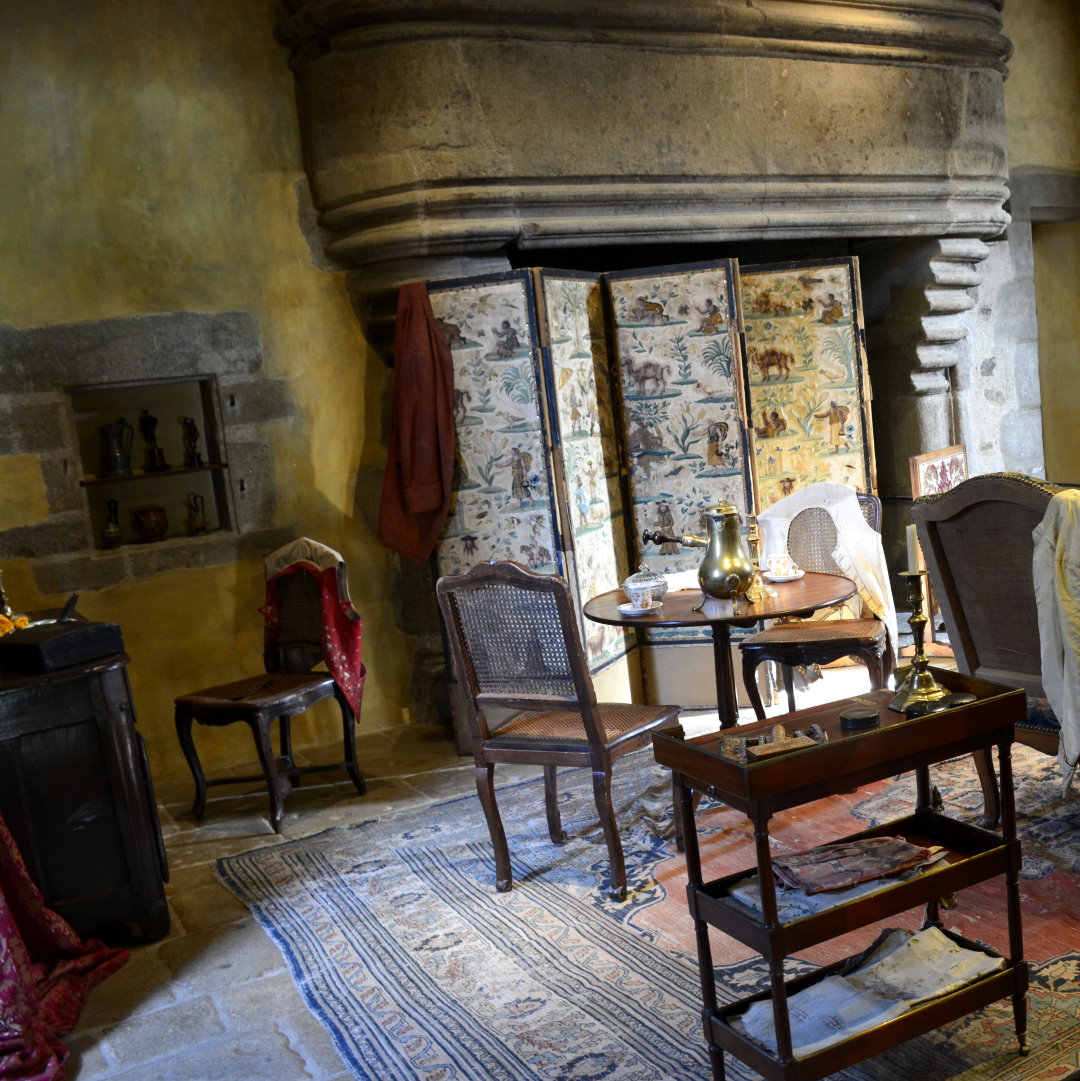
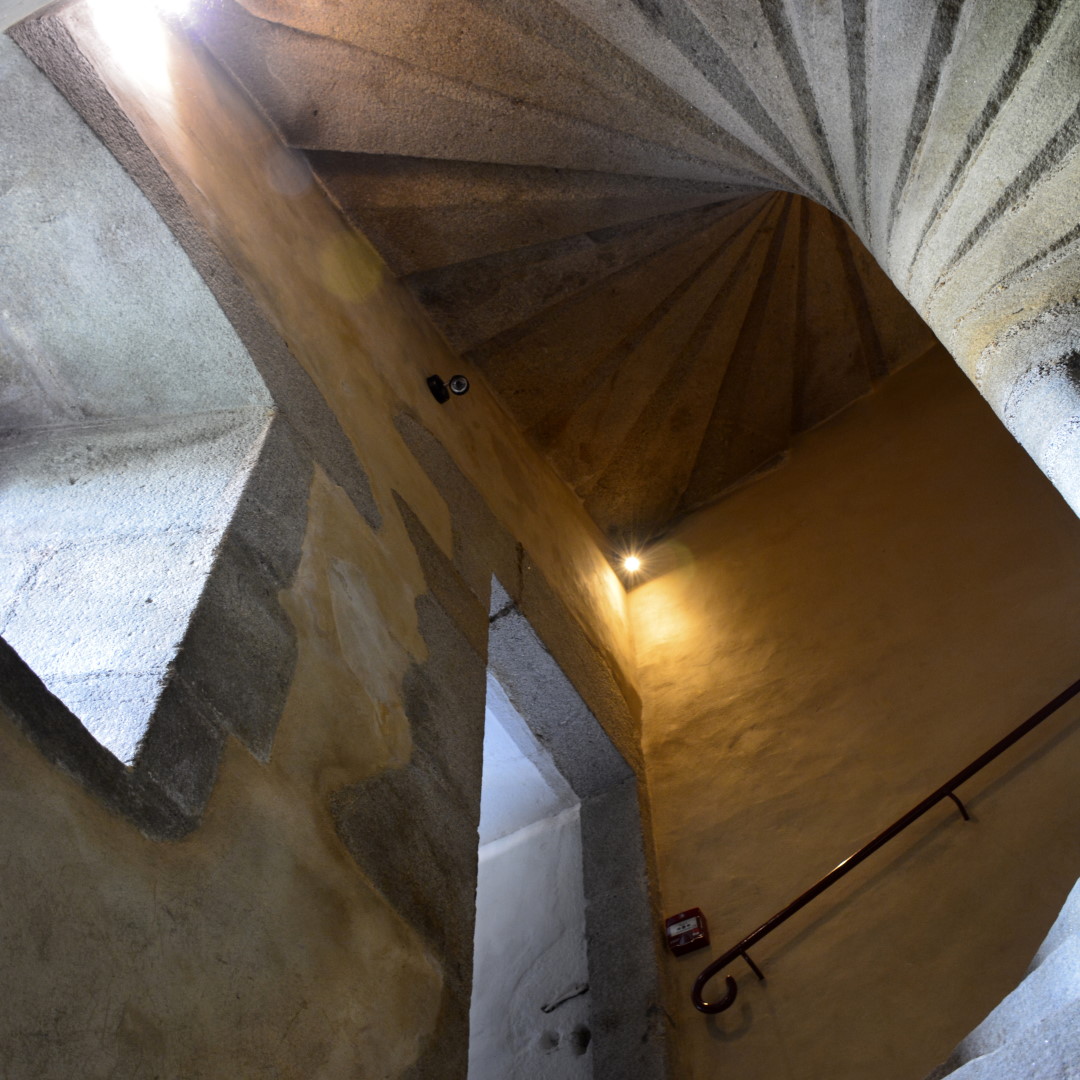
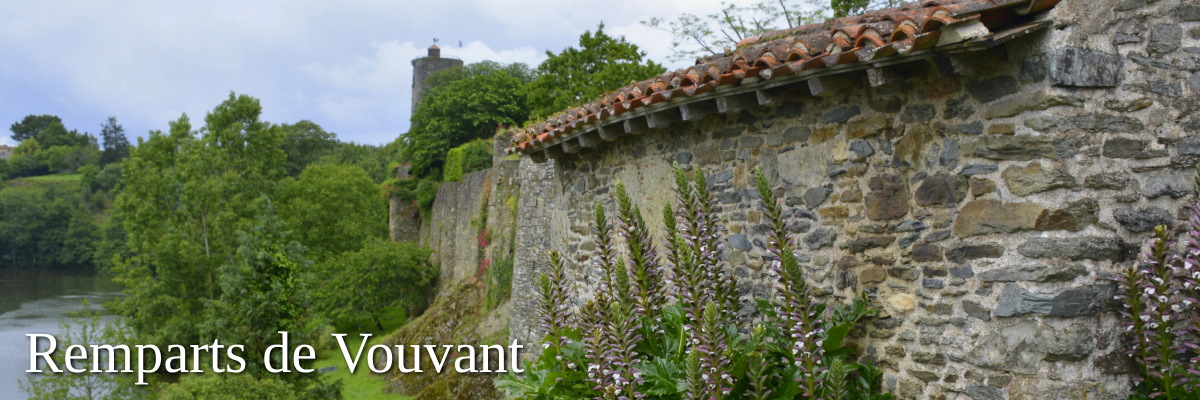
1000 years of history
At the beginning of the 11th century it is said that the Count of Poitiers and Duke of Aquitaine, William de Great, planned a fortified castle atop the mountainous ledge to allow him control over the Bas-Poitou area and the great forest on the other side of the river Mère. The very first structure was likely made of wood.
The name Vouvant appears to receive a first mention in a deed written by William the Great himself sometime around his marriage to Agnes of Burgundy anno 1019, a well-educated Lady who later ruled the area on behalf of their son William VII.
From this deed, it can be surmised that both the first castle and the church were already present and that a much larger fortification to surround Vouvant was in the works.
In 1241 a battle ensued between Geoffroy la Grand'Dent and French king Louis IXth (also known as Saint Louis) the castle was badly damaged but rebuilt.
The tower of Mélusine in the heart of the village dates from that period. Much of the castle was destroyed by fire in the The Wars of Religion but the ramparts are intact.
This history was abbreviated from our article about Vouvant. Read it here.
Open – year-round
GPS Coordinates – 46° 34′ 20″ nord, 0° 46′ 11″ ouest
Parking – *by car: parking is available in the heart of the village beneath the Tour de la Melusine, as well as by the church.
Events – medieval festival in summer, music festival 3rd weekend June
Market – July through August on Monday mornings
More area sightseeing – the Forest-Massif de Mervent a huge oak tree forest with zoo, amusement park, rock climbing, boating, fishing, hiking, mountainbiking etc.


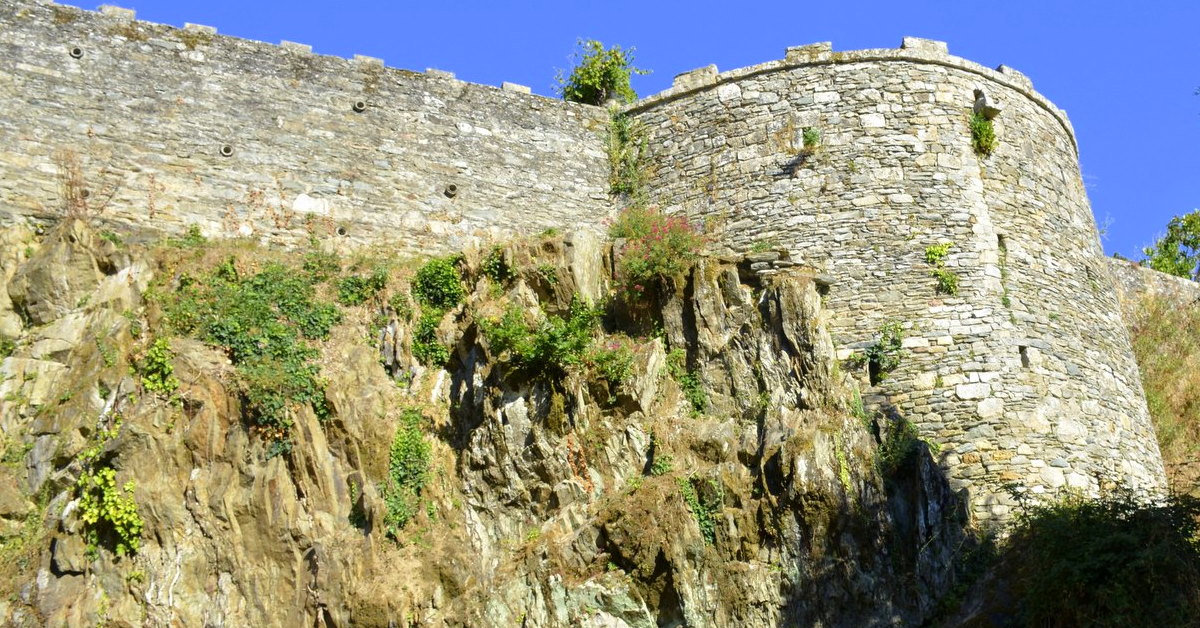
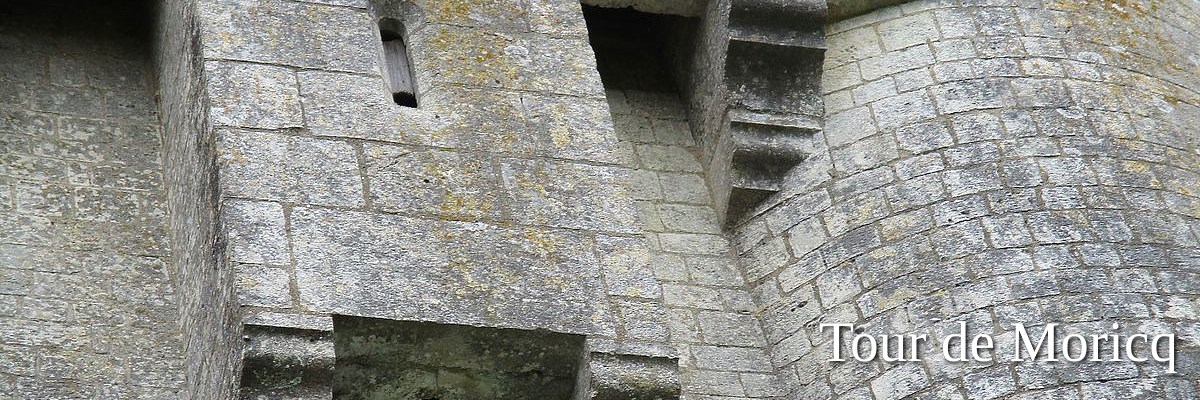
The cube in south-west Vendée
Records show the presence of fortifications in Moricq since the 11th Century (1090AD) with Giraudus de Morech the first known Lord of Moricq. Originally it would have been a mound with a wooden donjon at its center, and possibly surrounded by a mote.
A stone castle may exist since the 12th Century as there are Romanesque vaults located underneath the older current tower. Evidence shows this donjon may have been round.
The current square tower was built anno 1435 by Régnault Girard, mayor of La Rochelle.
The purpose of the building was to protect the port of Moricq which exported wine, grain and timber to La Rochelle and Bordeaux, Later it was used for grain storage.
The outside of the old donjon stands strong but the inside has literally crumbled floor by floor into the sub terrain.
The beautiful mantles on each floor are a stacked testament to the people who stood by the roaring fires that once upon a time breathed life and warmth through the castle.
Open – 1st July - 31st August website
Tip – Free access; picnic area
Address – Rue de la Barboire, 85750 ANGLES
GPS coordinates – 46° 24′ 18″ N, 1° 22′ 37″ O; enter your location
Nearby sightseeing – Dolmen and menhirs
Images – by Jujubier, Éduarel, and
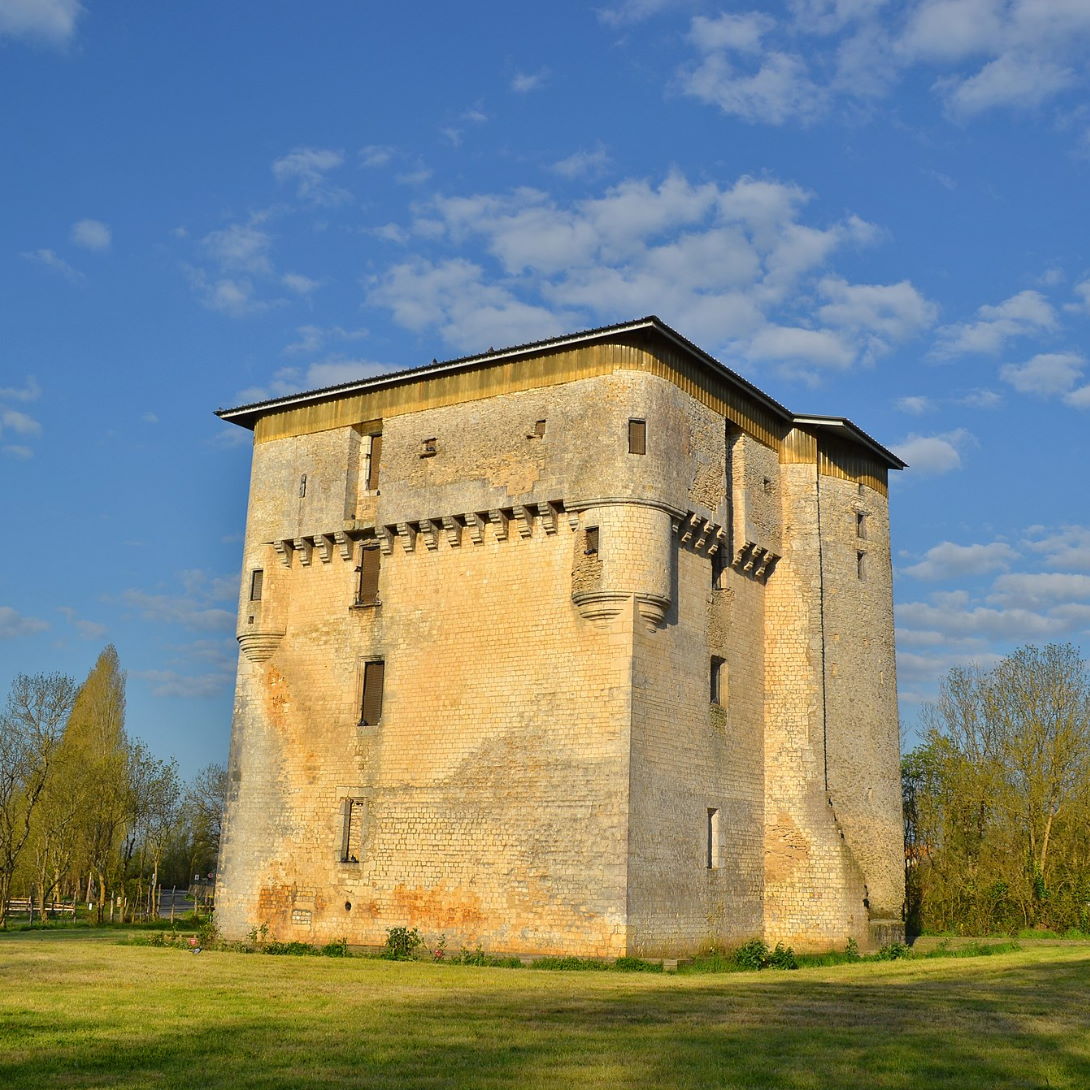
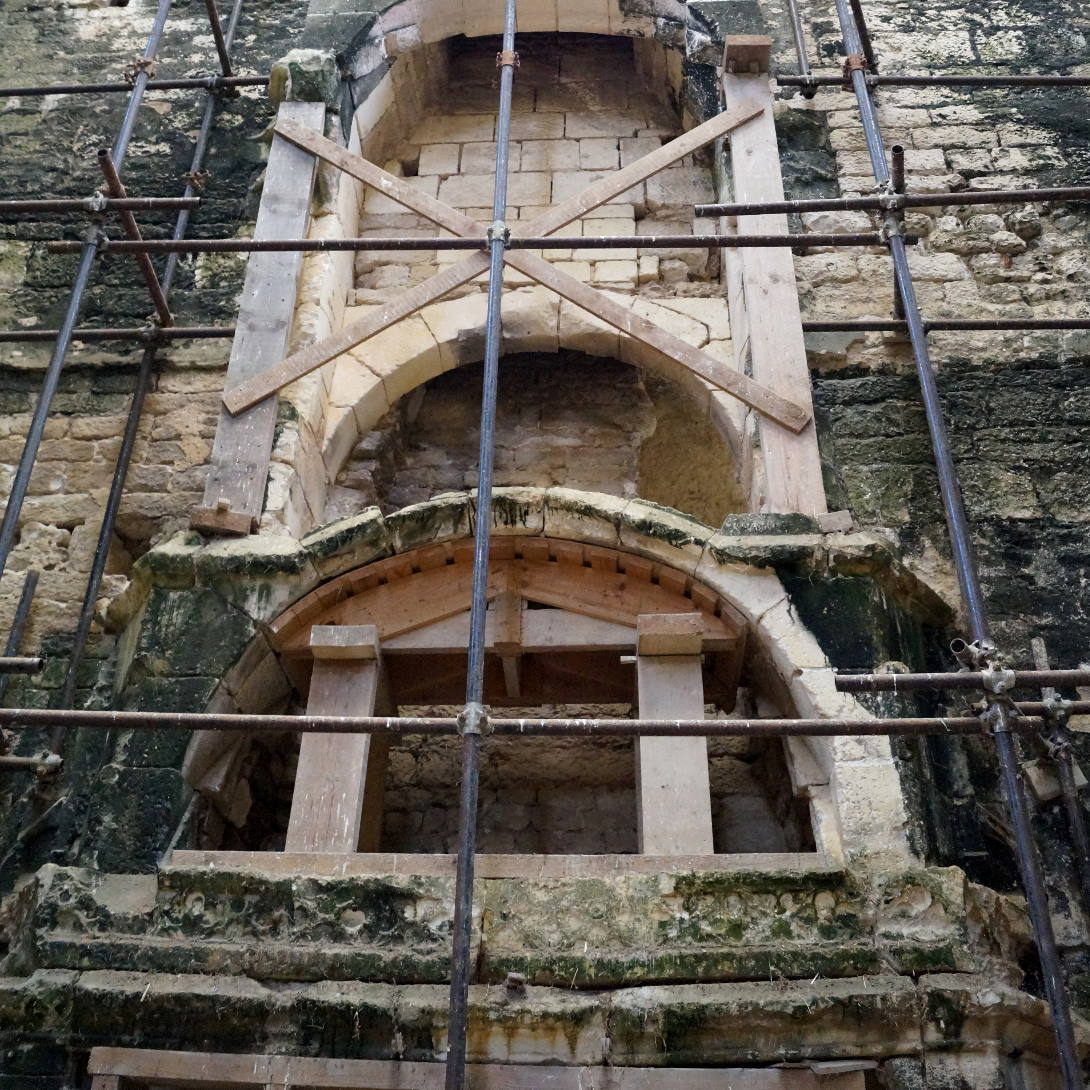
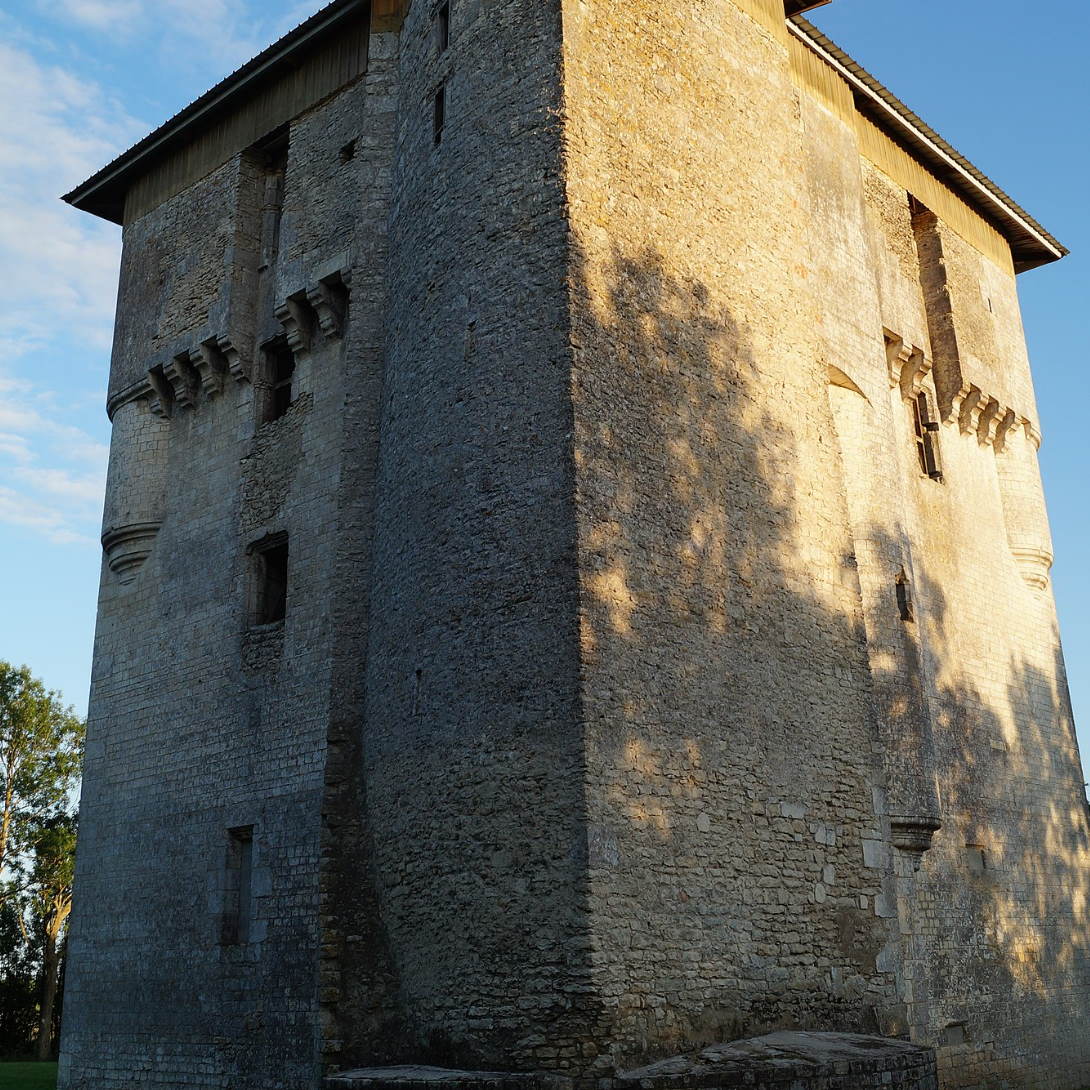
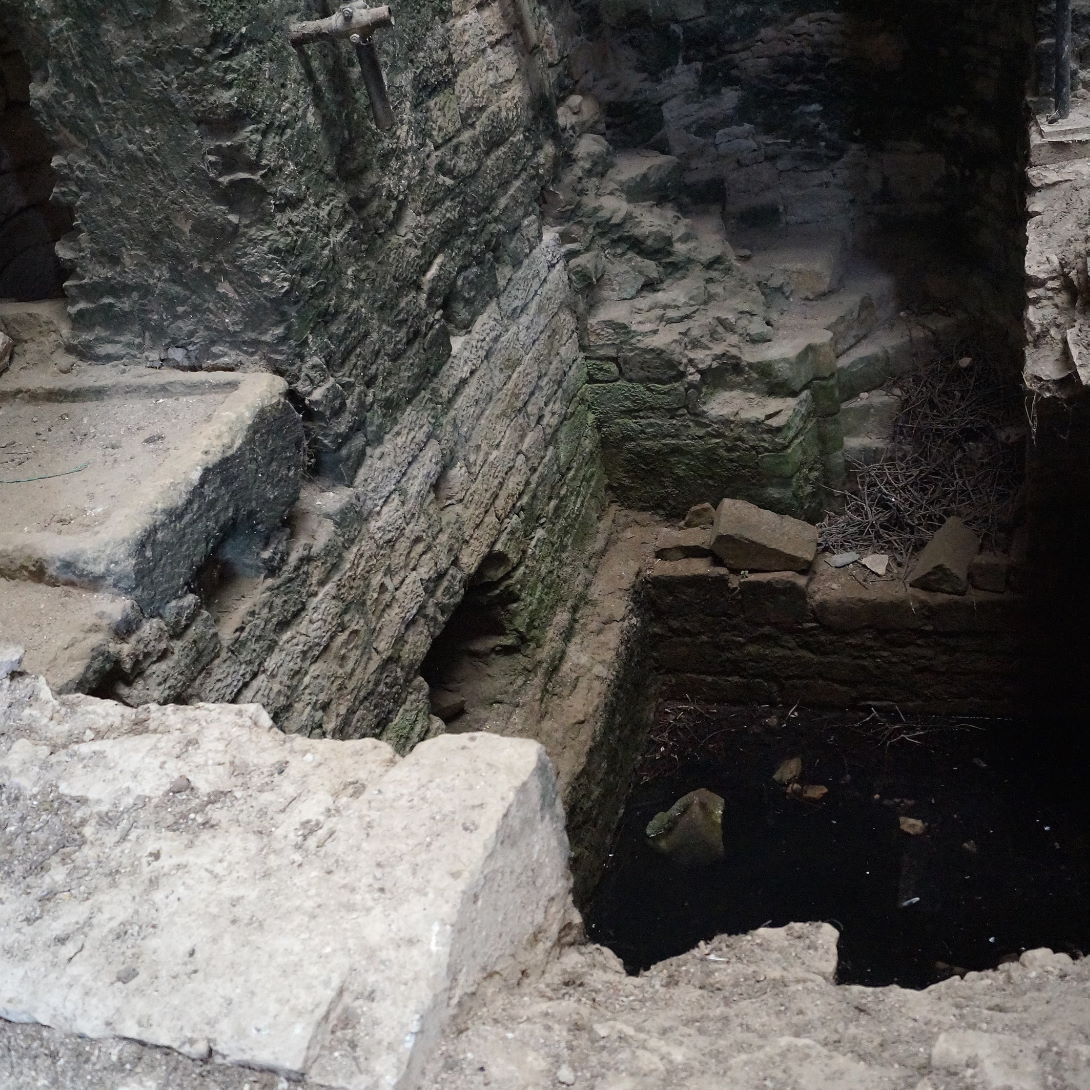
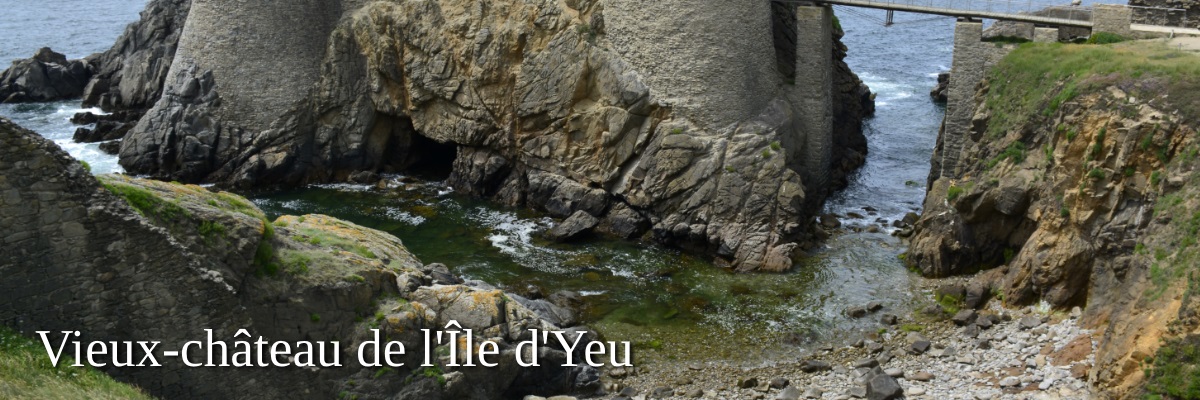
Castle with its feet in the Atlantic Ocean
Where a stunning nature reserve and the Atlantic ocean meet on the island of Yeu (Ile d'Yeu), stands the ruin of le Vieux-Château. Under threat from foreign invasions, this castle was built in the 14th Century by Olivier IV de Clisson to protect the people of Ile d'Yeu.
The longest battle for the castle was actually won by a famous English pirate, Robert Knolles. The mysterious cave beneath the castle does intrigue!
Not only did he seize the castle, he occupied it for thirty-seven years until 1381, when île d'Yeu was reclaimed by by Olivier V de Clisson in the battle of Poitou.
The strategically important castle was once again threatened in 1550 when several thousand Spanish soldiers attacked it from the north. Local soldiers kept it safe. However, the later addition of smaller forts along the French coast proved a more effective strategy for the country. As a result, this amazing castle was one of many demolished at the end of the 17th century by order of Louis XIV, the Sun King.
Pop Culture – Look for the chateau in Hergé's famous Tintin comic book The Black Island.
Open – Viewable year-round. Restricted Tour schedule
Tip – not easily accessible for less mobile people
Tip too – Perfect for picnics and photographic opportunities.
Address – accessible by ferry, then follow signs.
GPS coordinates – 46°43′30″N 2°20′49″W;
Directions – from Port Joinville
Nearby sightseeing – a beautiful 9 km island to explore by bicycle, scooter (recommended), or a Jeep tour
Images – by inthevendee.com
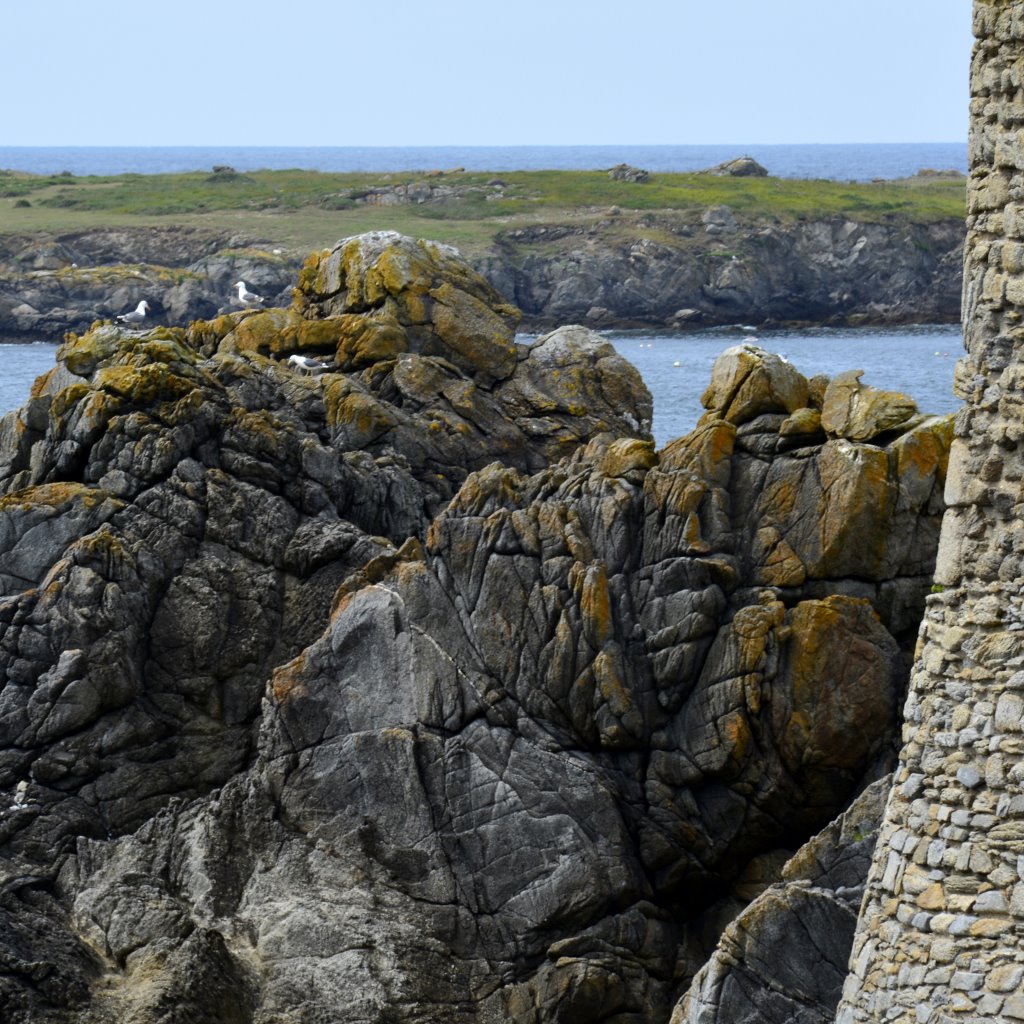

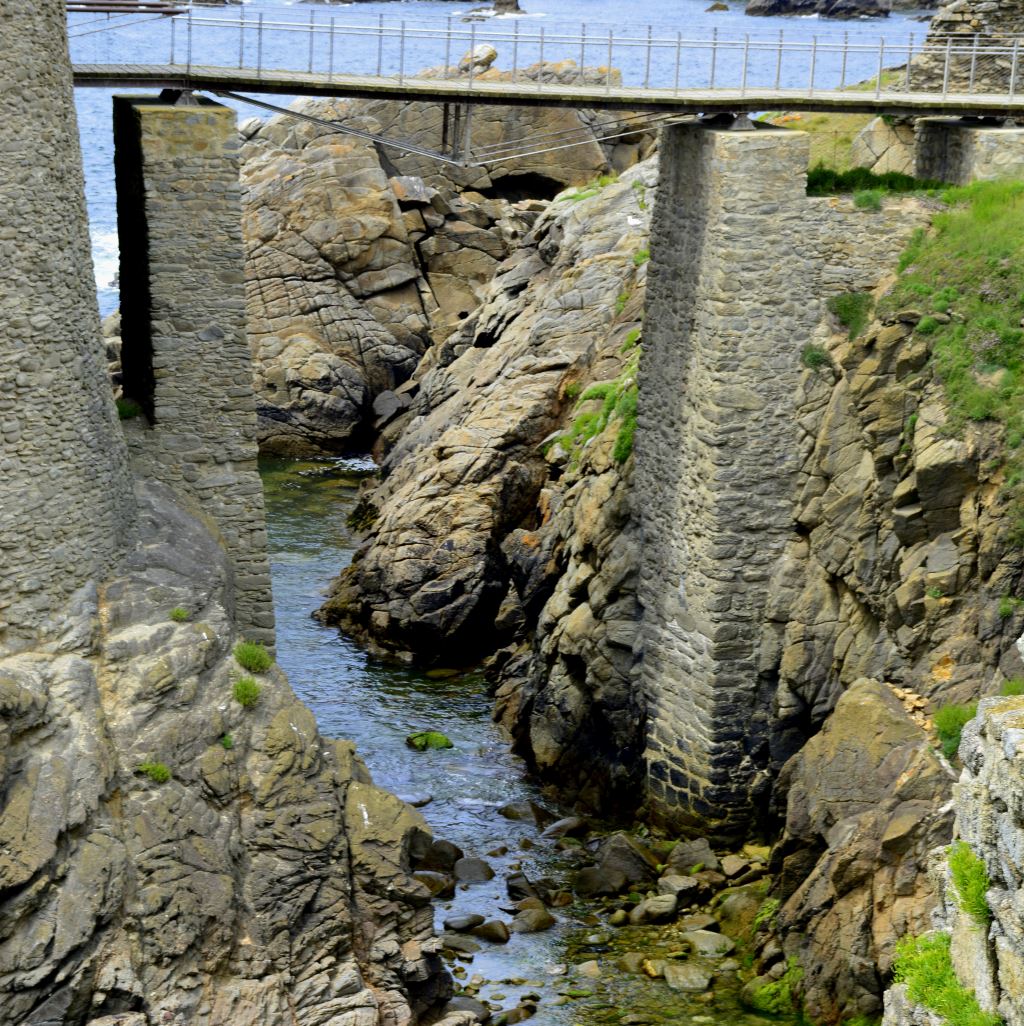
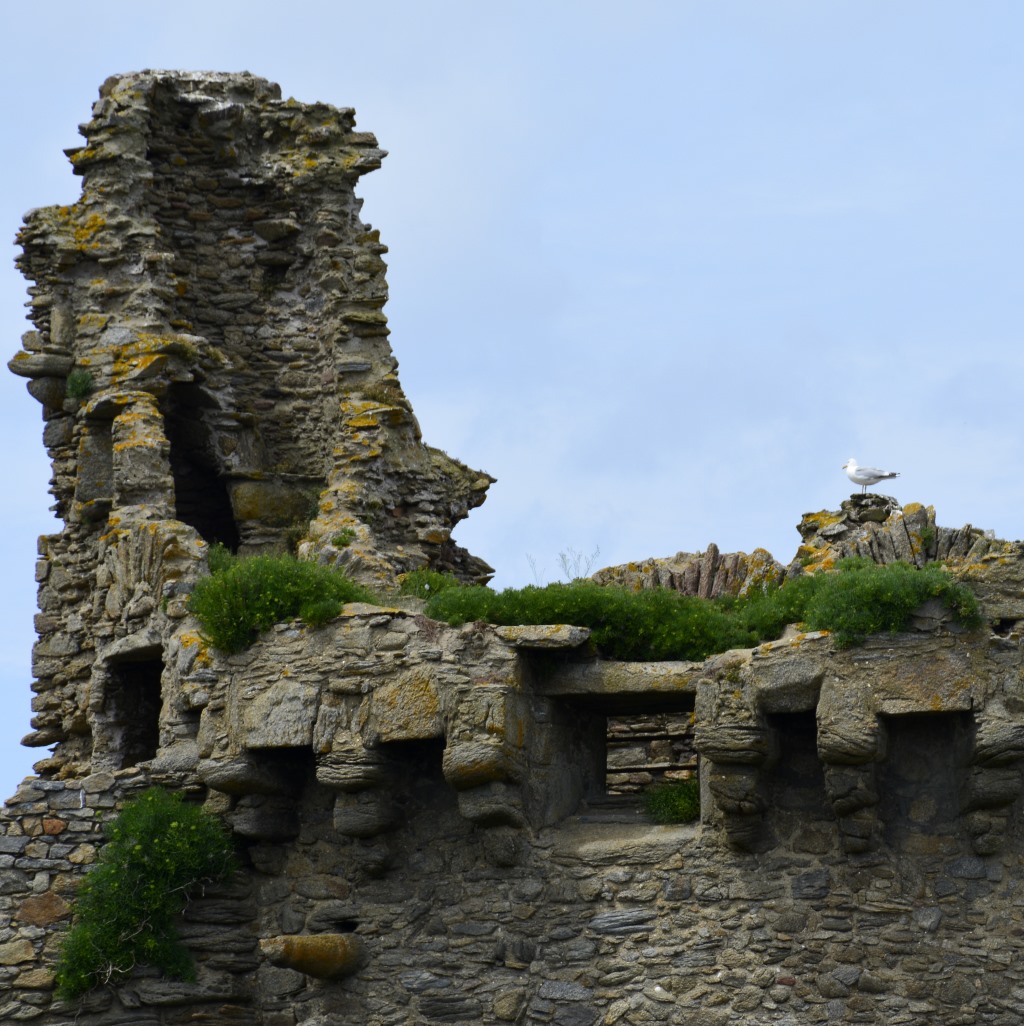
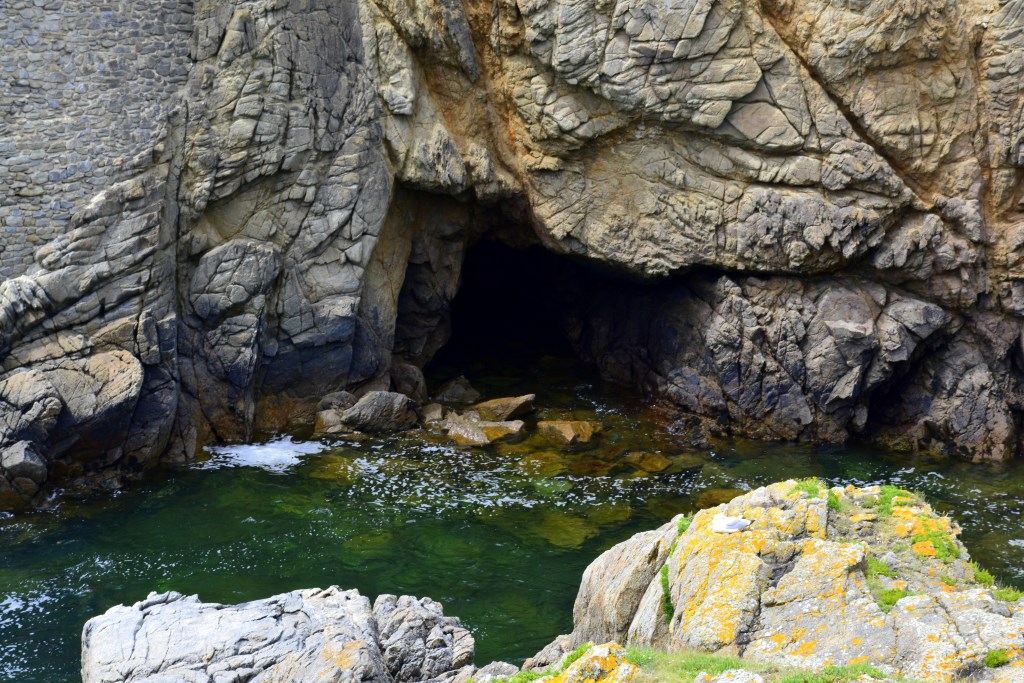

Castle hopping is an adventure
We're a little sad that not all castles in the Vendée are open to the public. We tend to follow any road sign that points to a chateau only to find it inaccessible. But we don't mind! It's not like we're going to stop looking for them!
That's part of the Vendée adventure!
There are several castles for sale in our beautiful corner of France. If you would like to venture into the footsteps of Escape to the Chateau DIY's Intrepid Chatelaine of Chateau de Bourneau located in the Vendéen countryside, let their renovation journey be an epic inspiration to you!
Please check back for updates to this article and, of course, if there's something you think we ought to see, leave a post or a comment in our Facebook group!
If you can't get enough of the château scene, find a list of our own Loire Valley favourites just a hop and a skip away to the north-east for easy day-trips!
Share this Post
